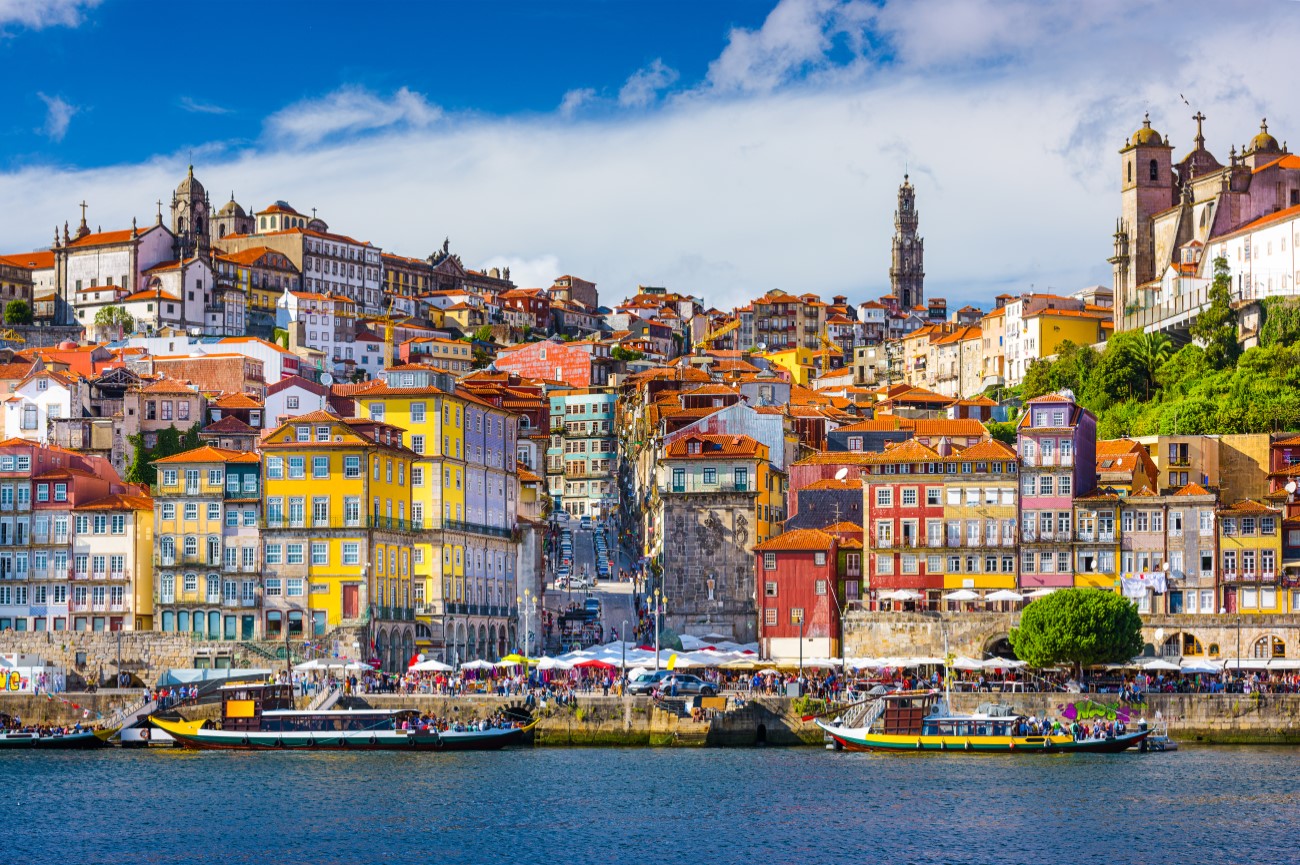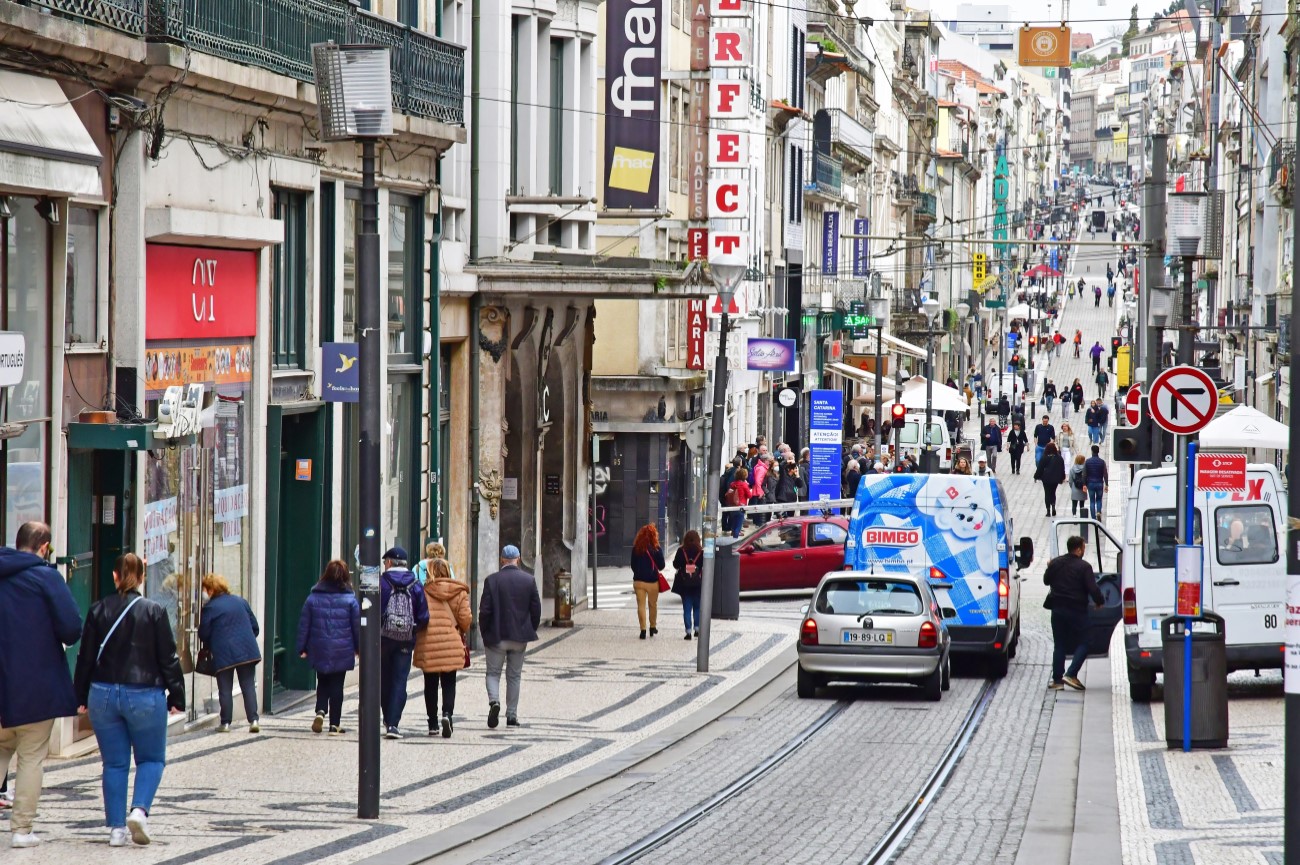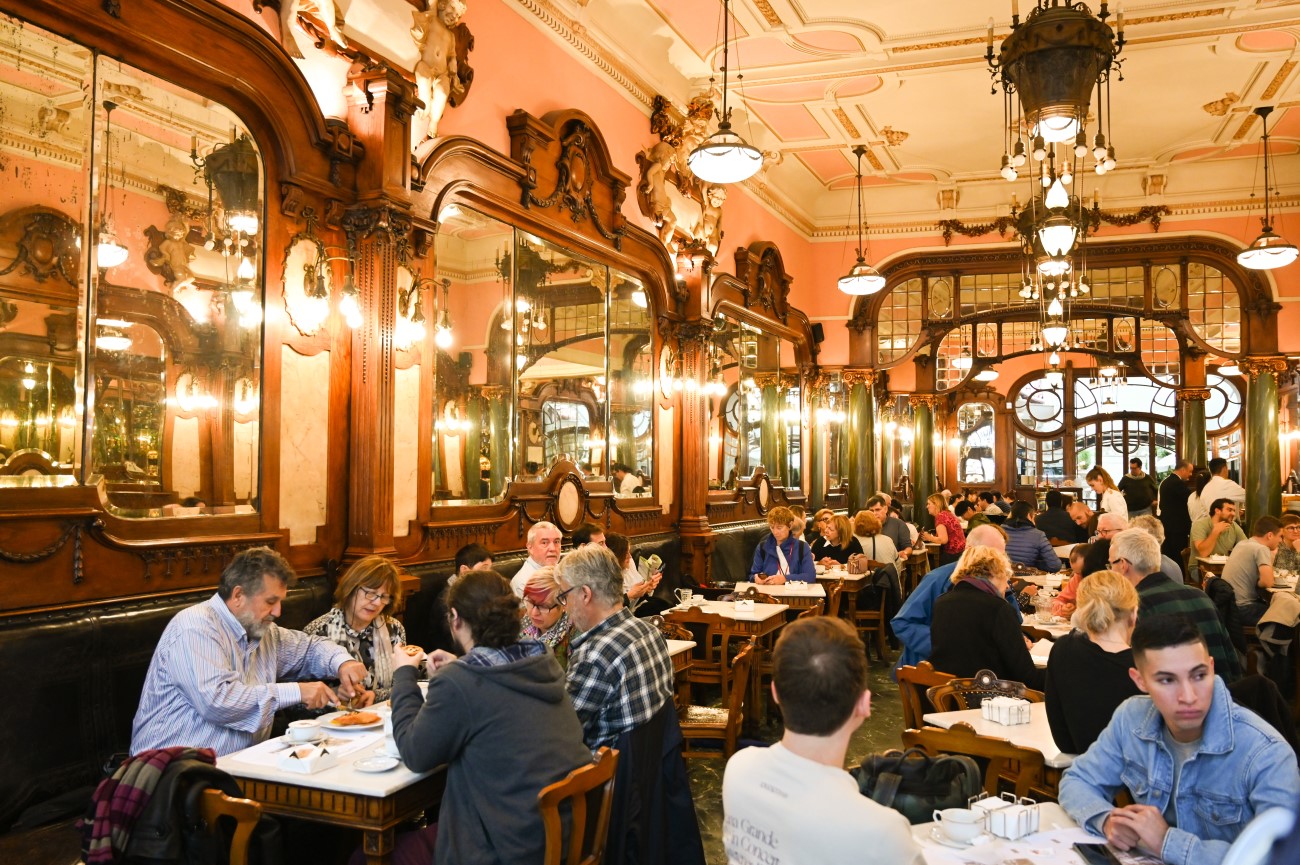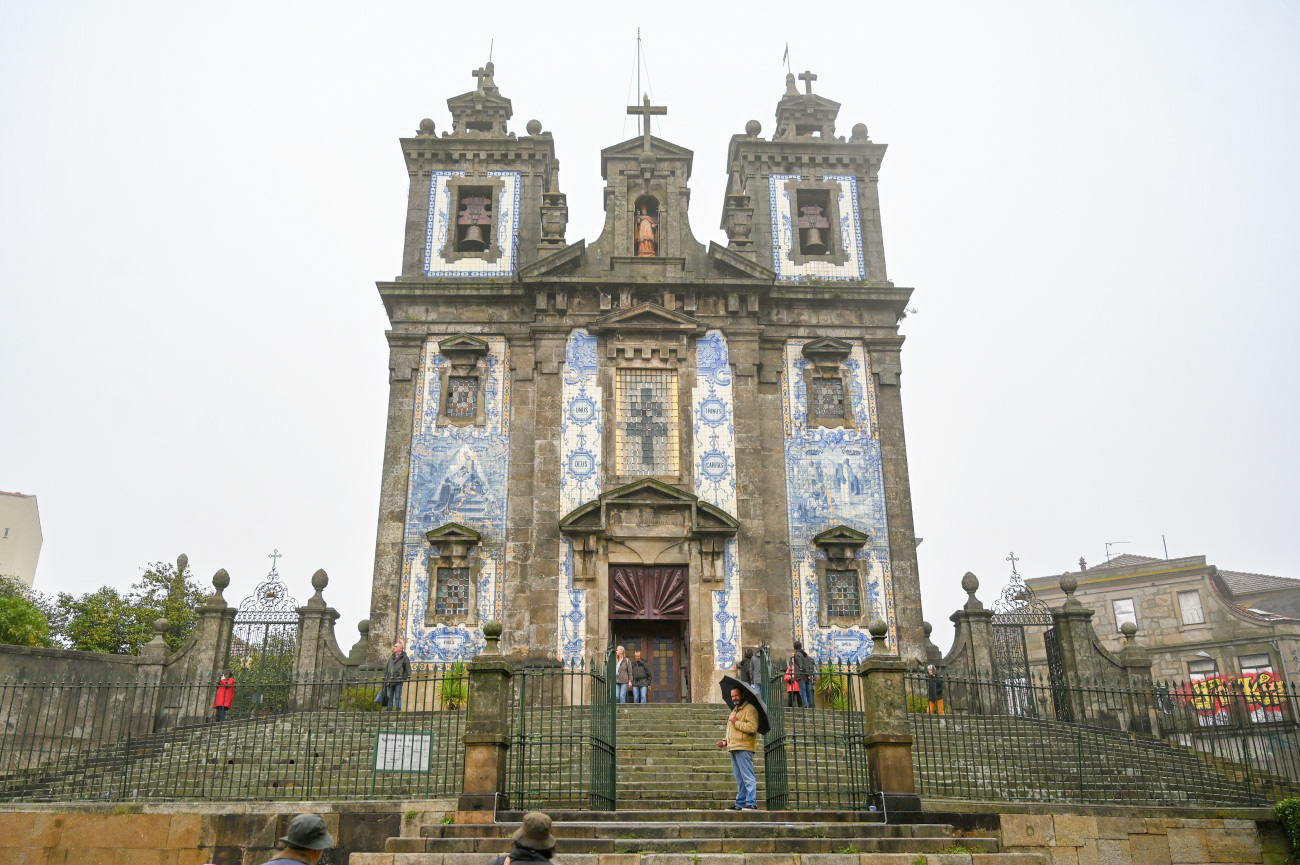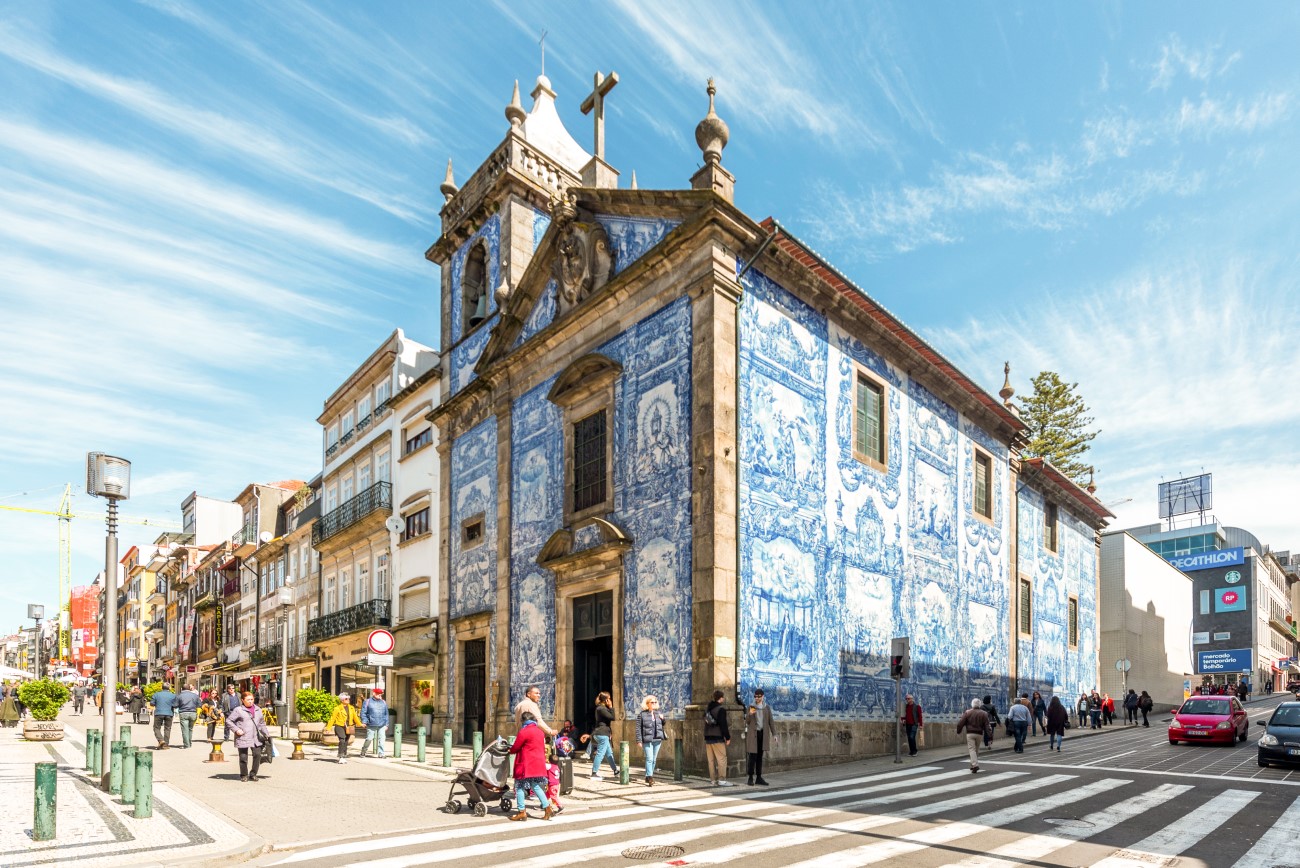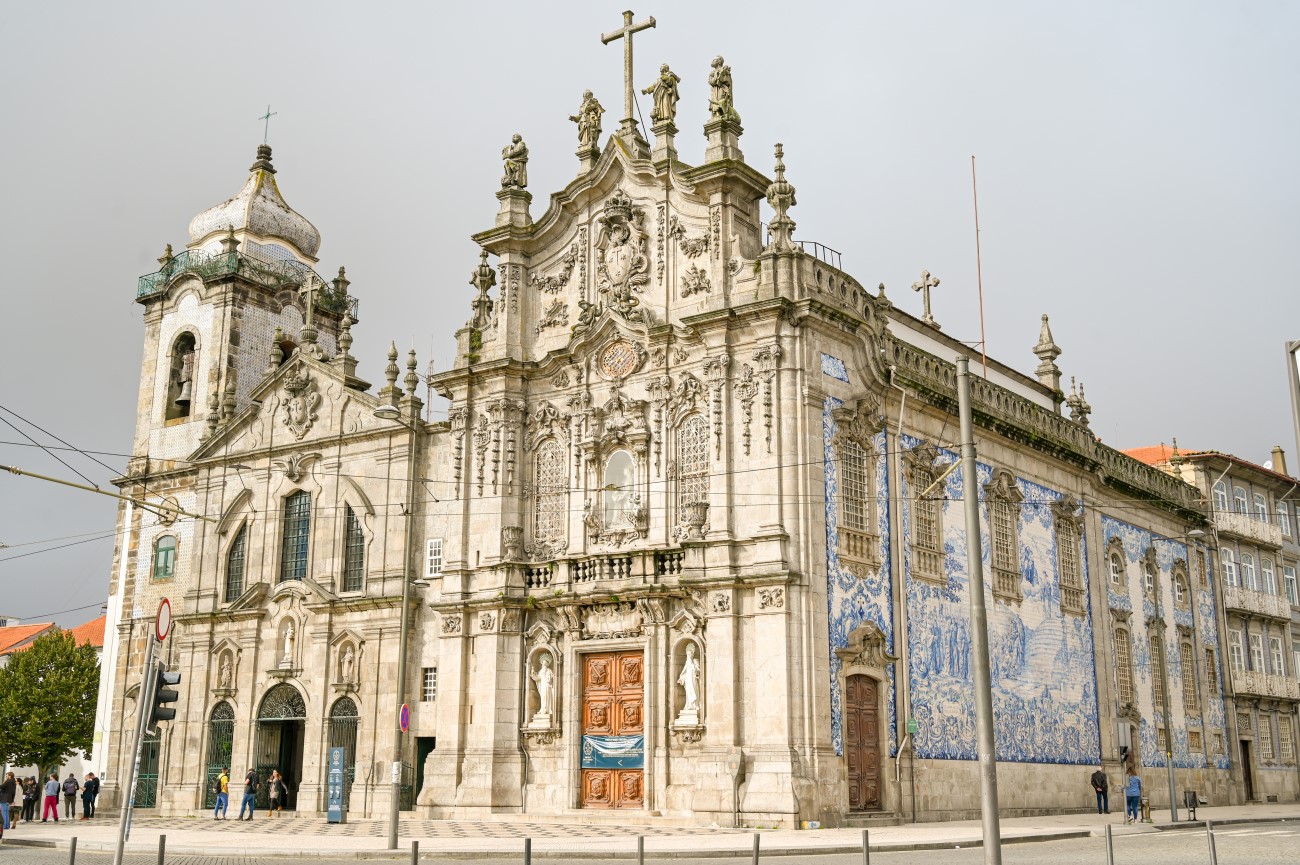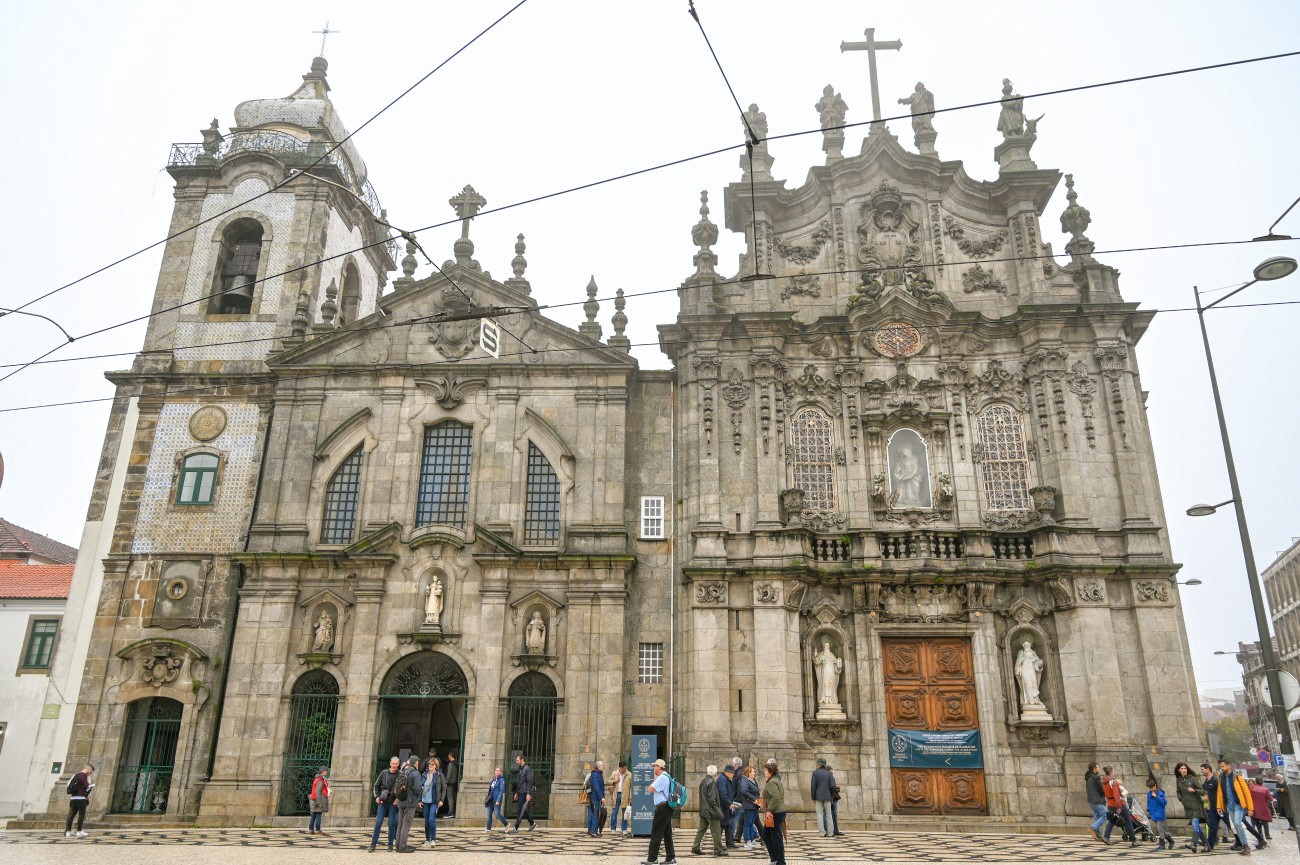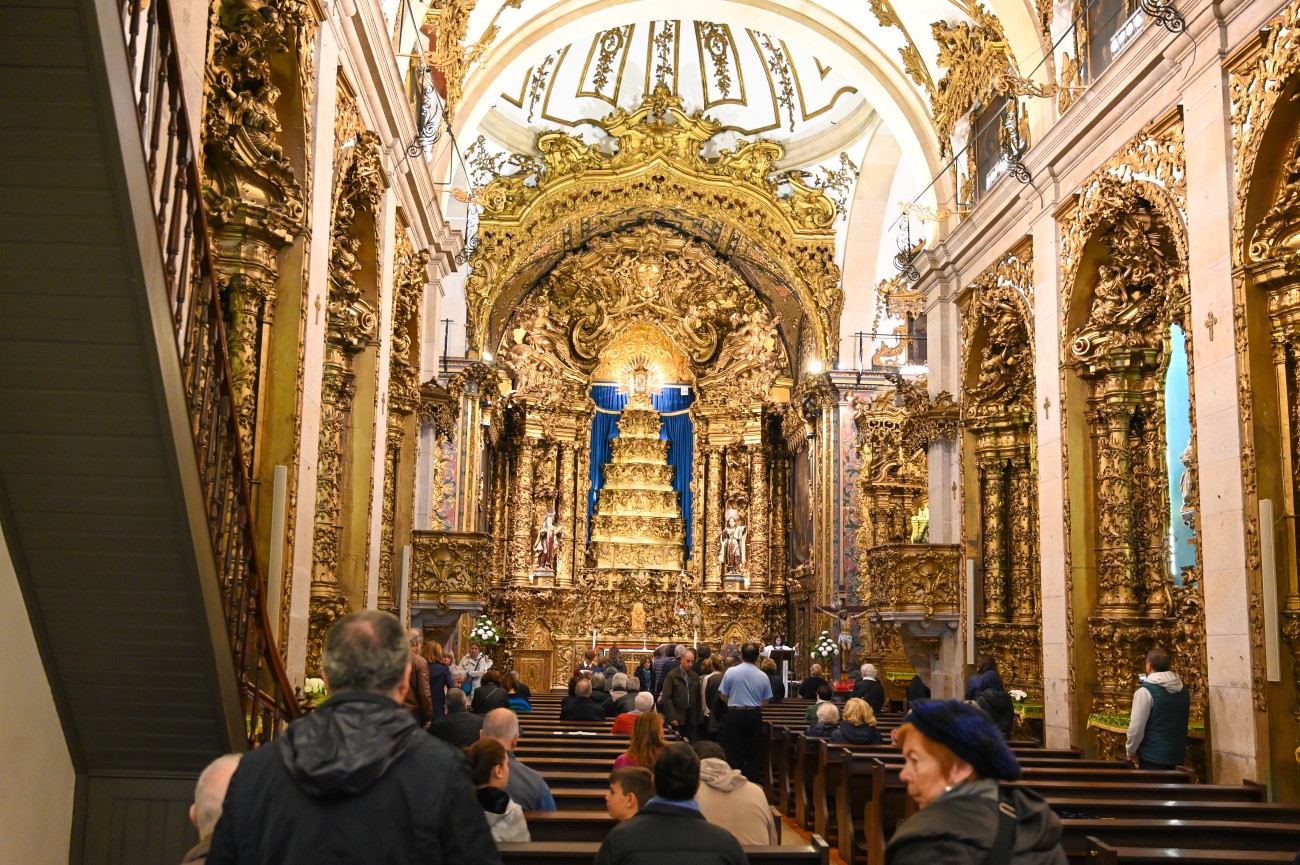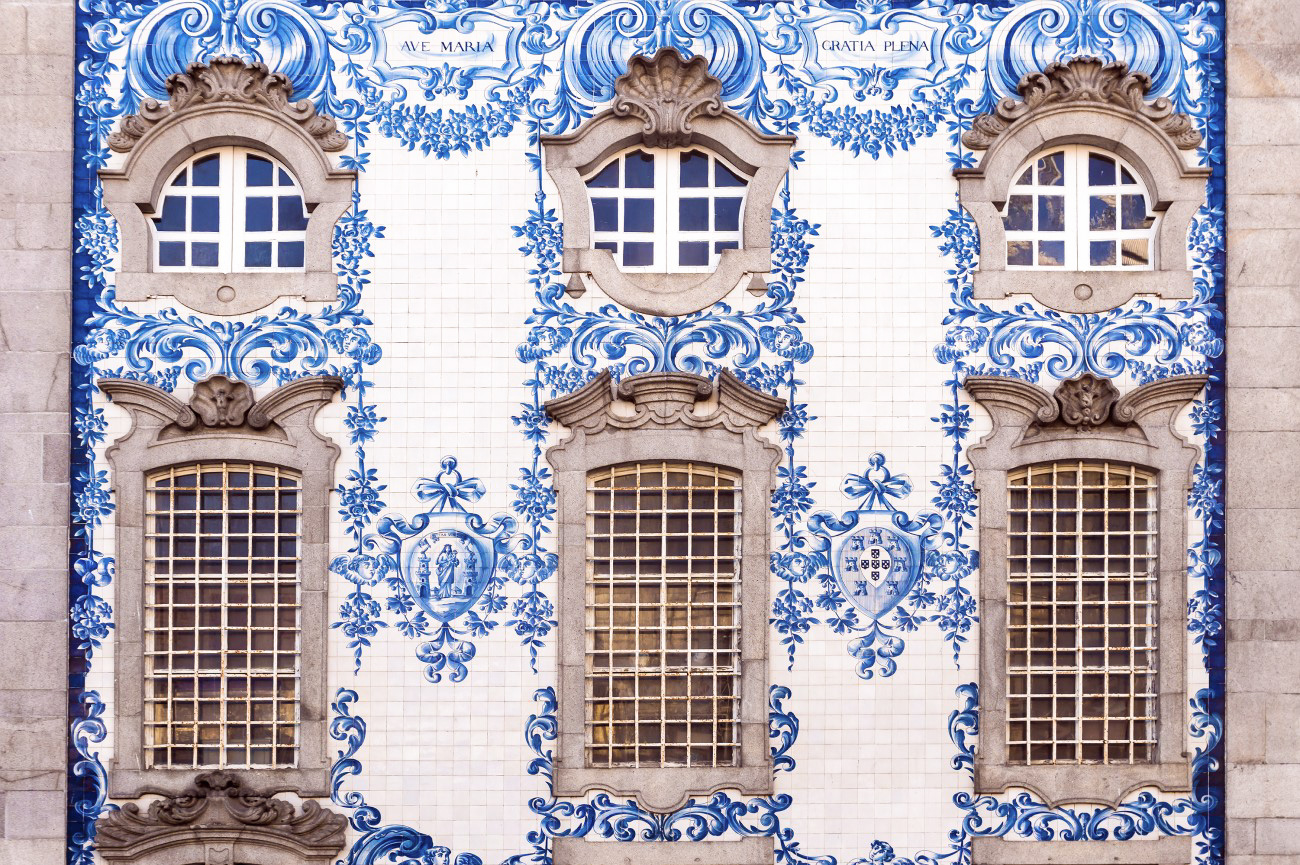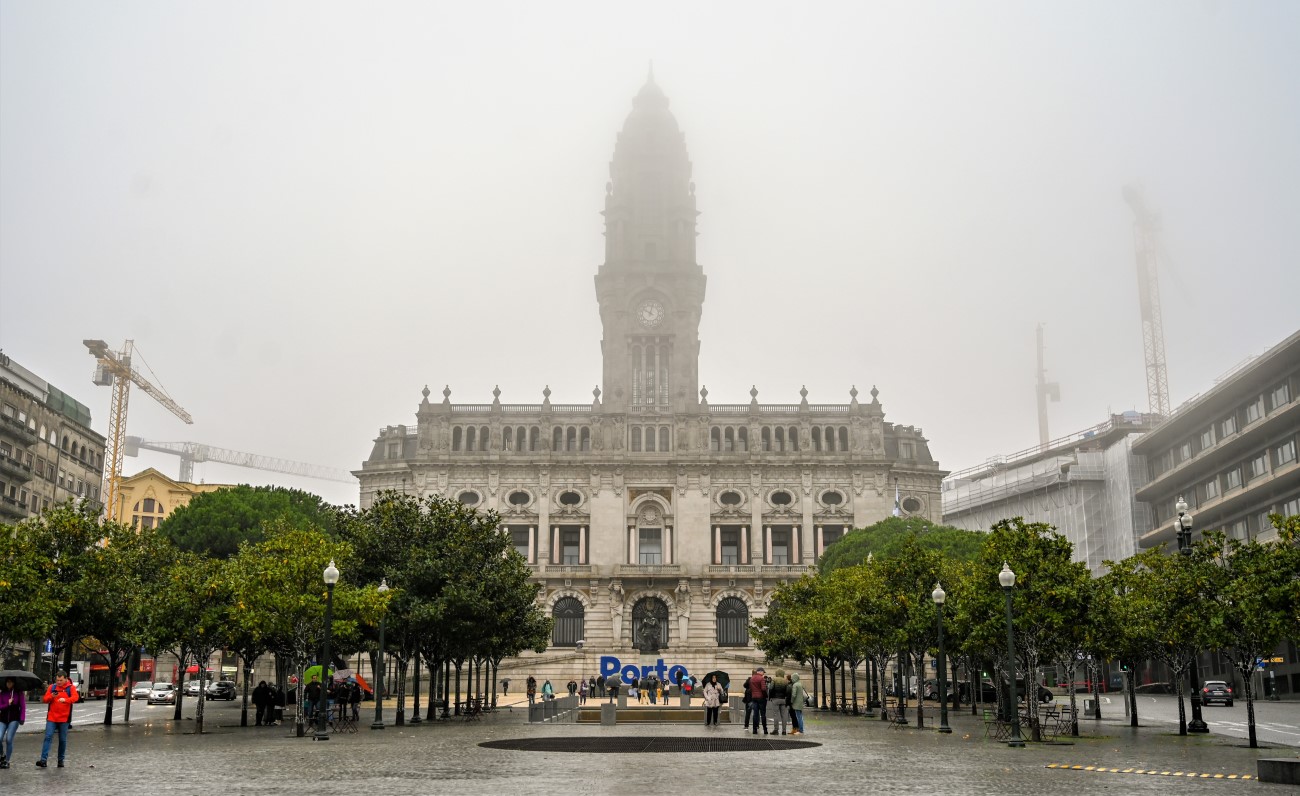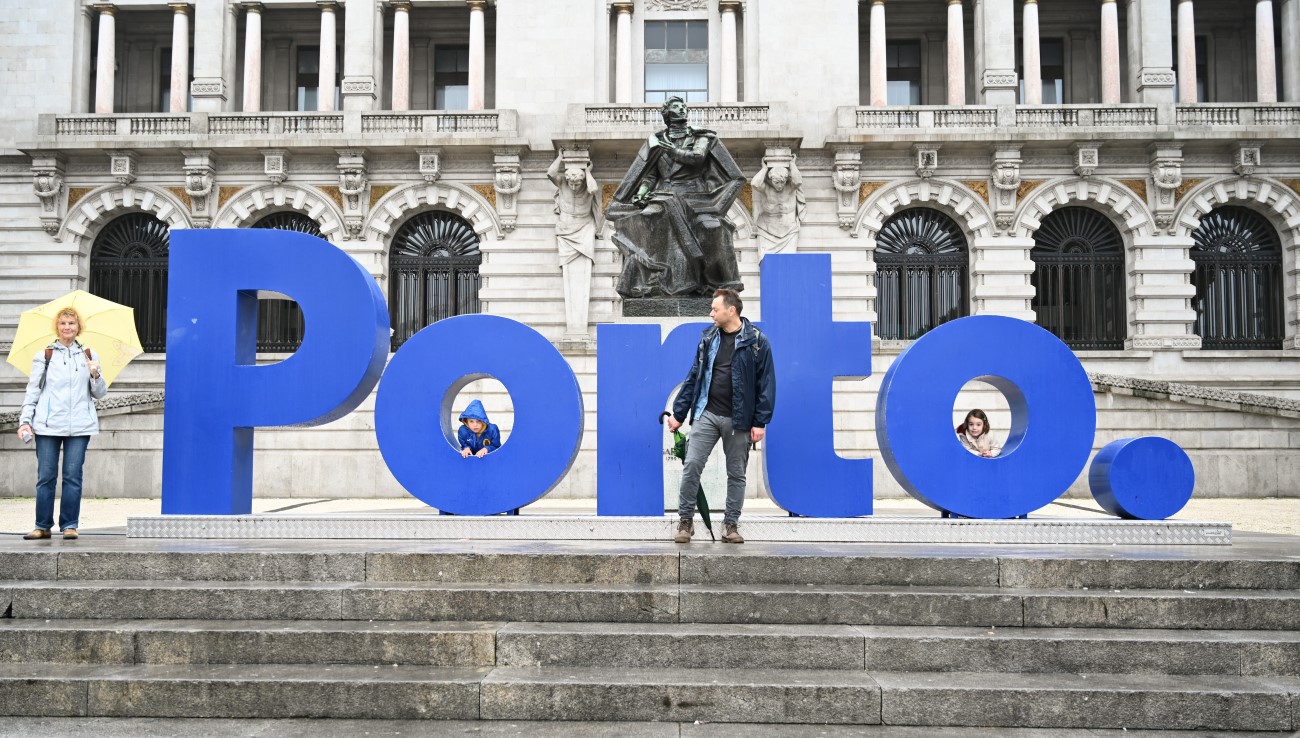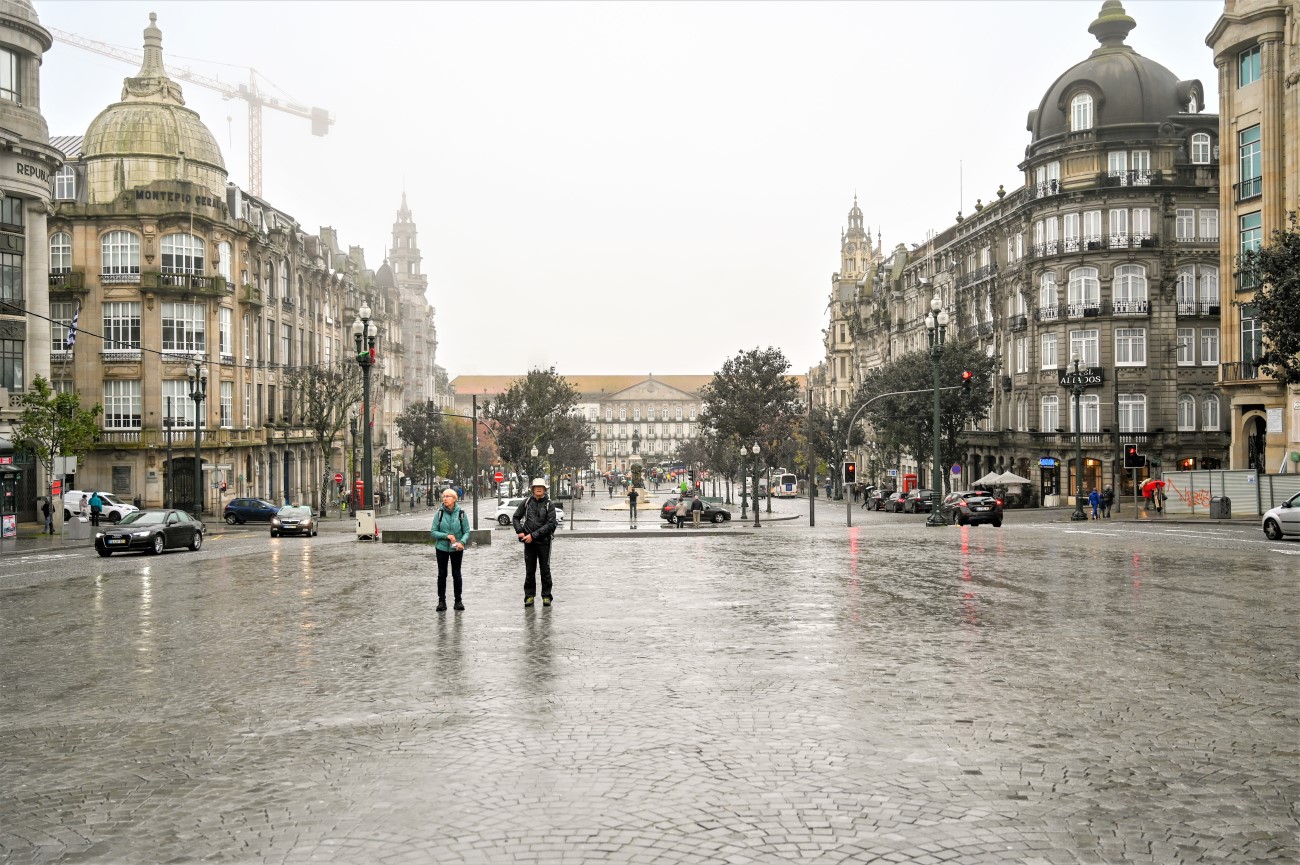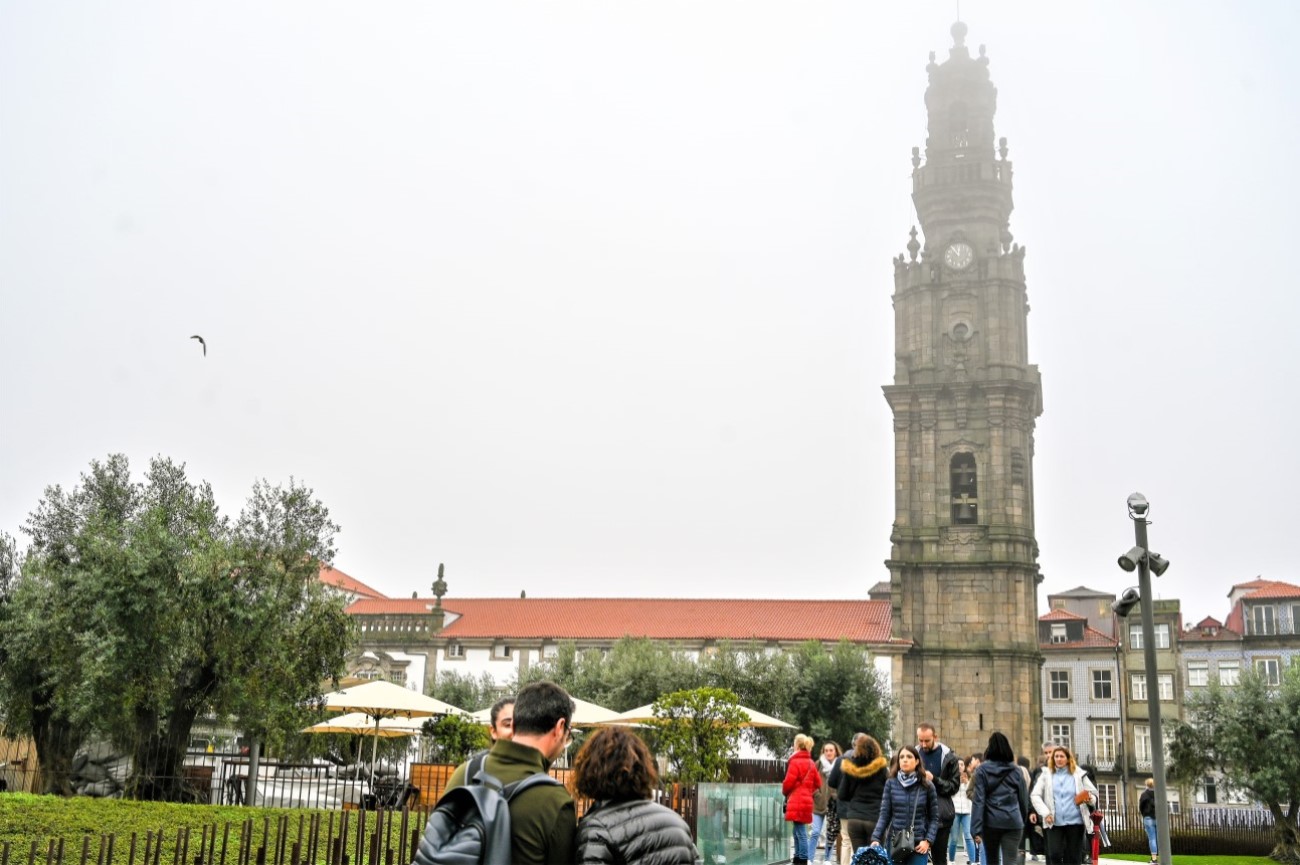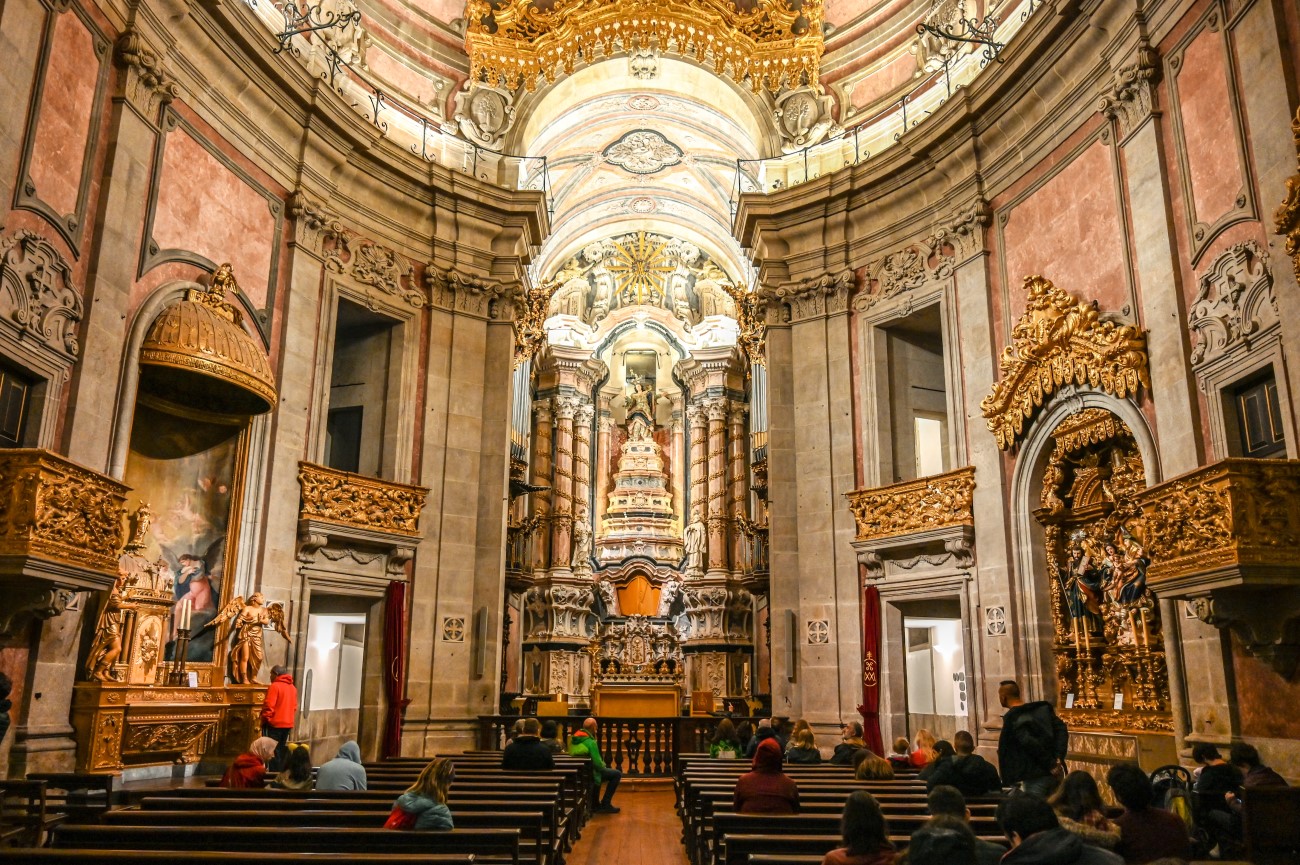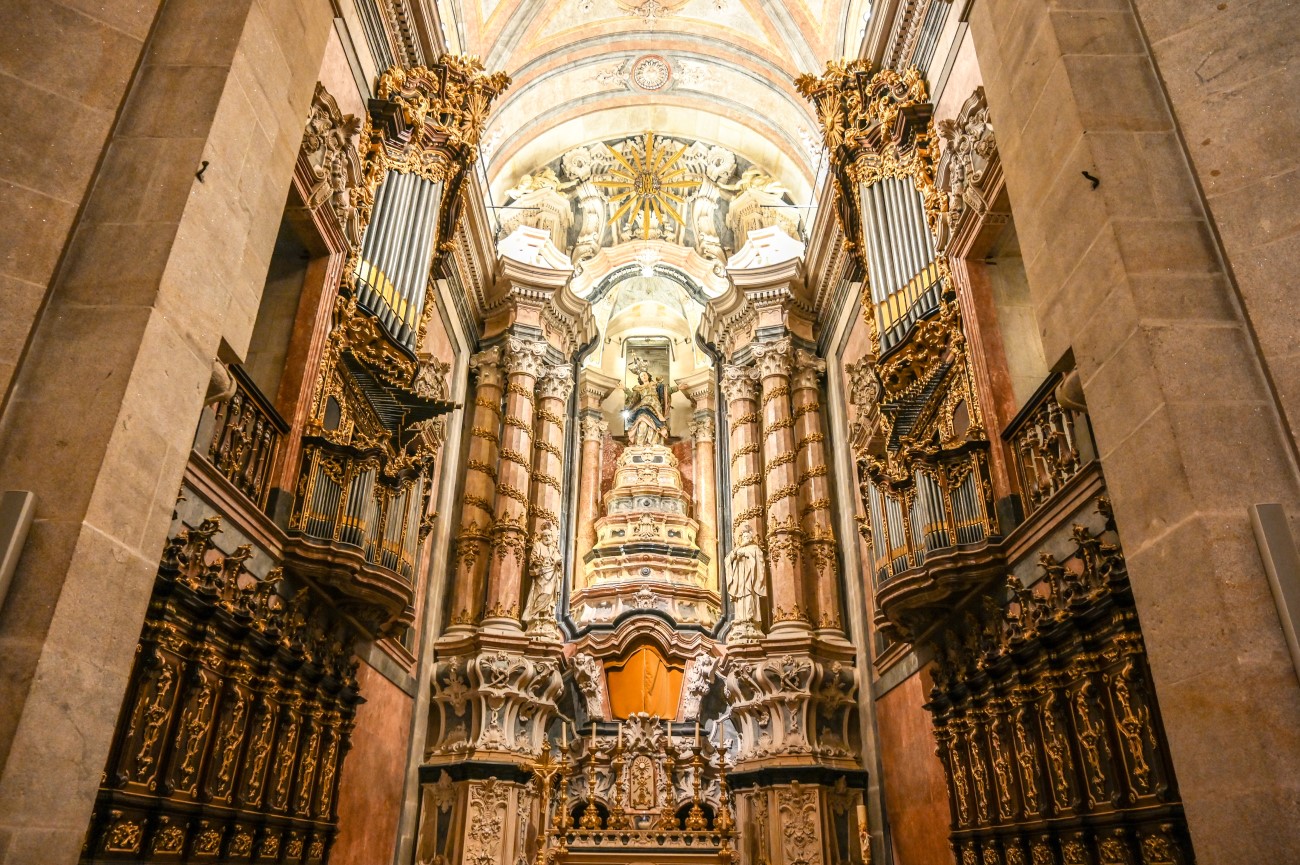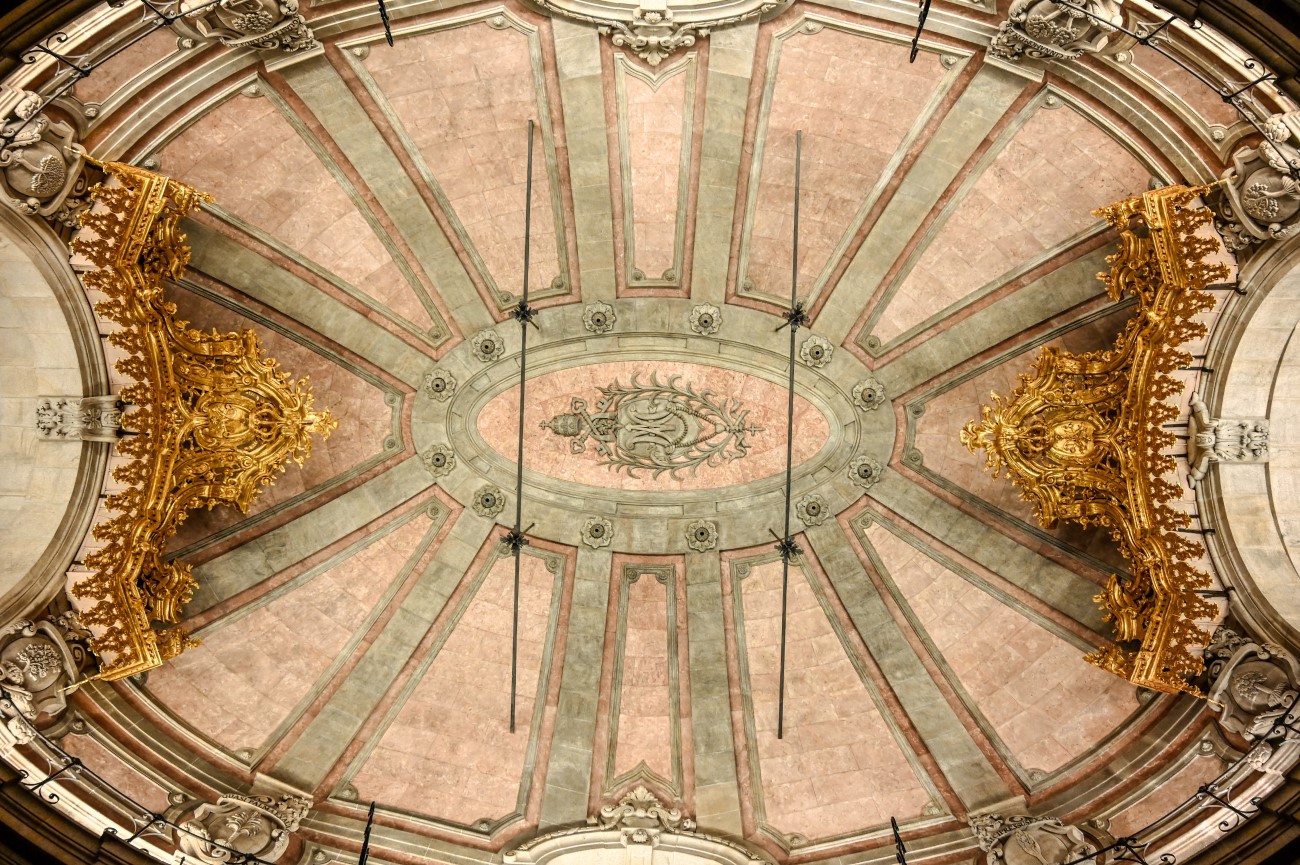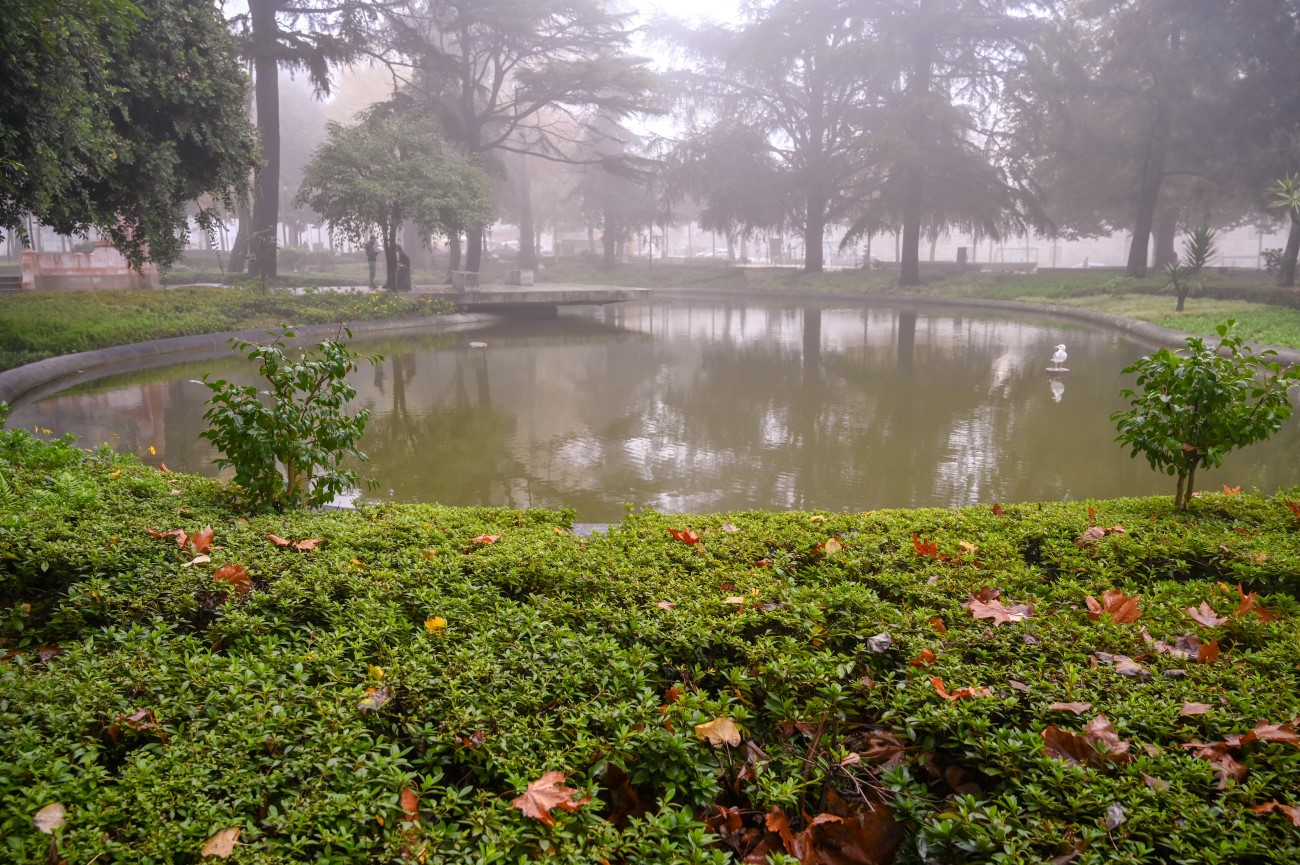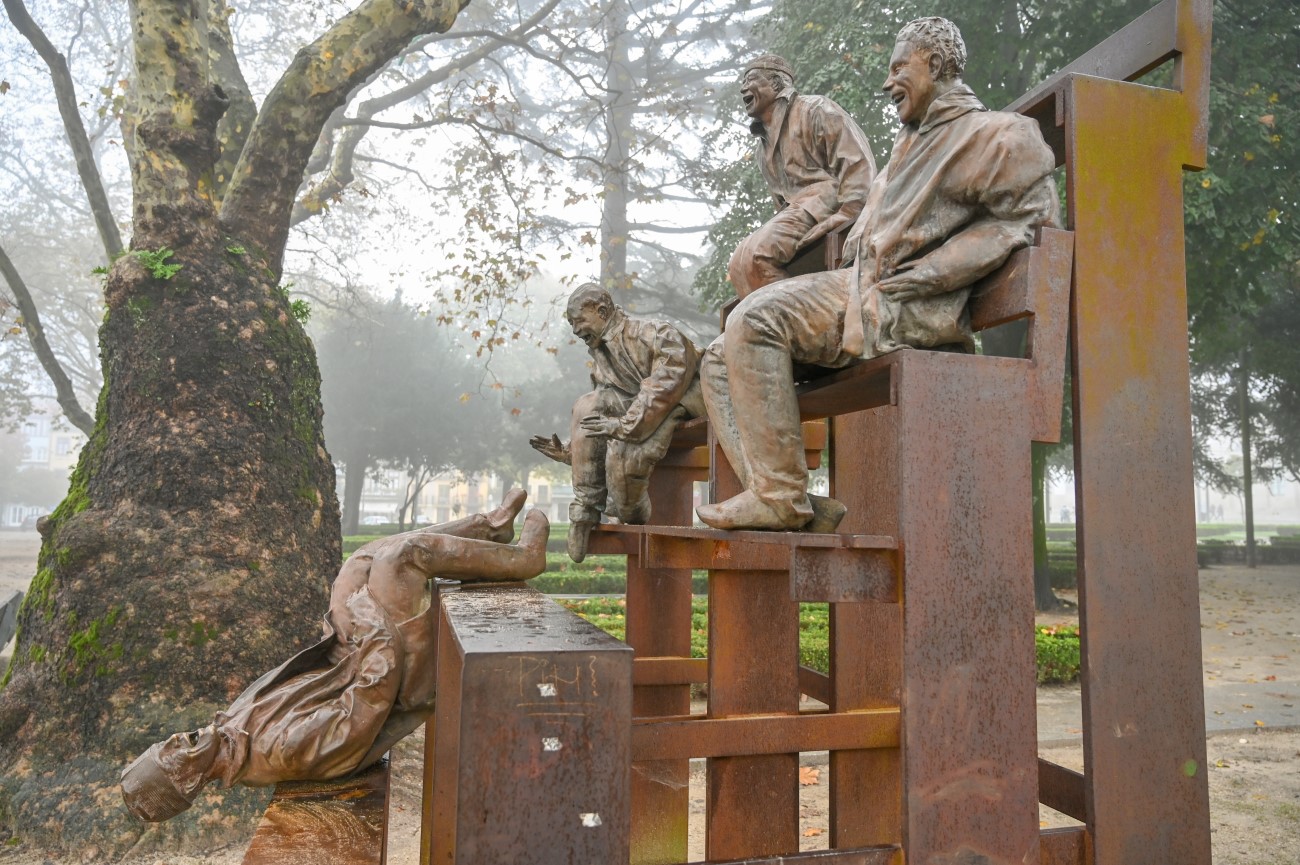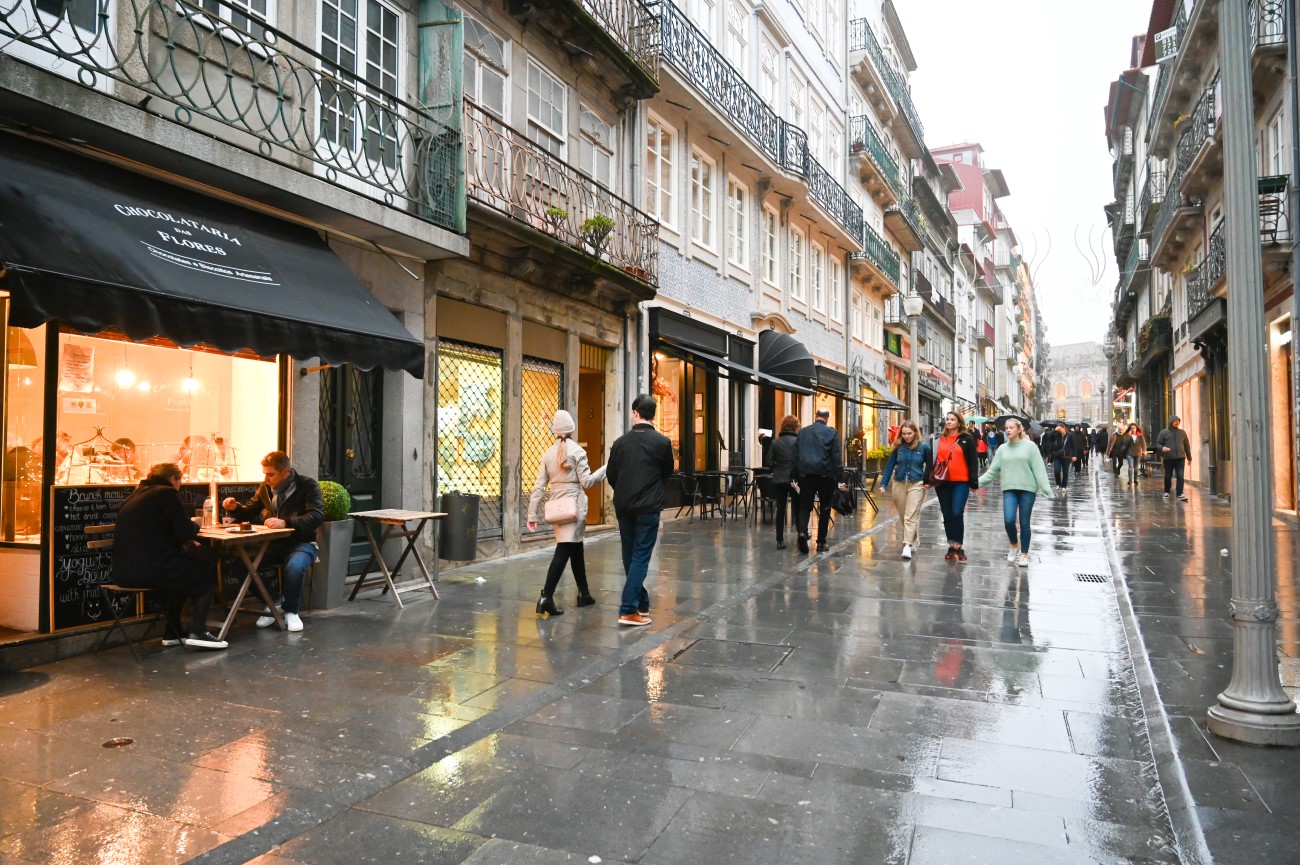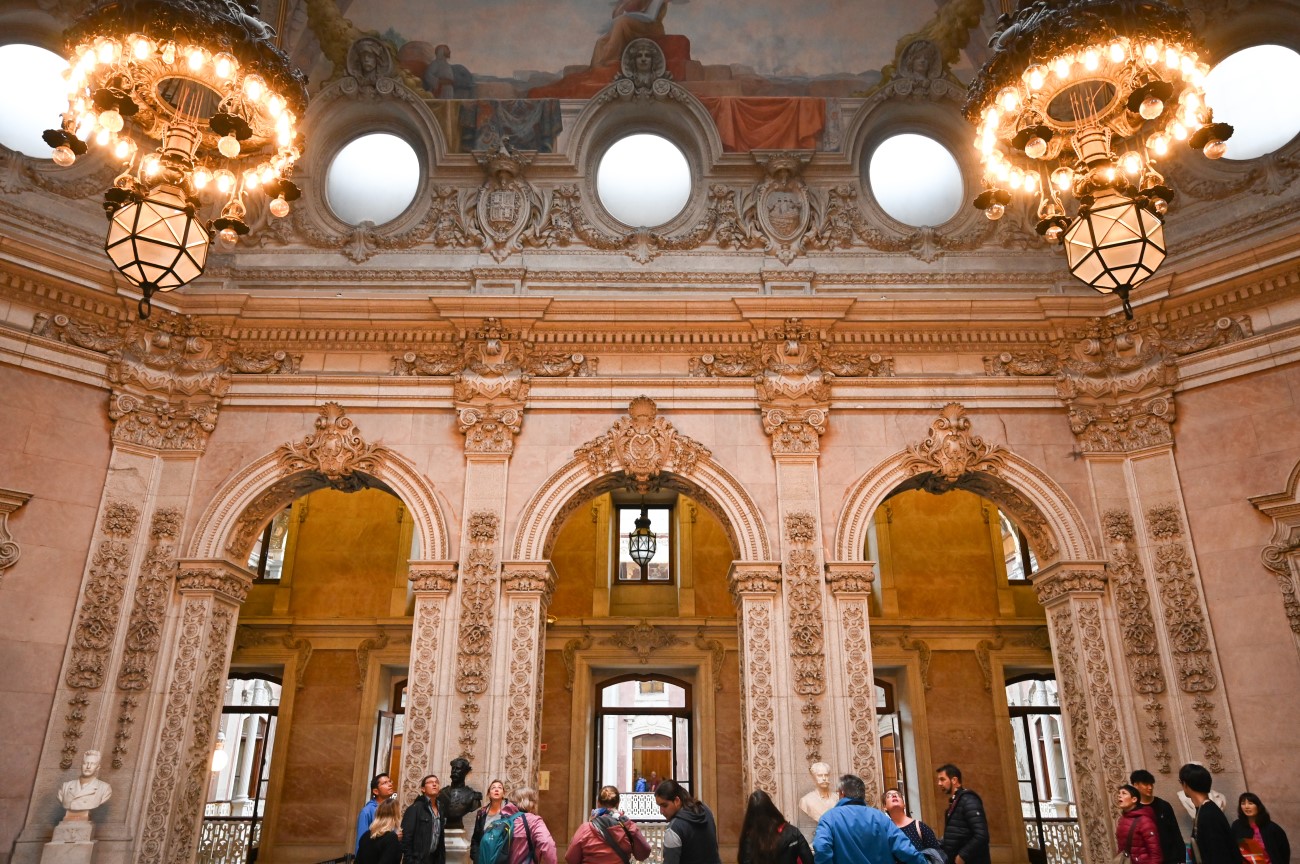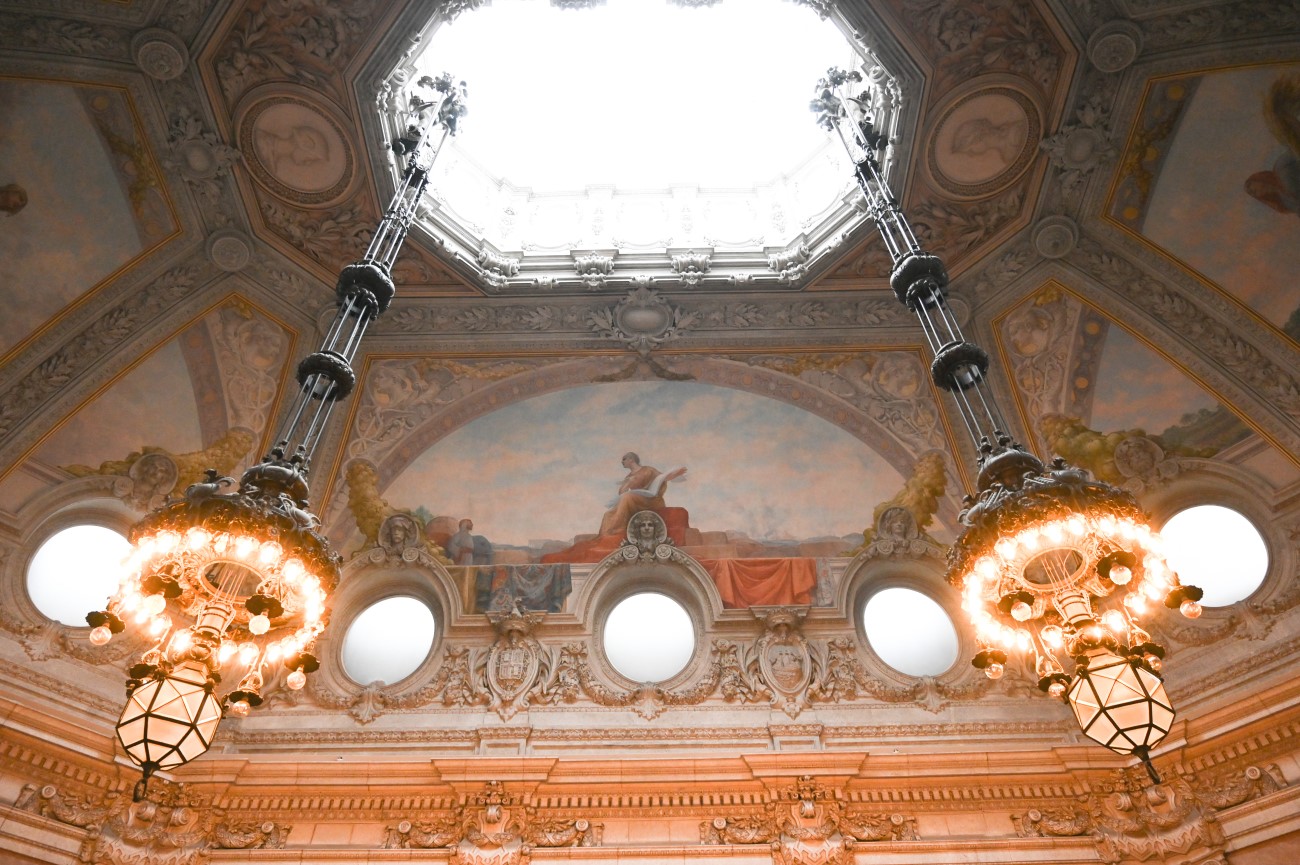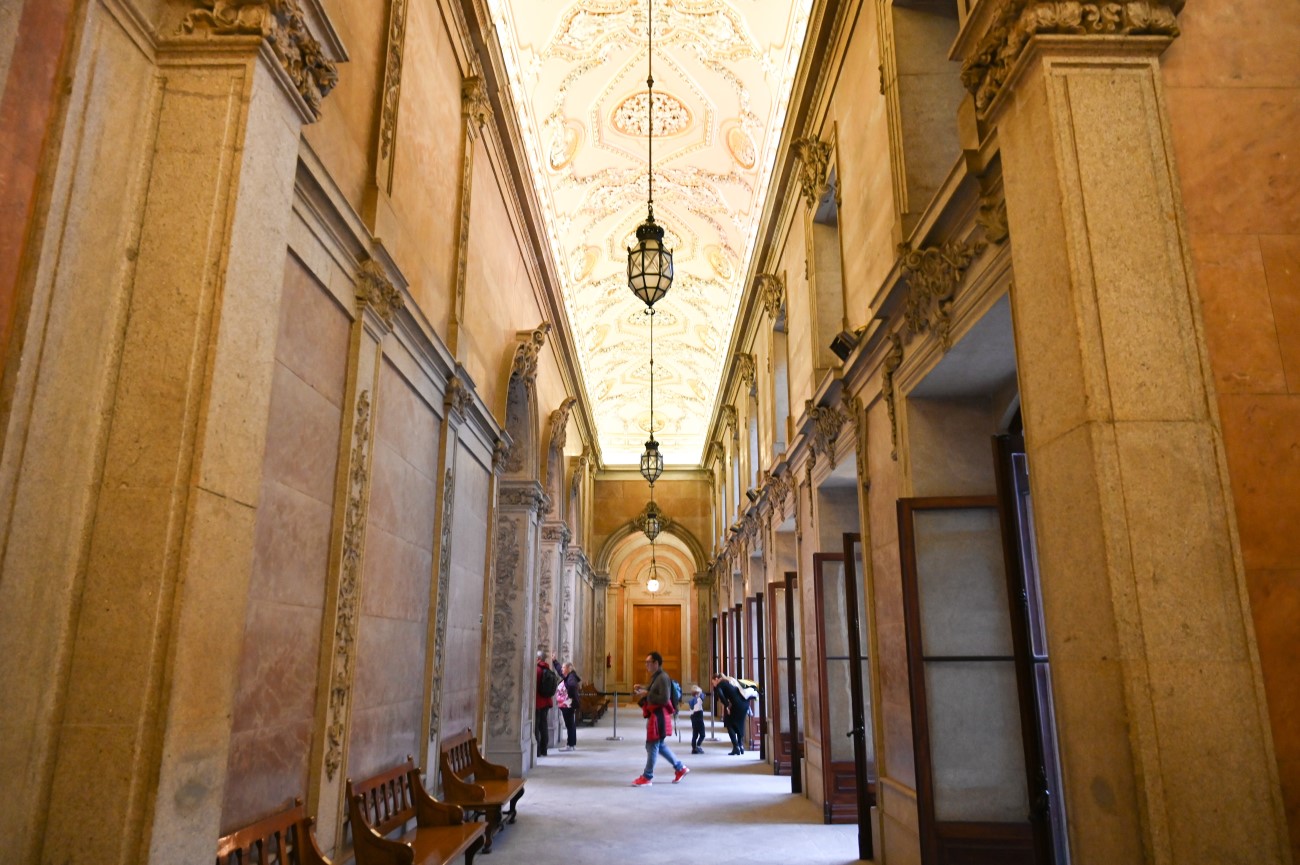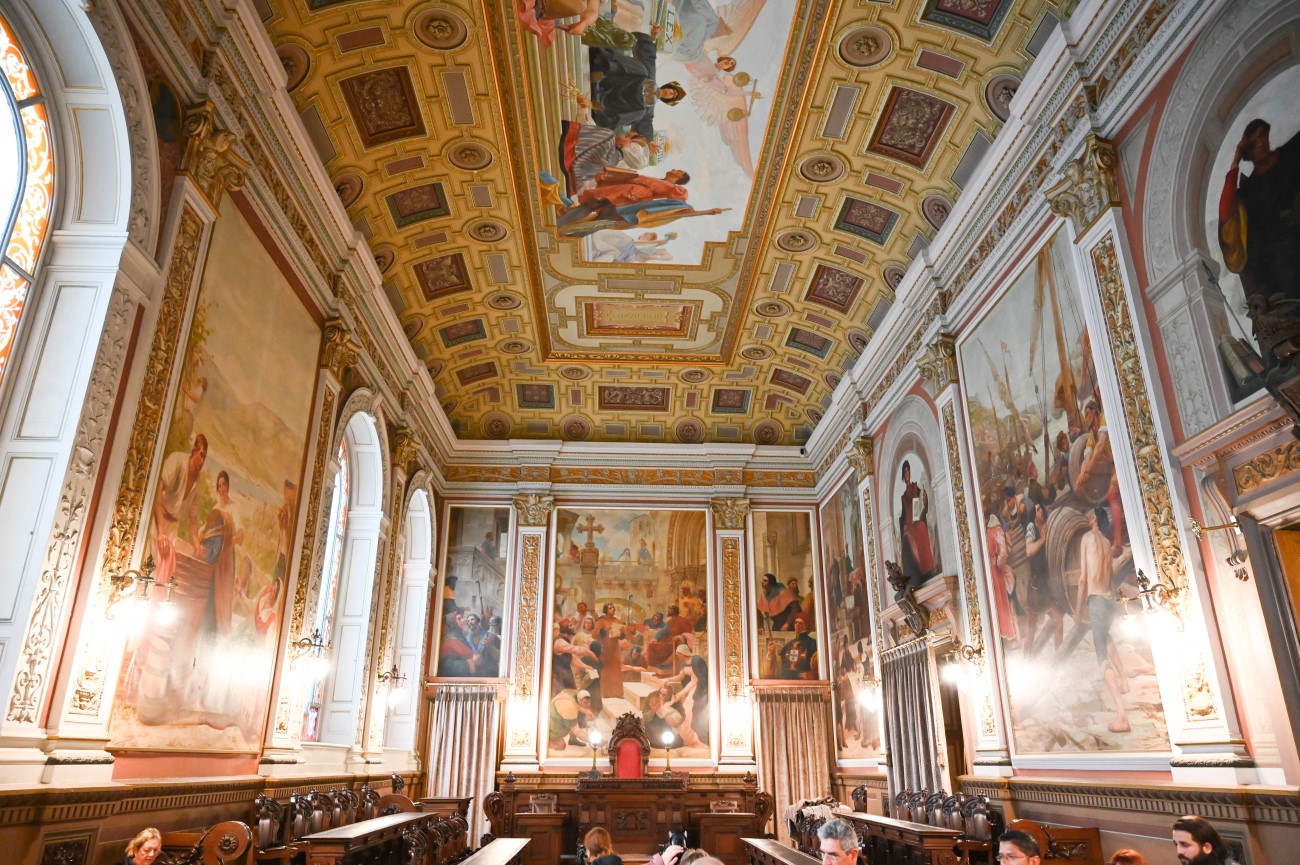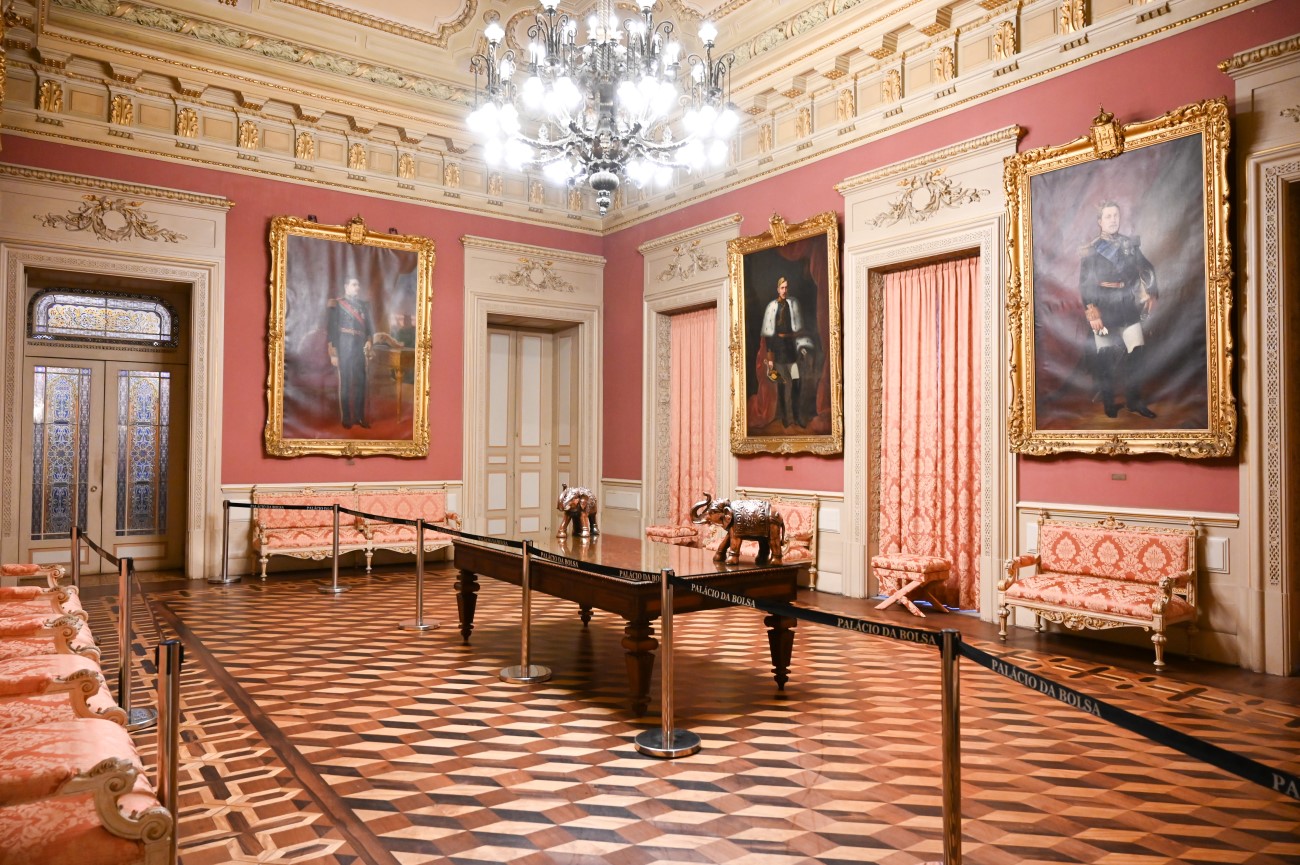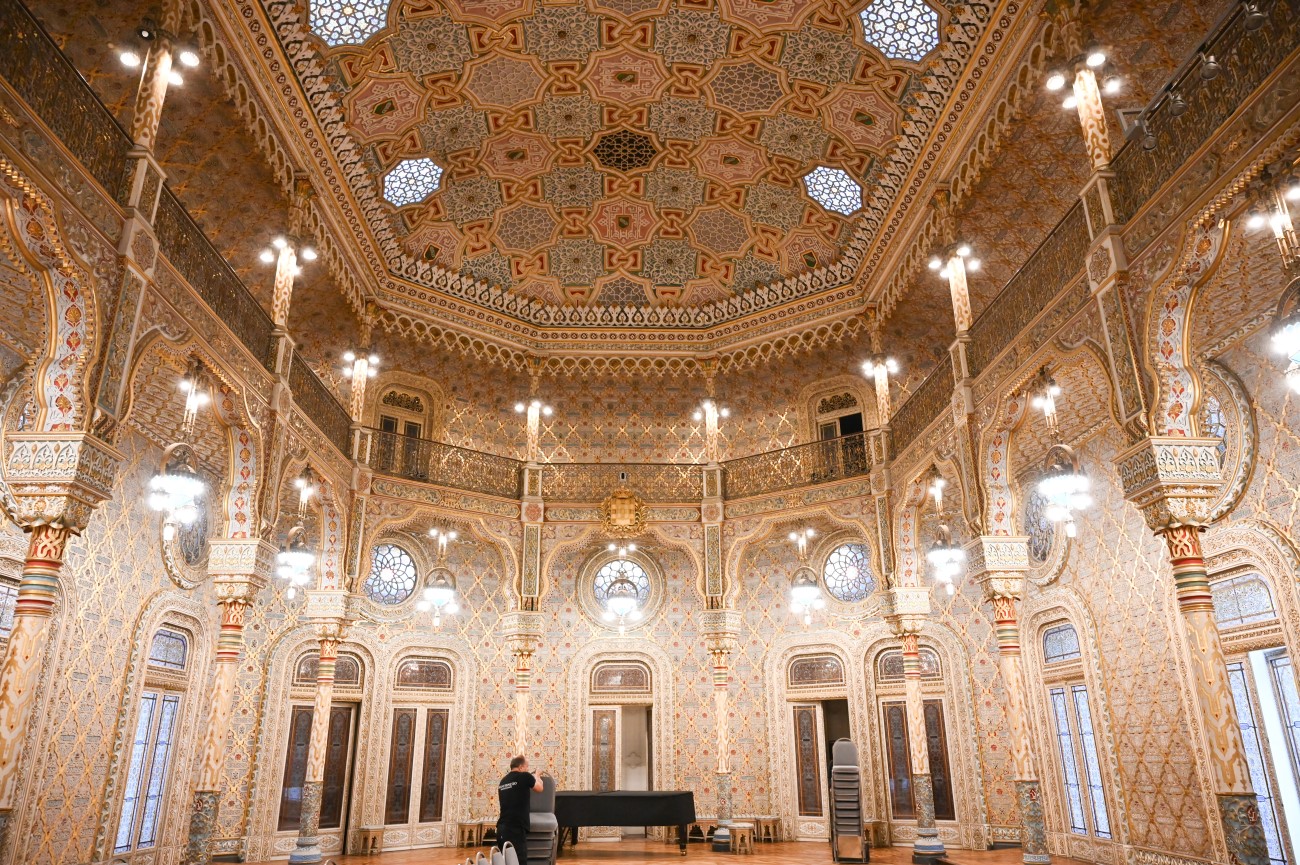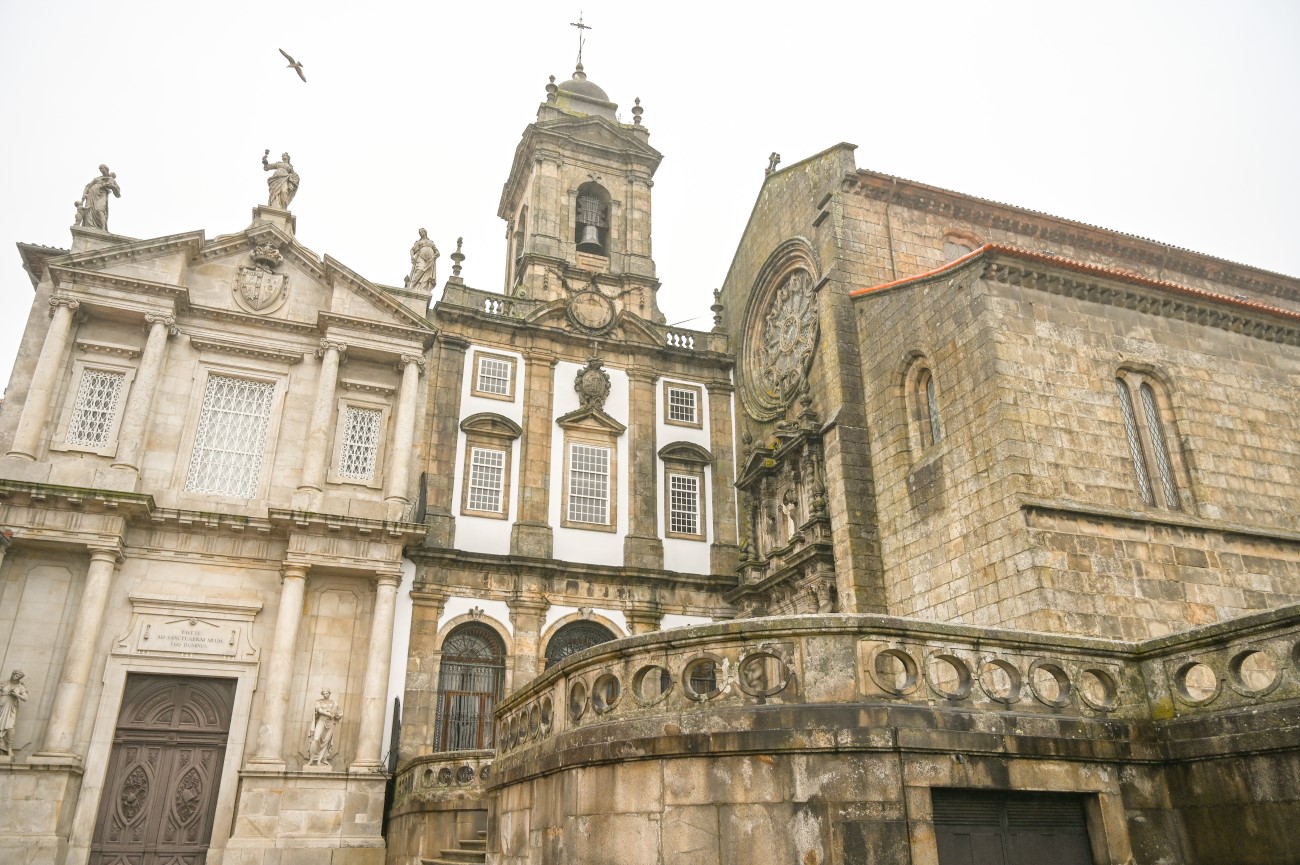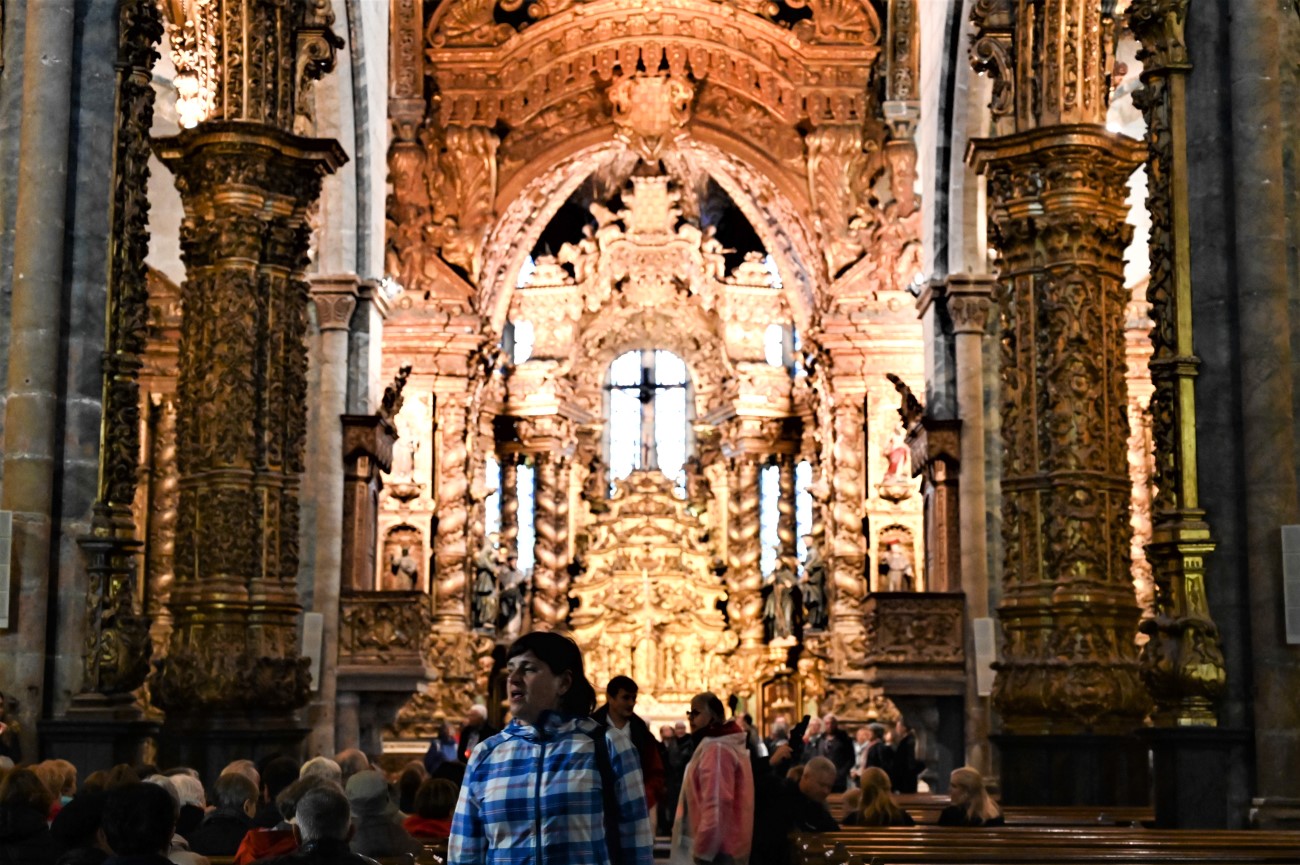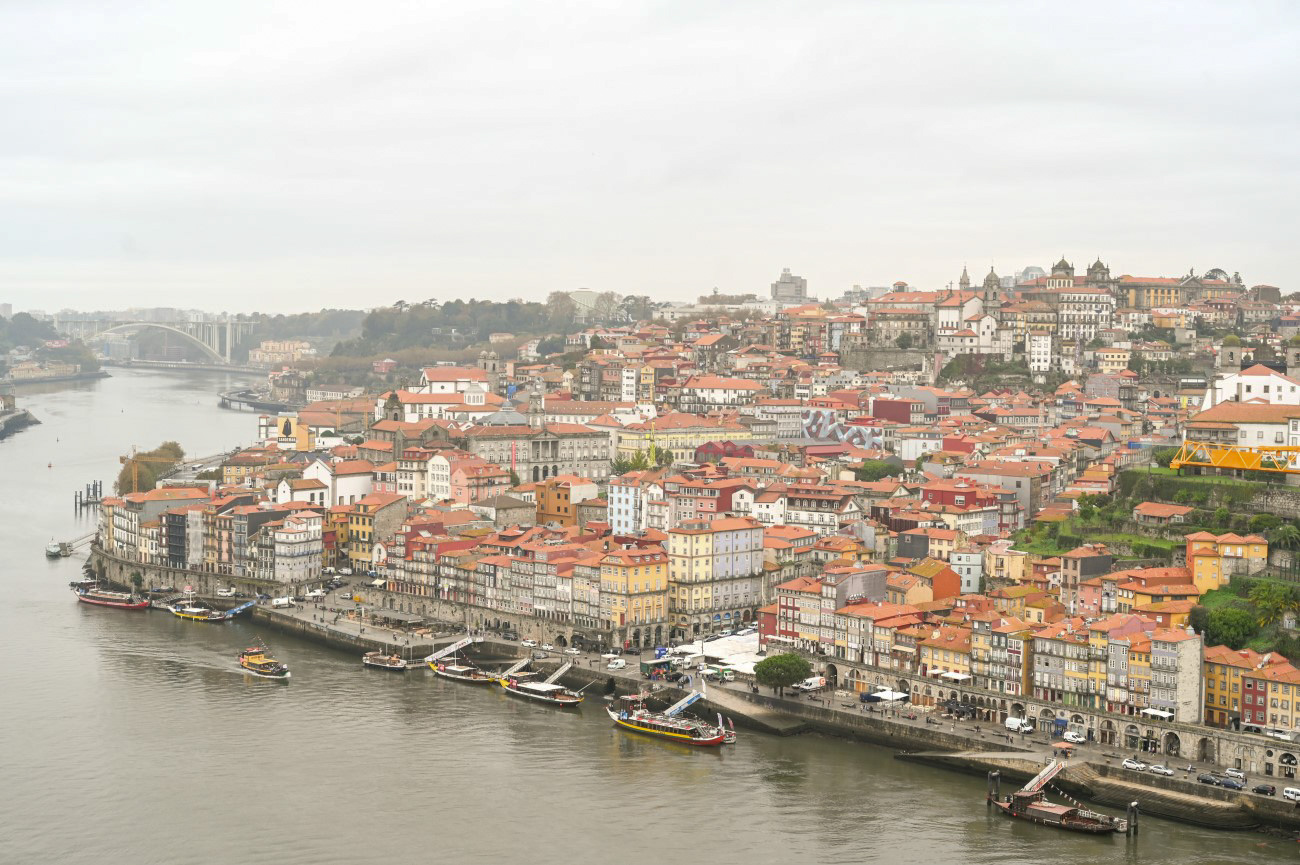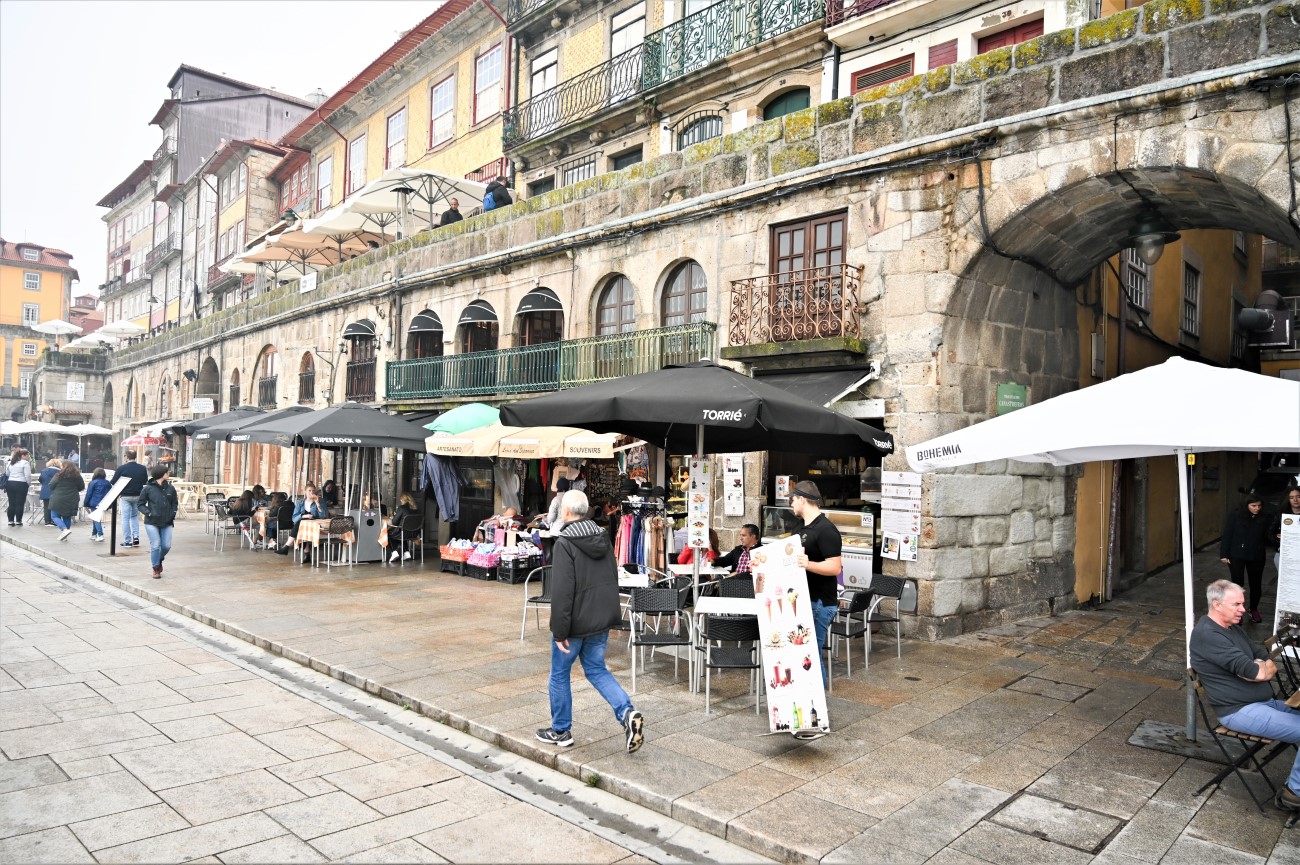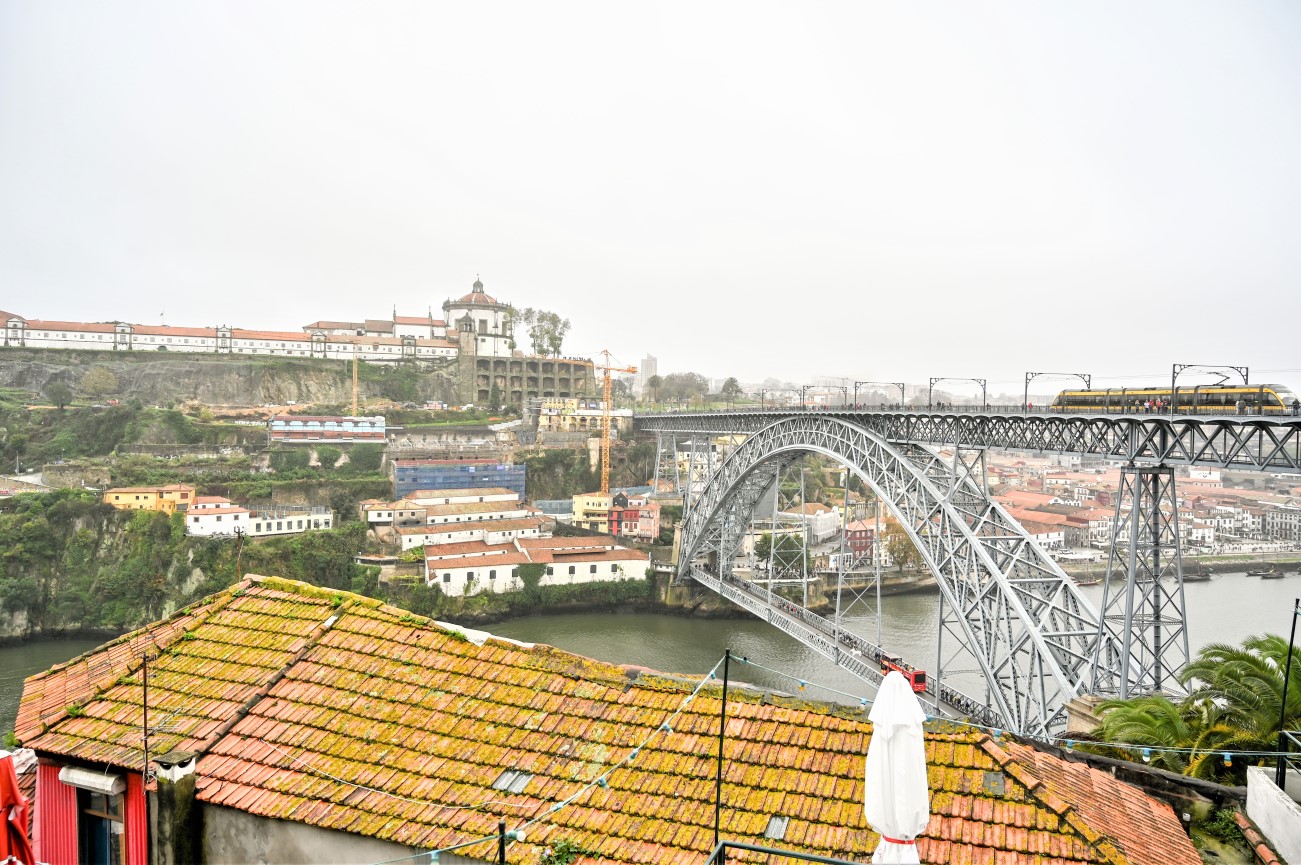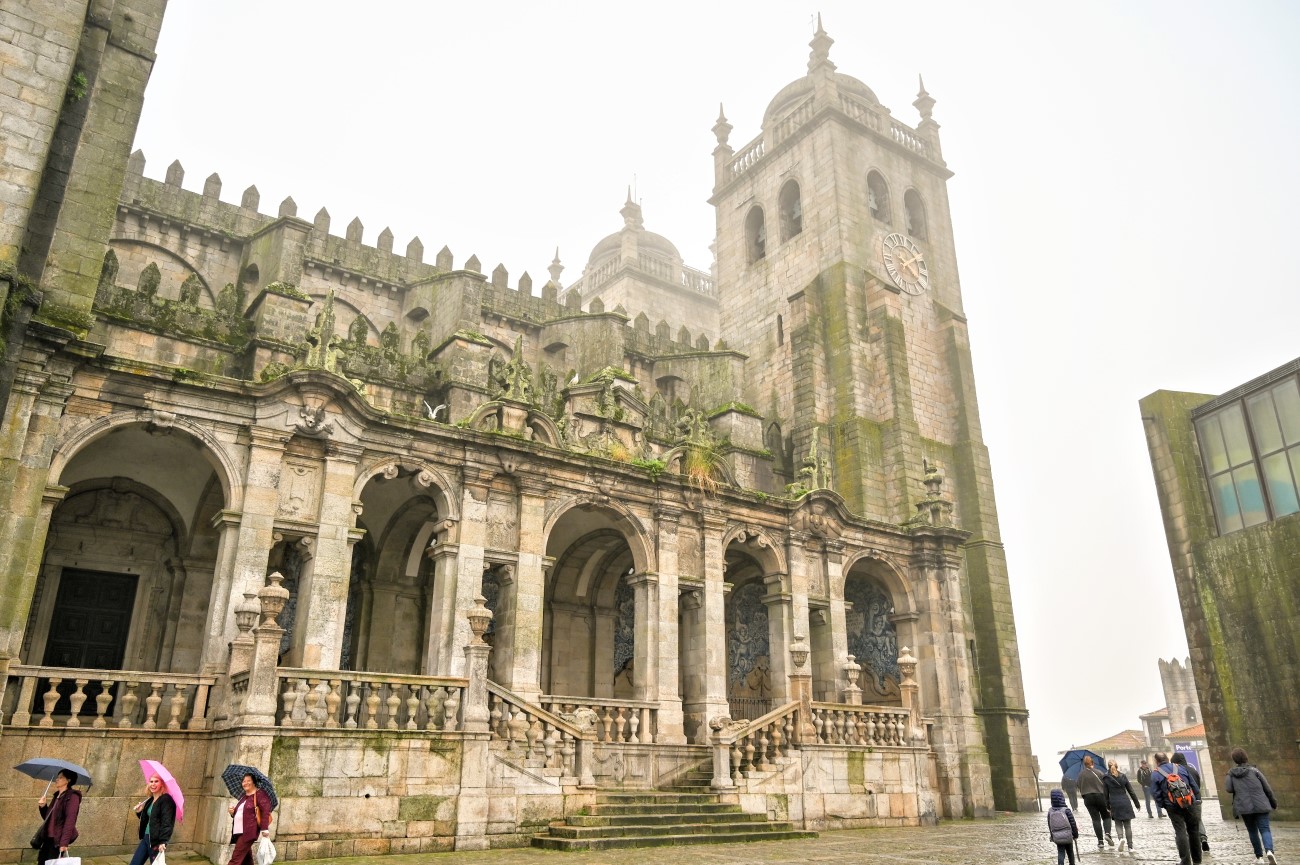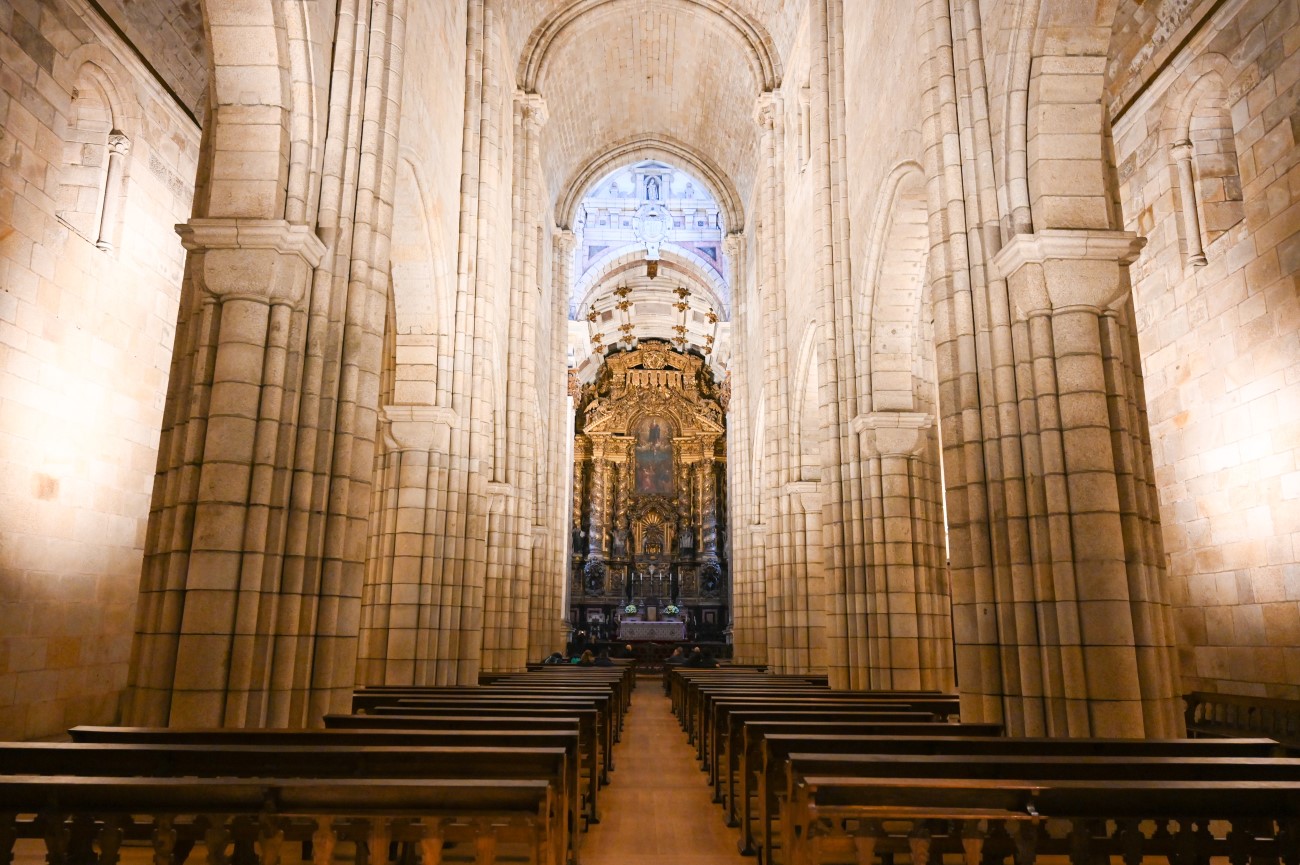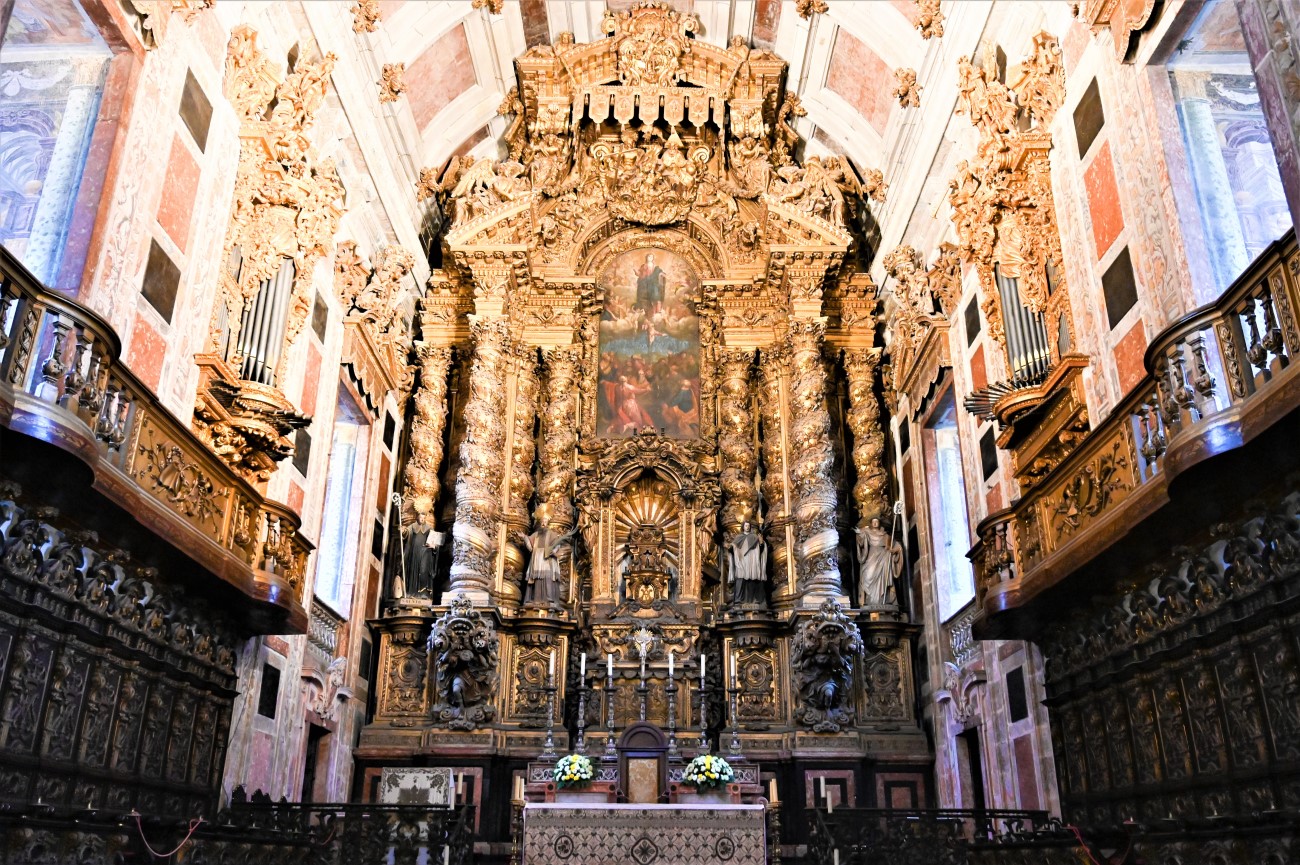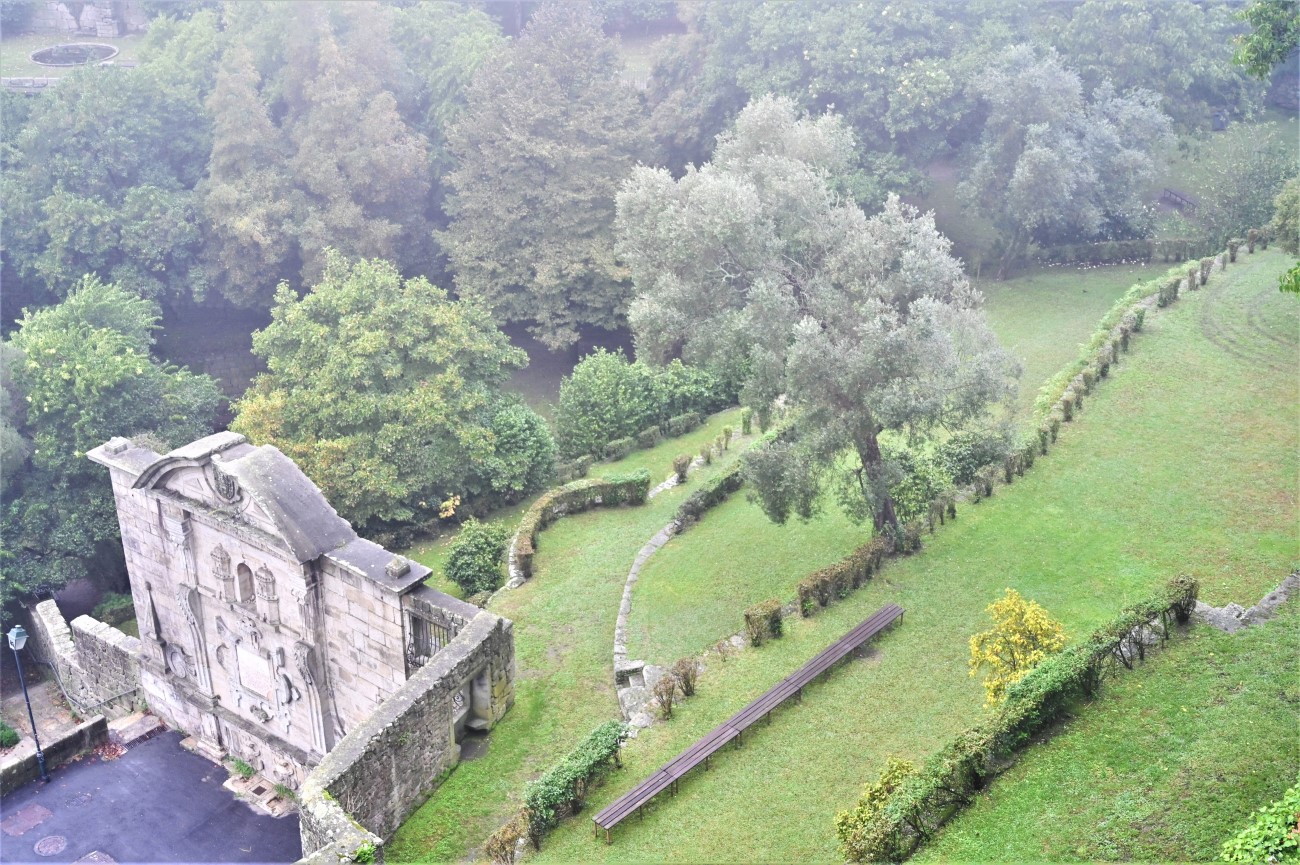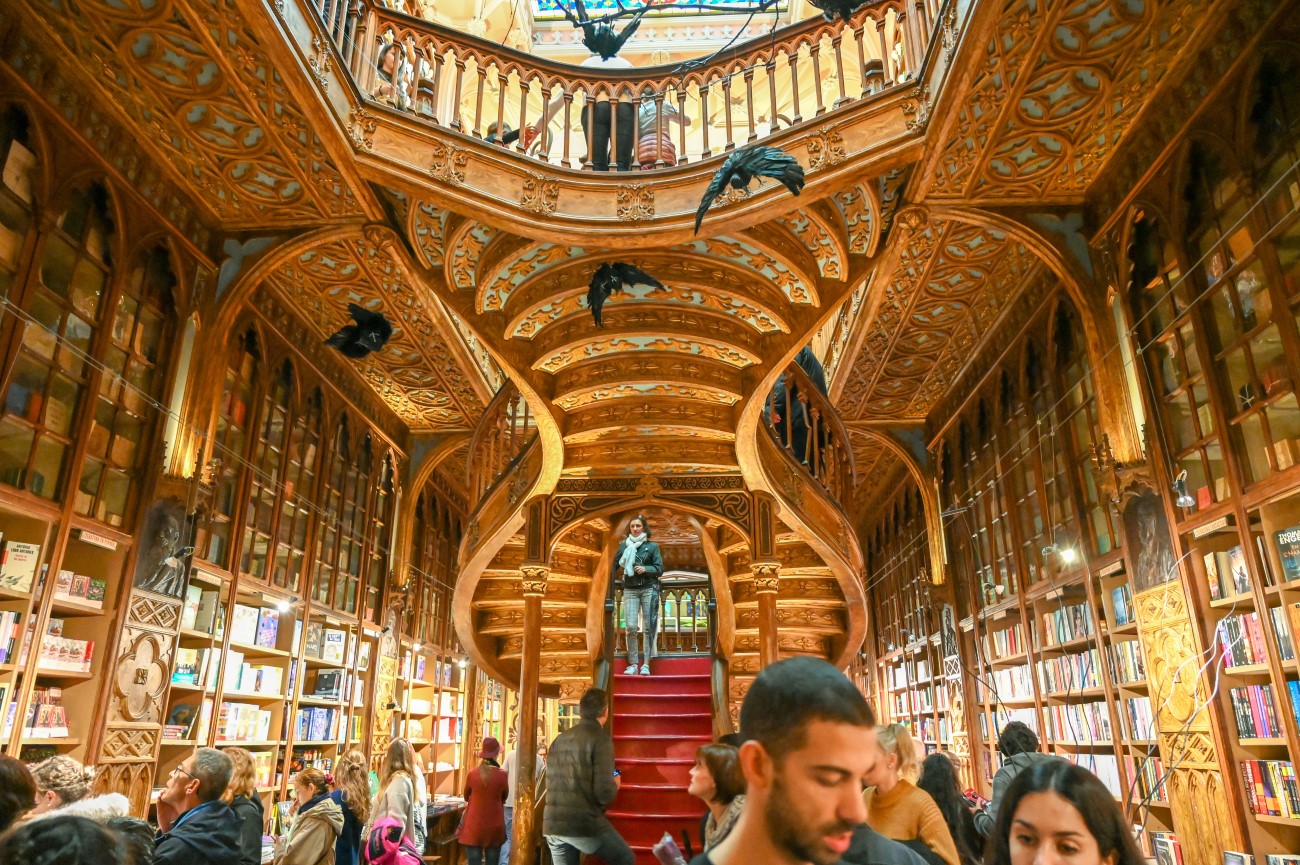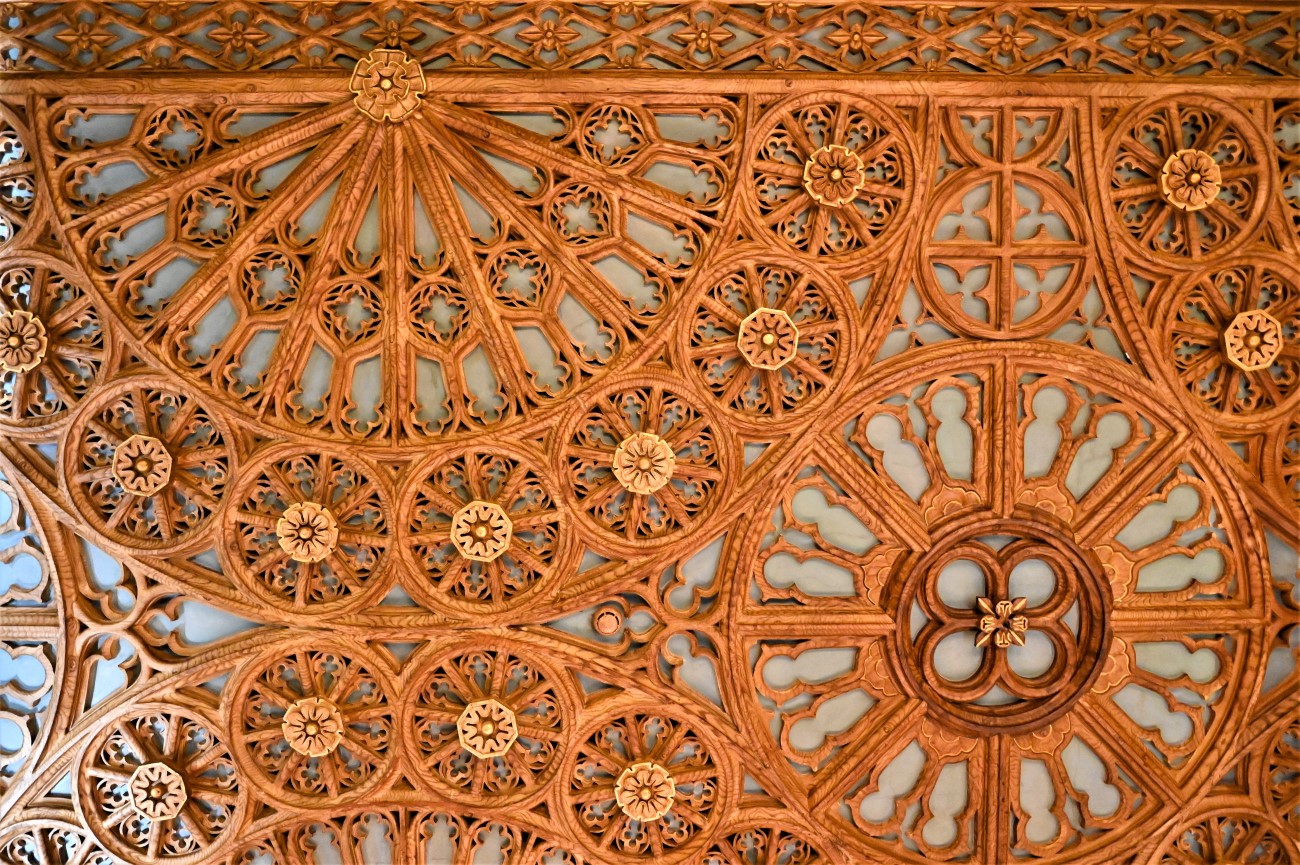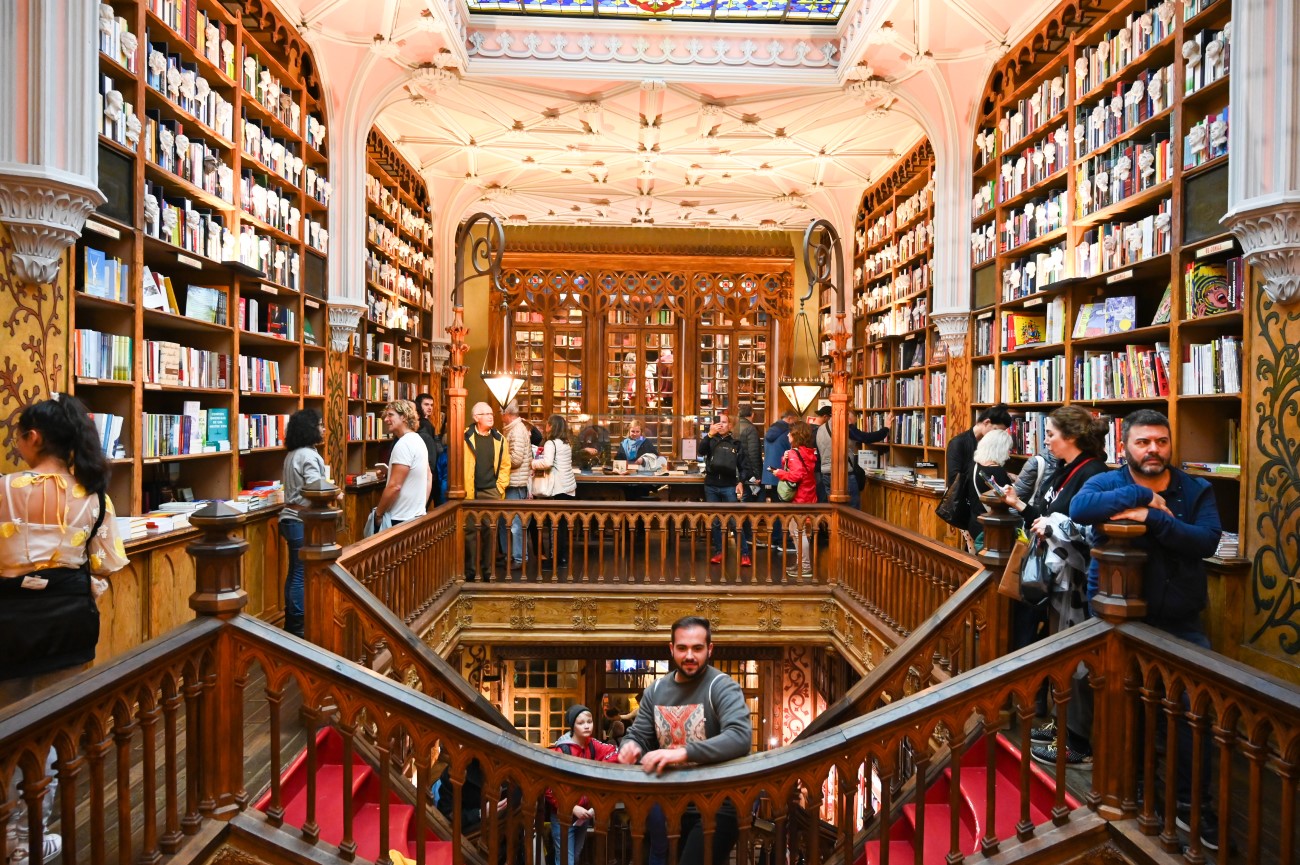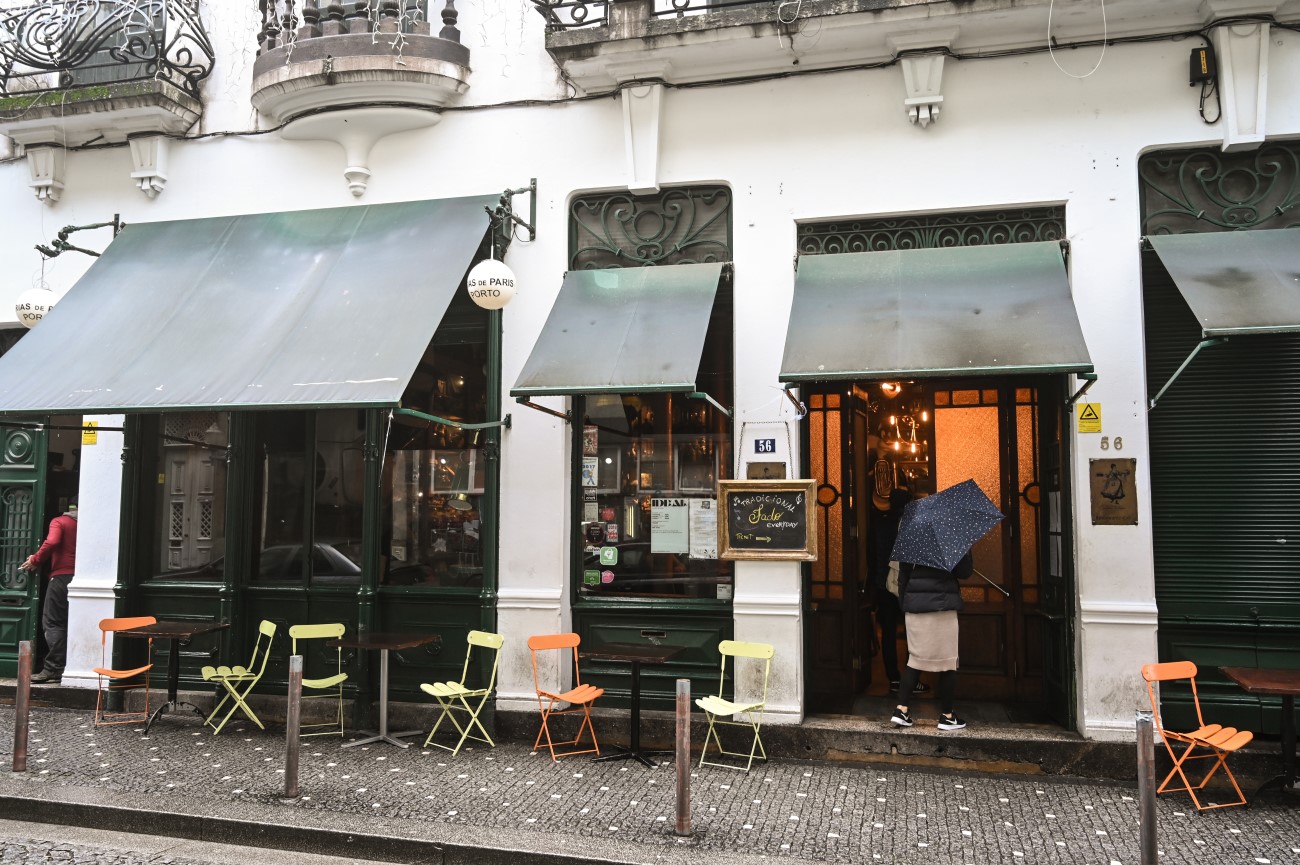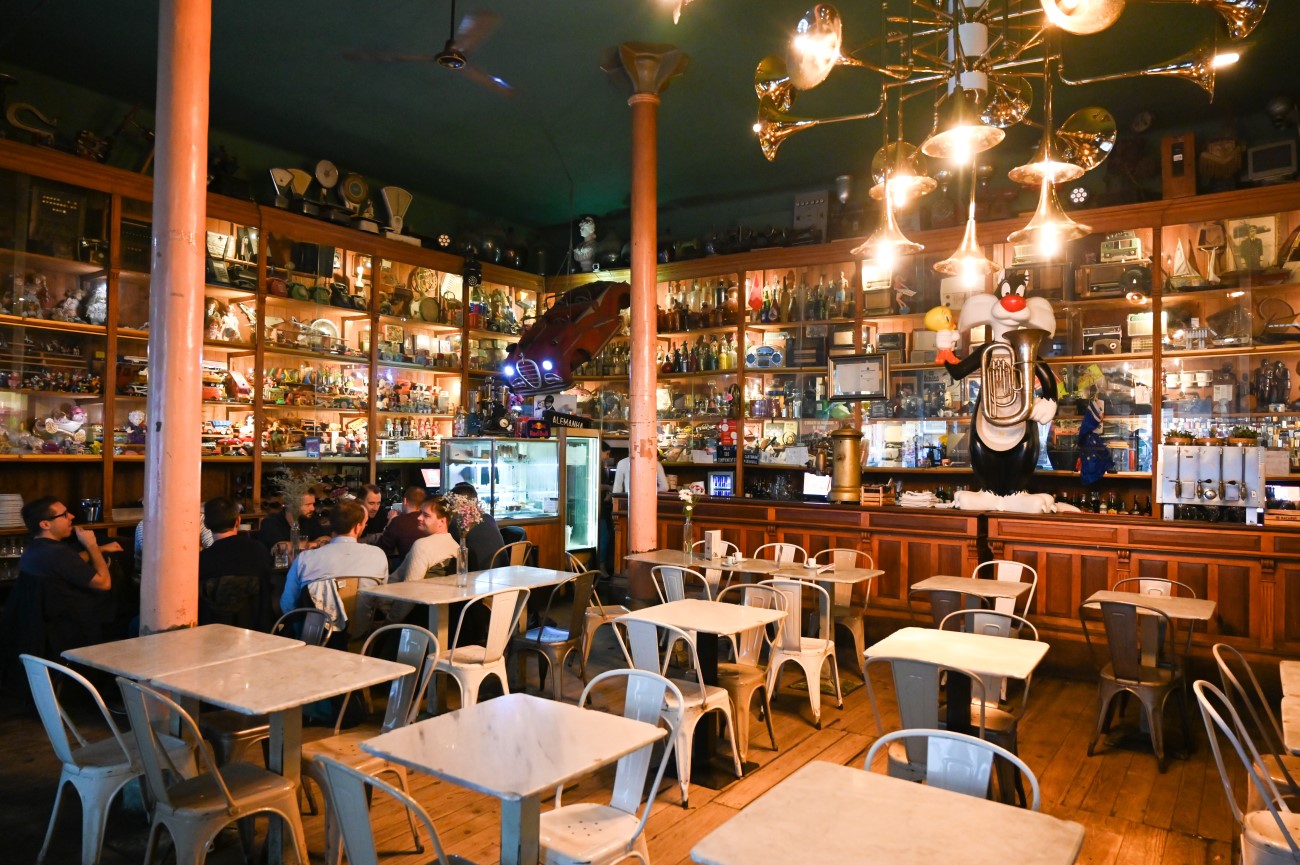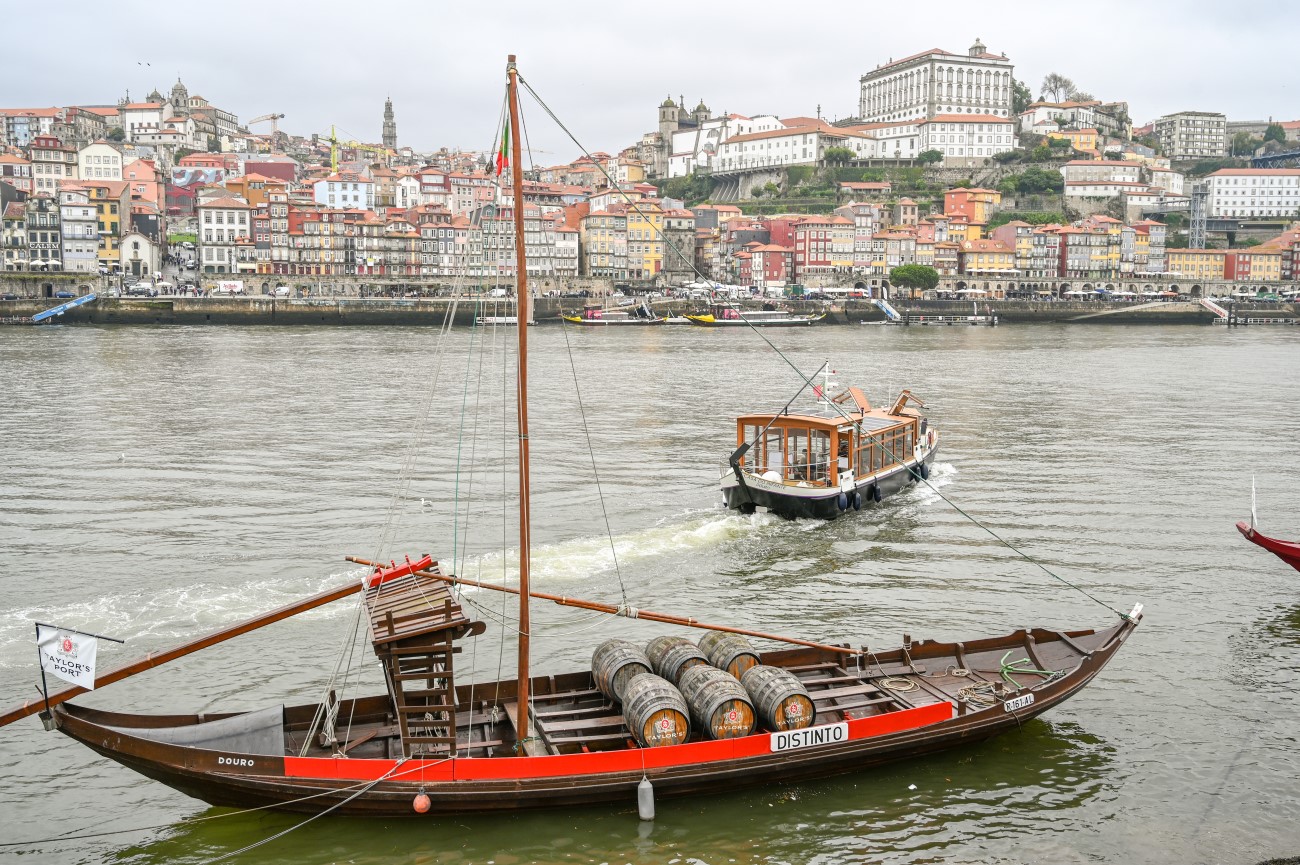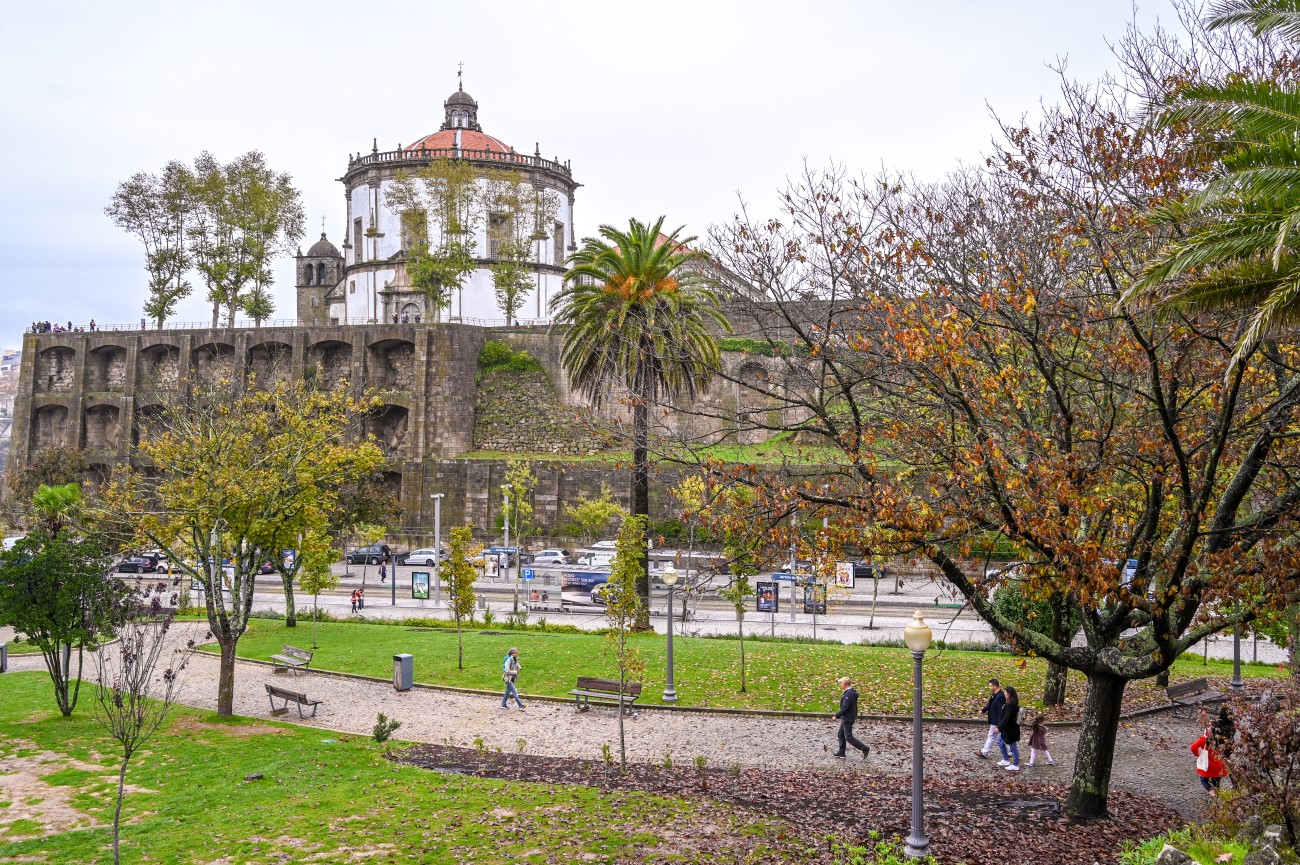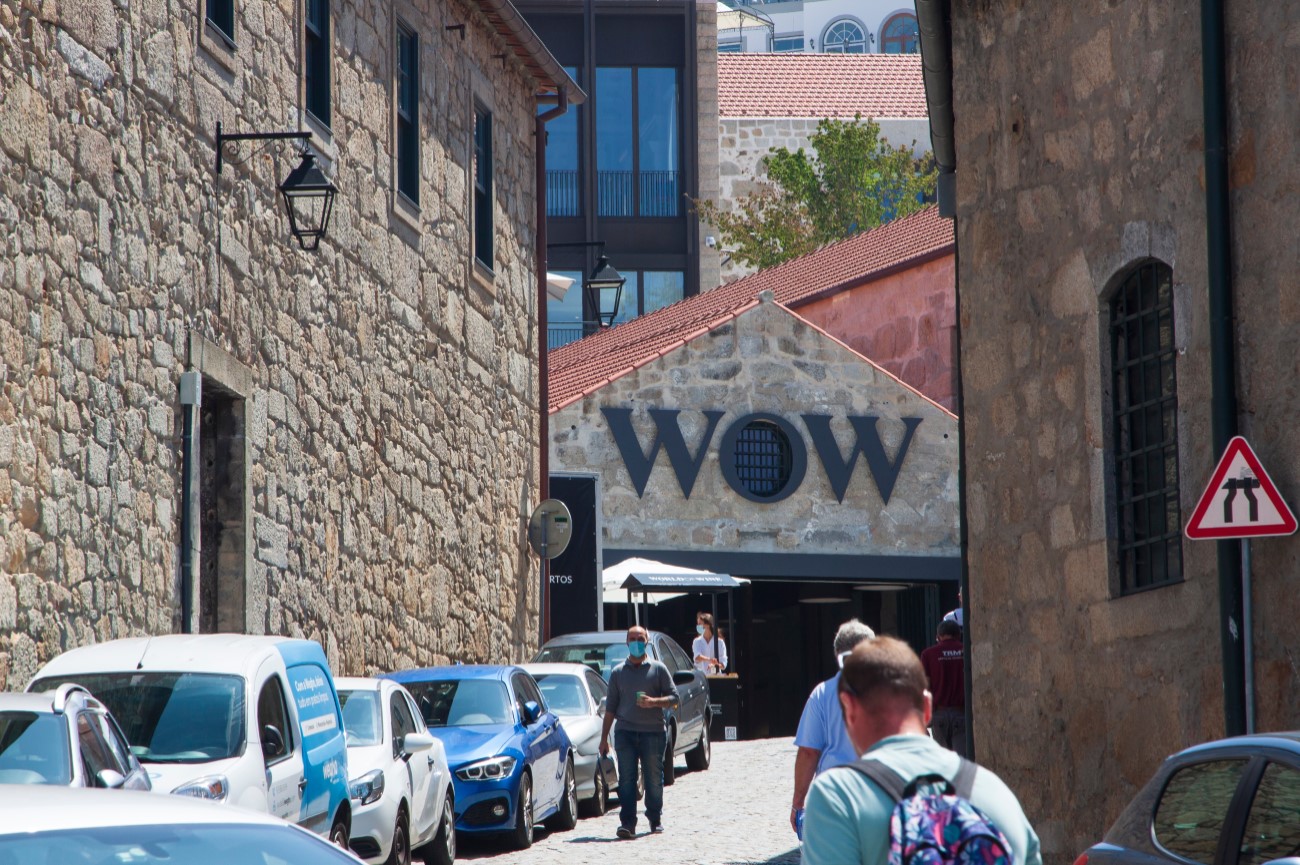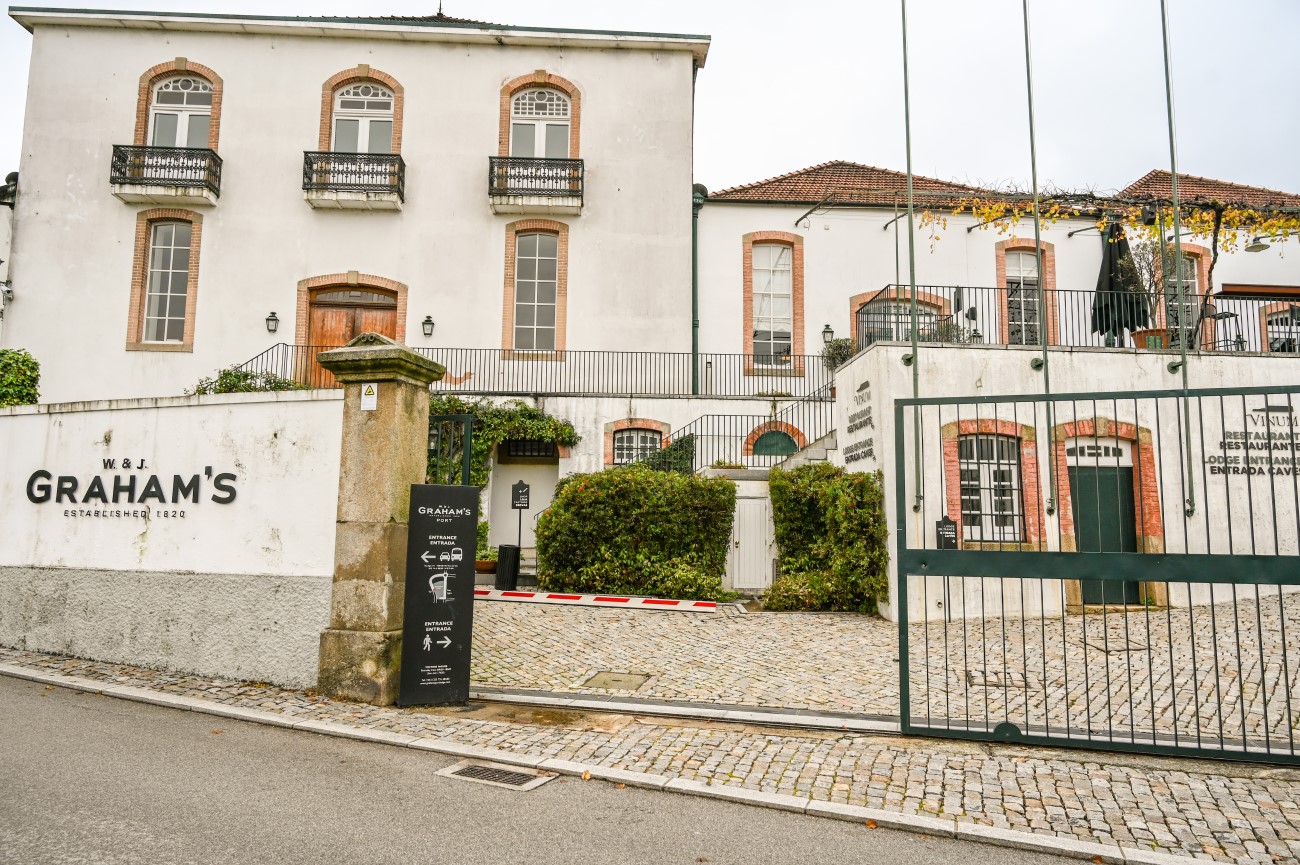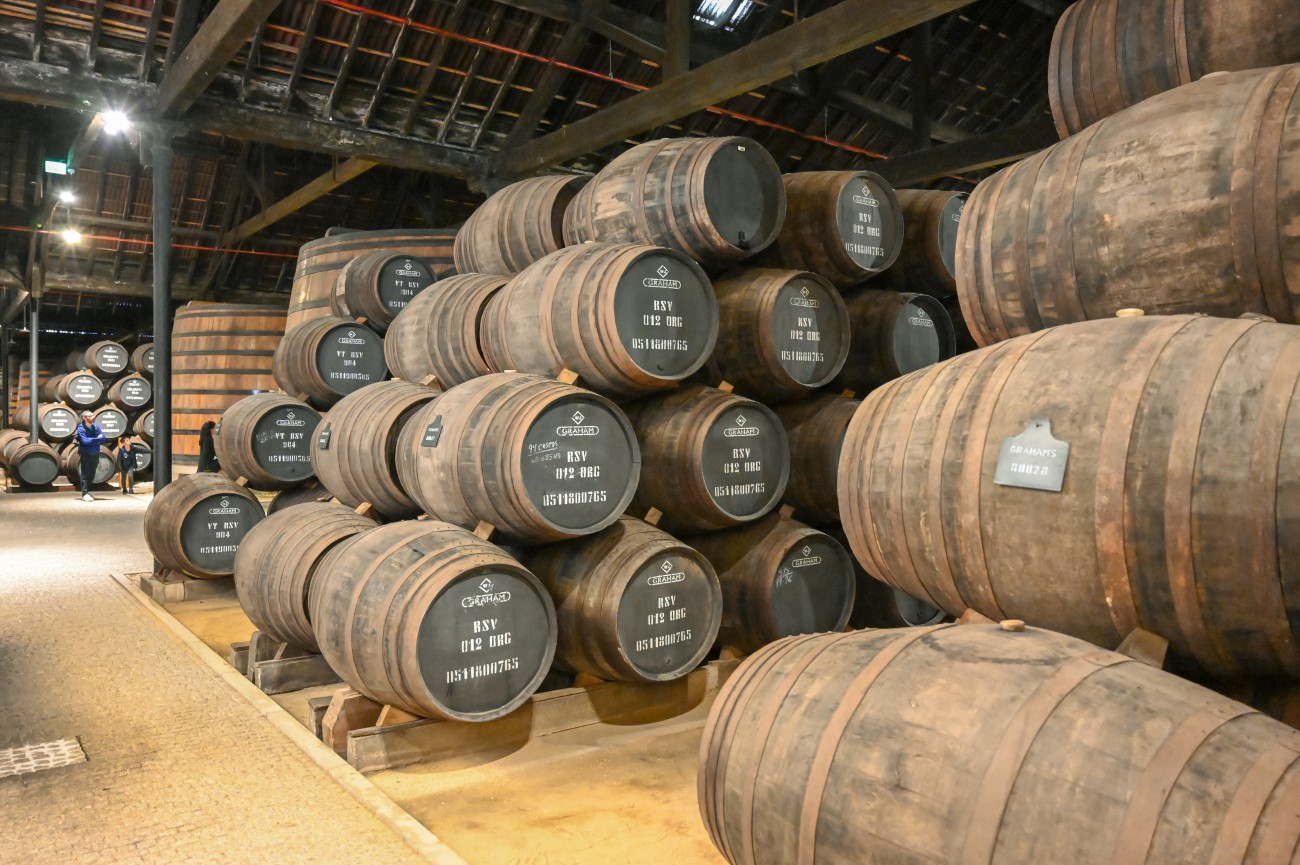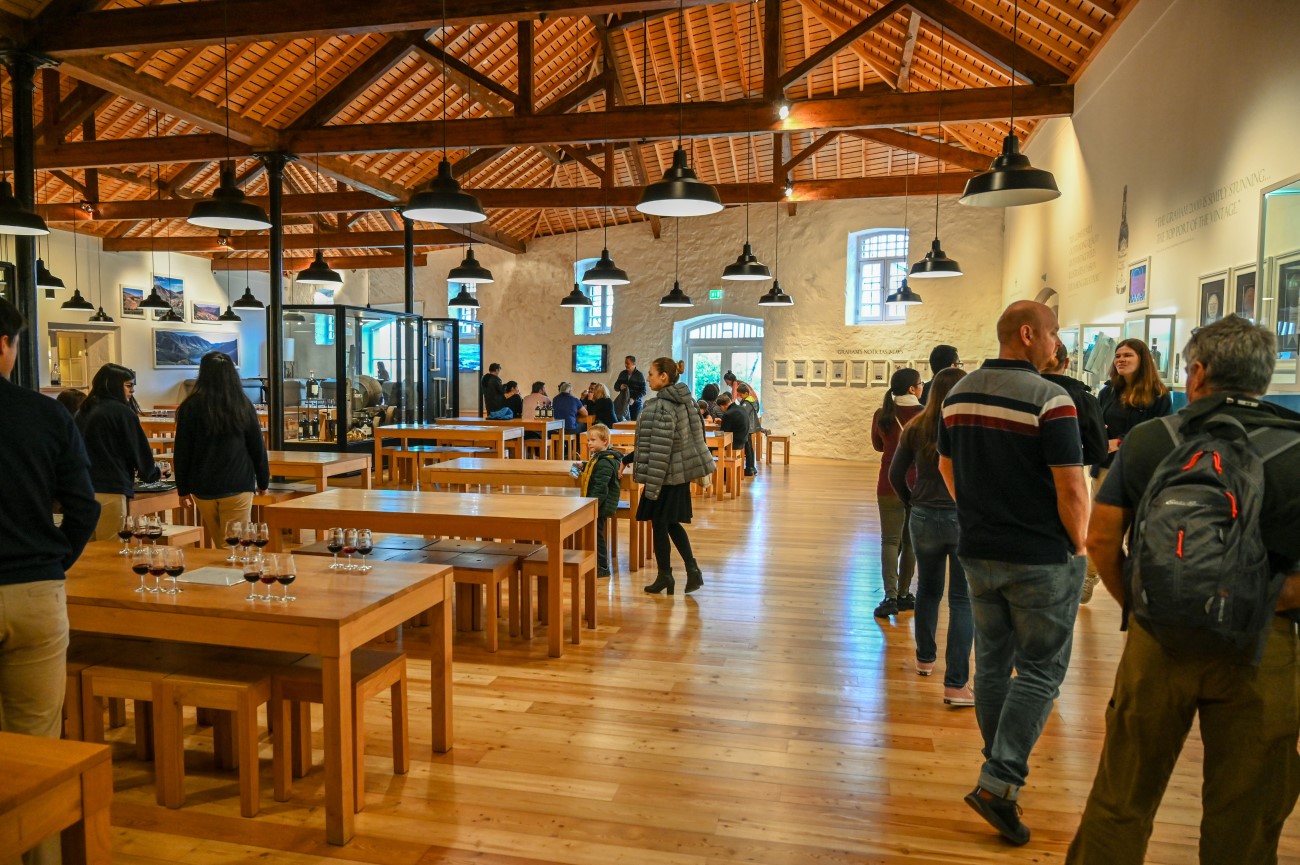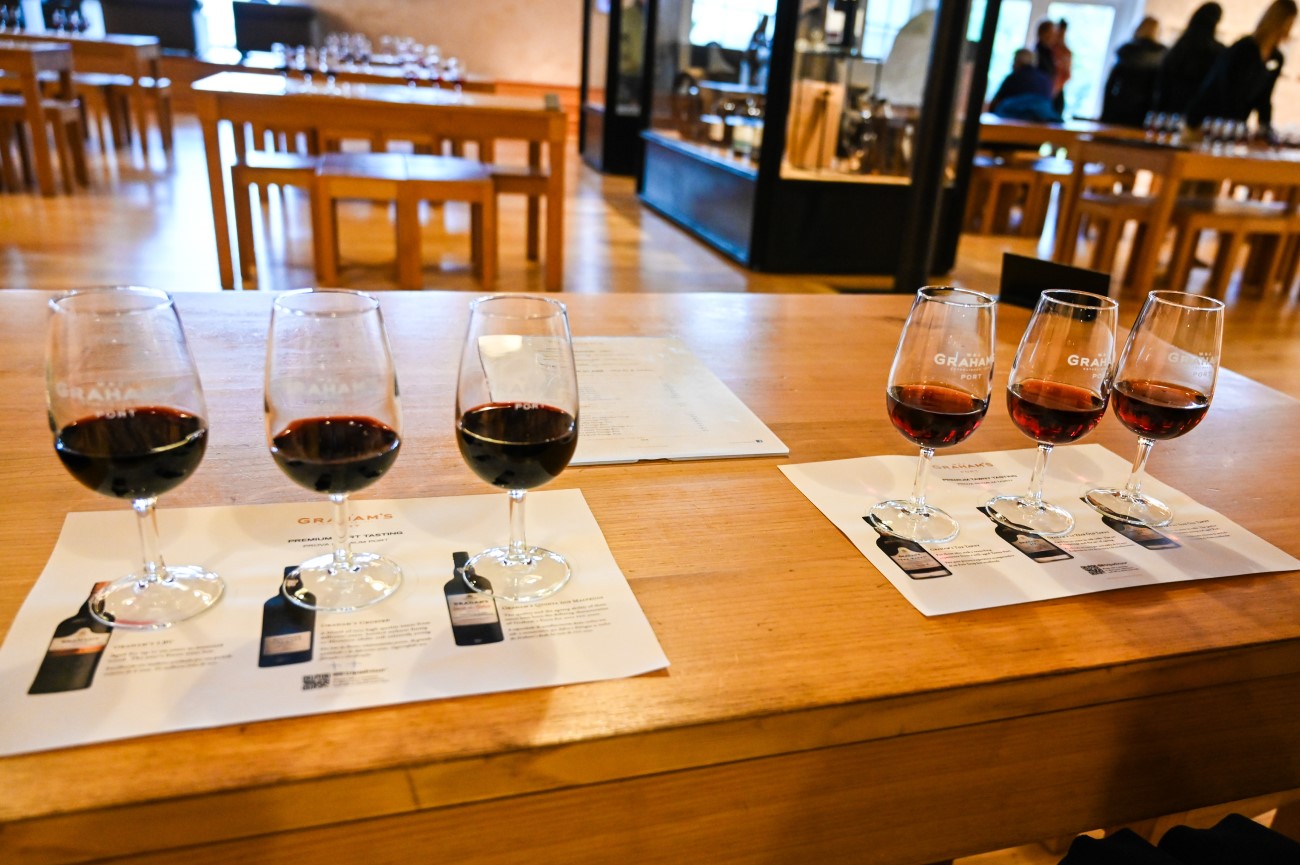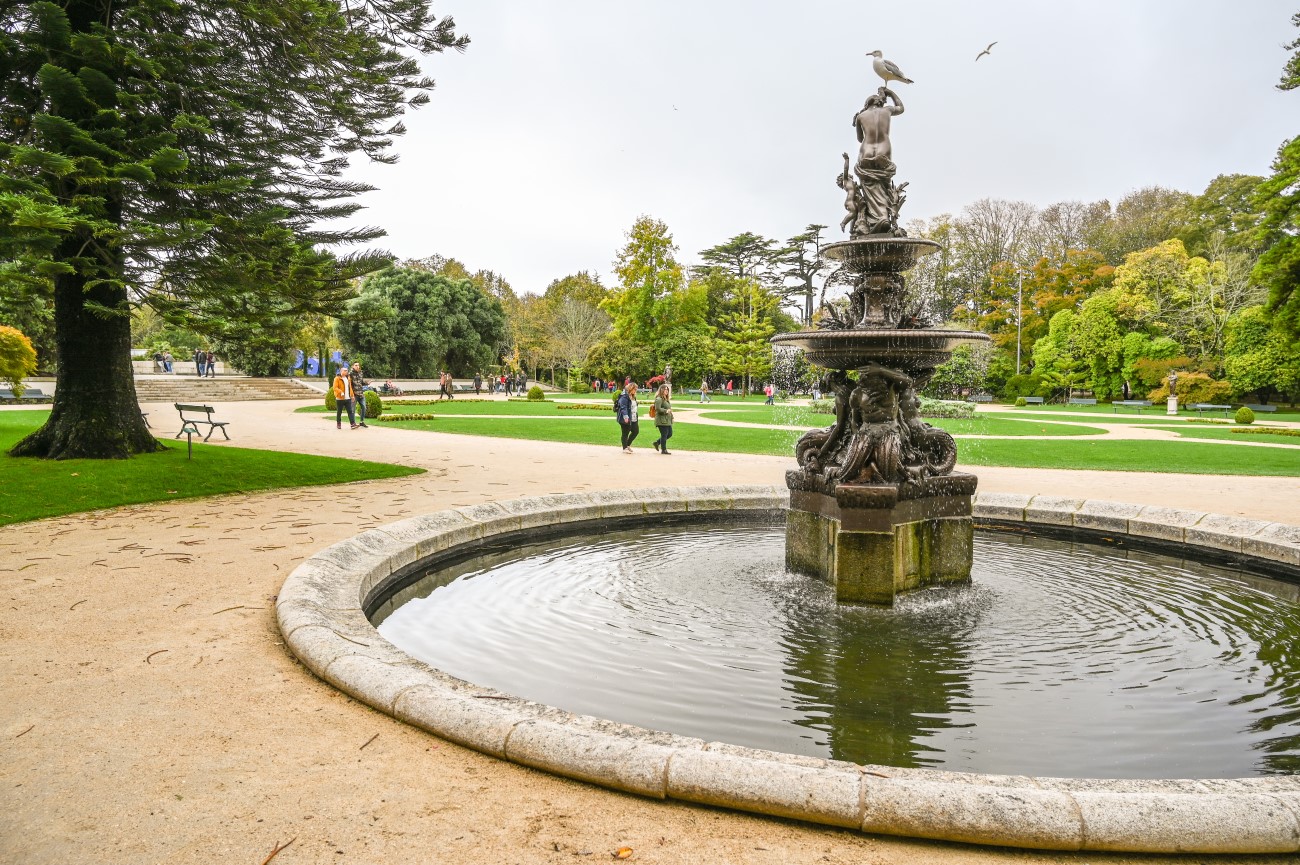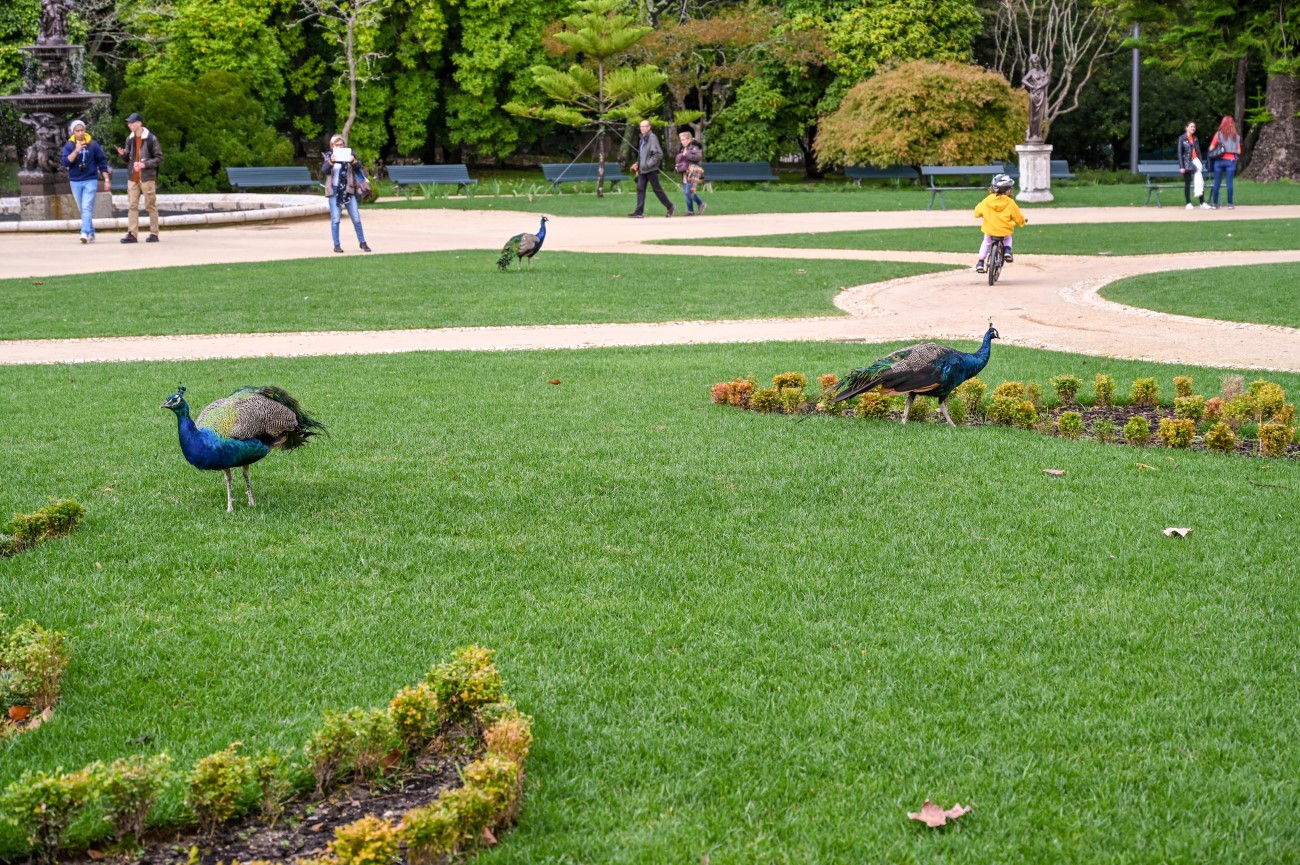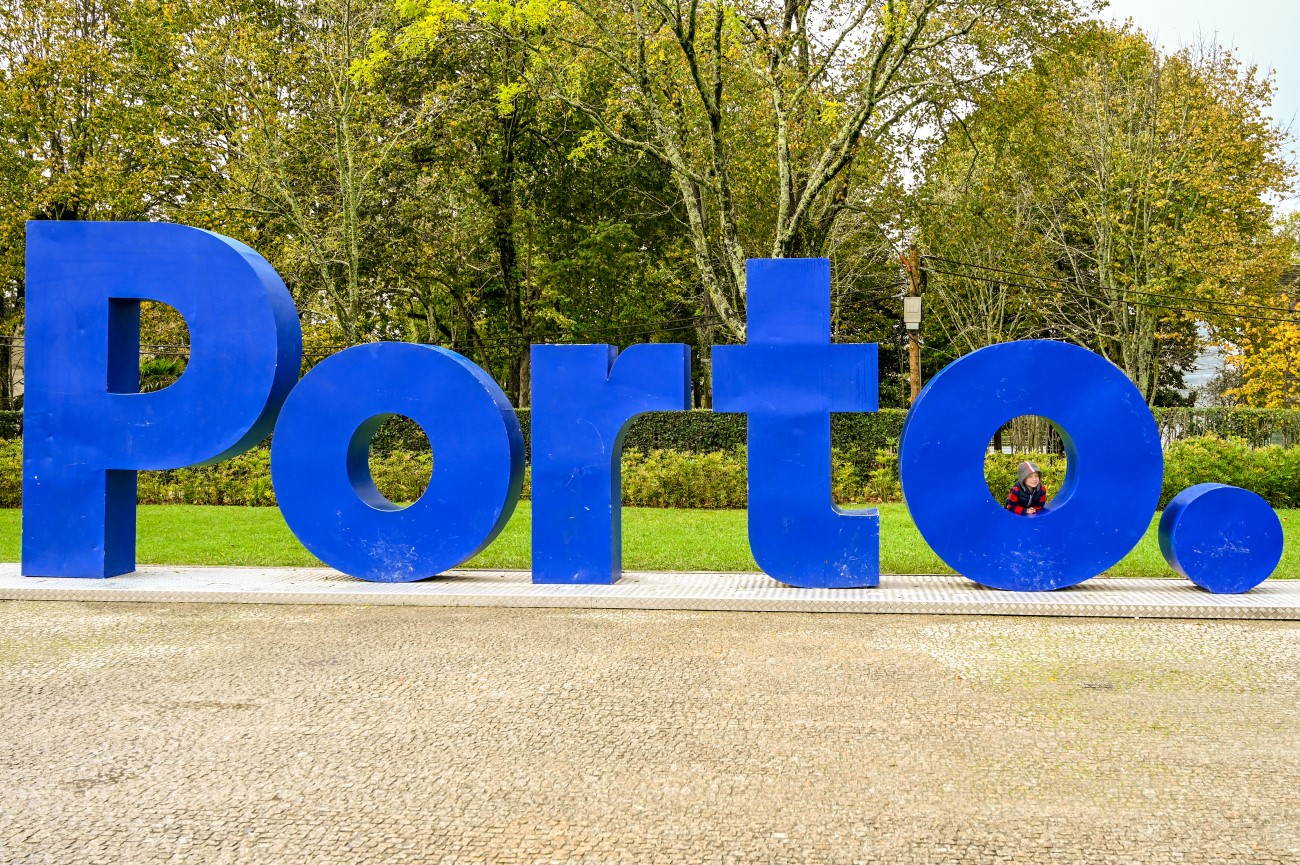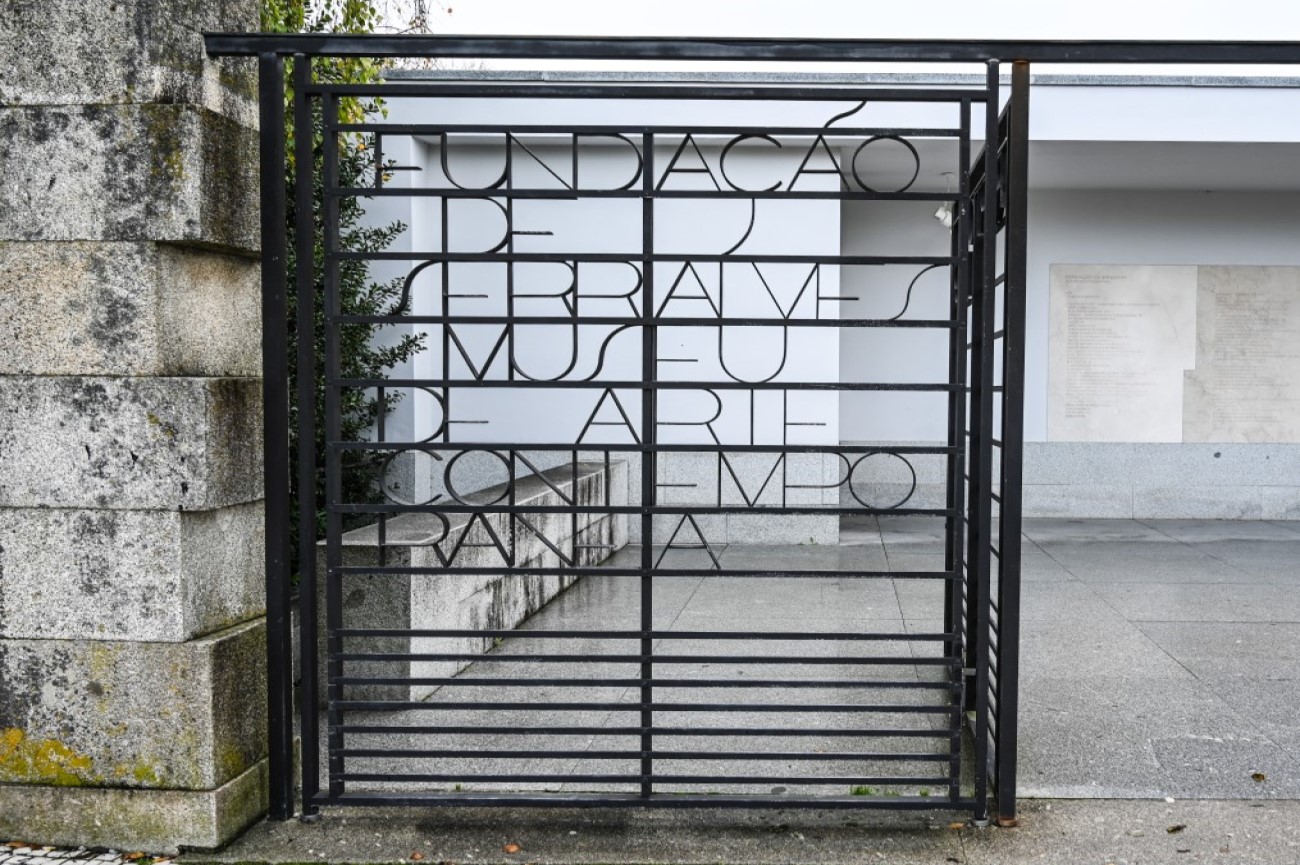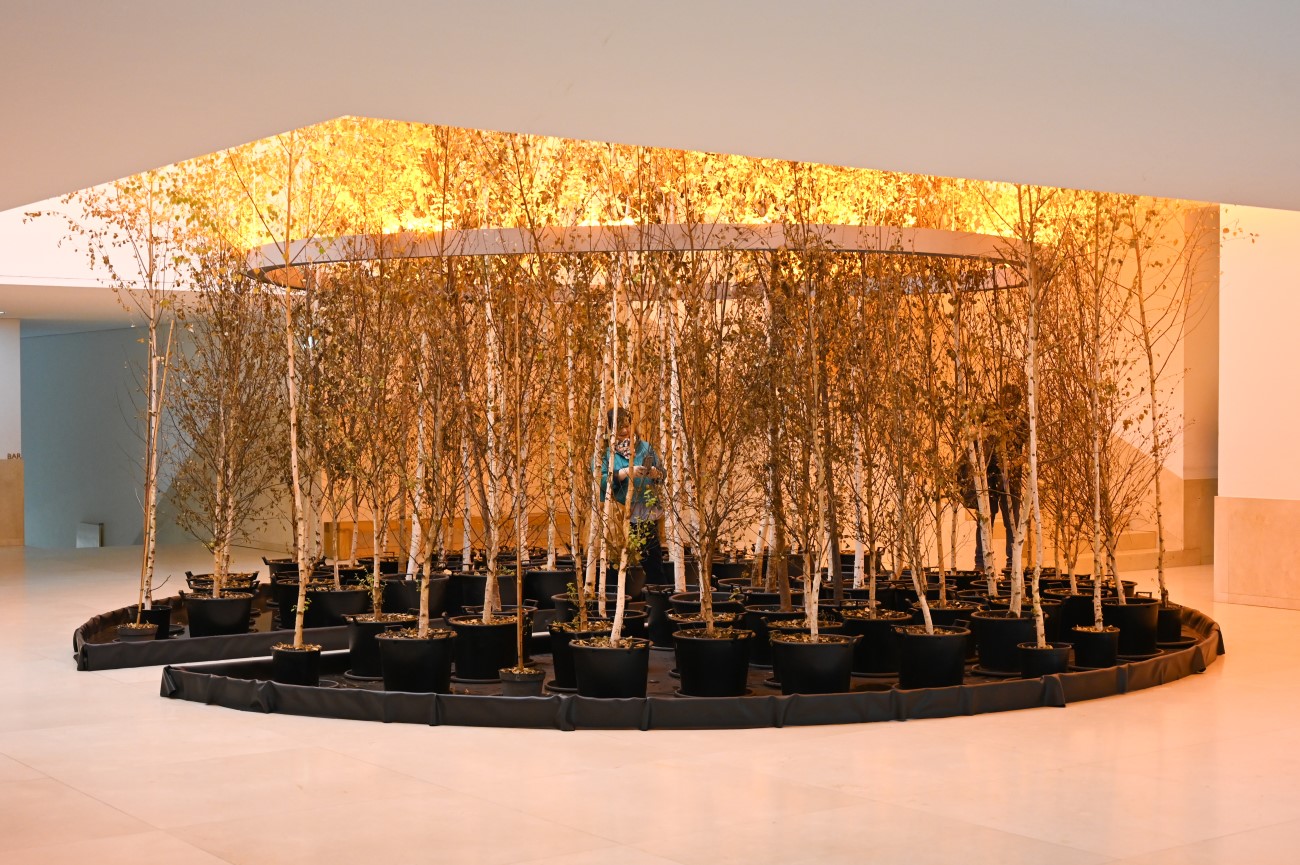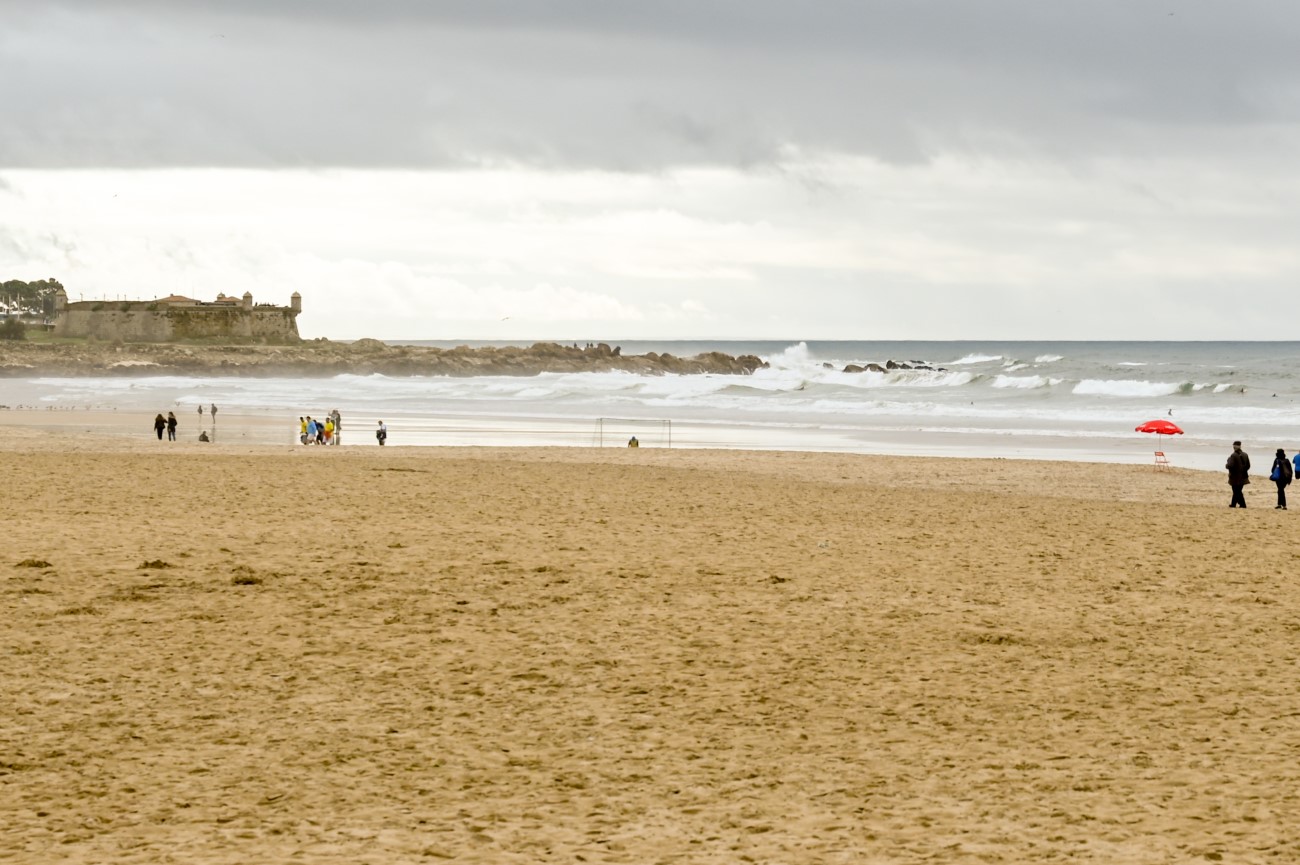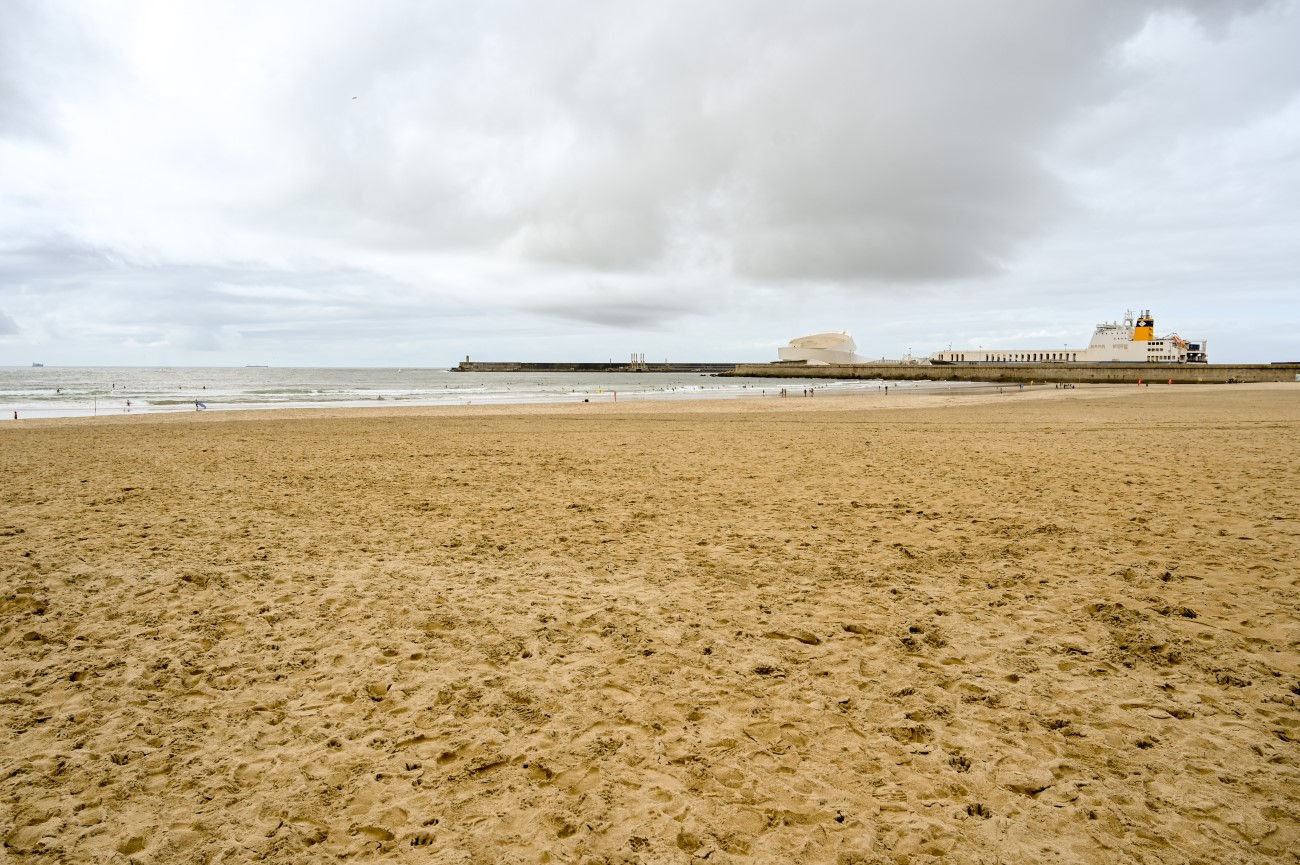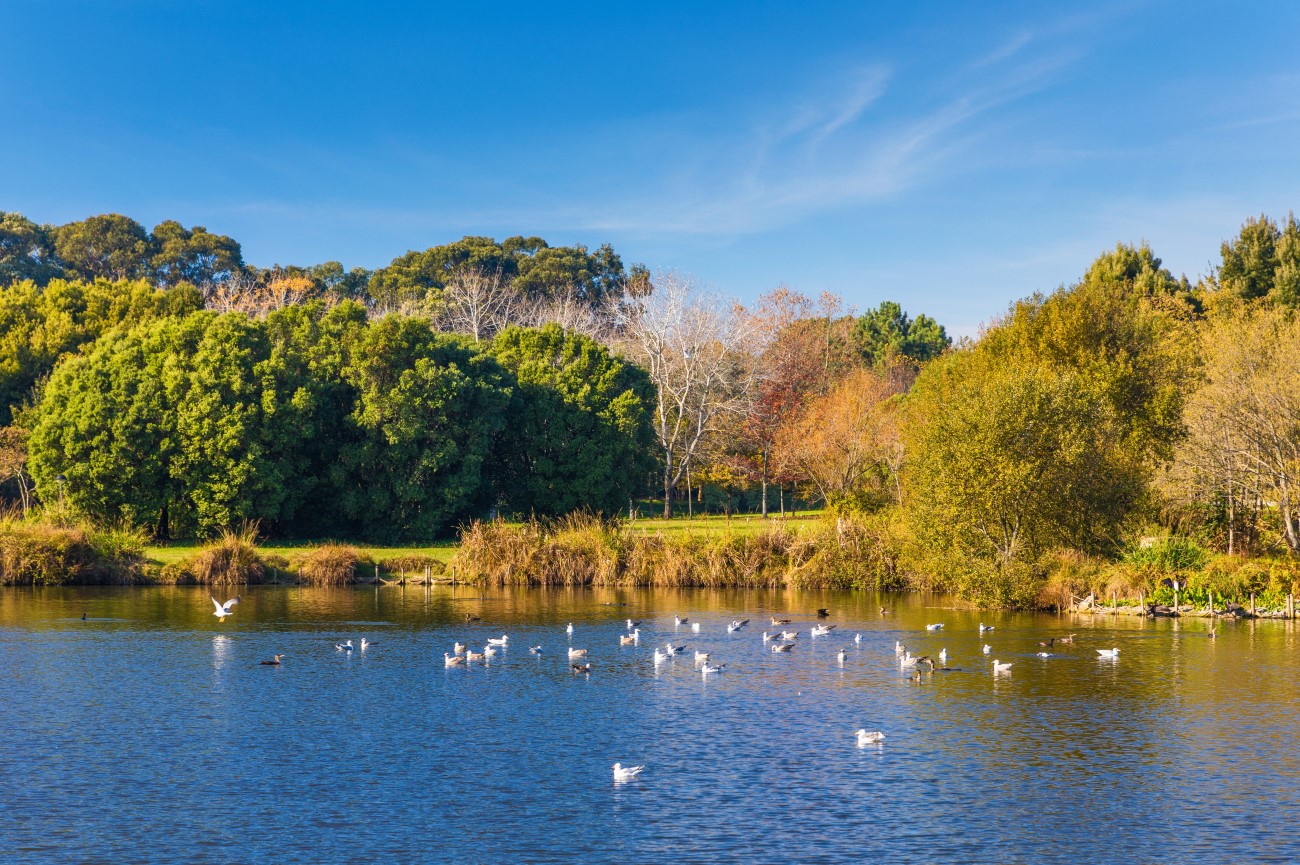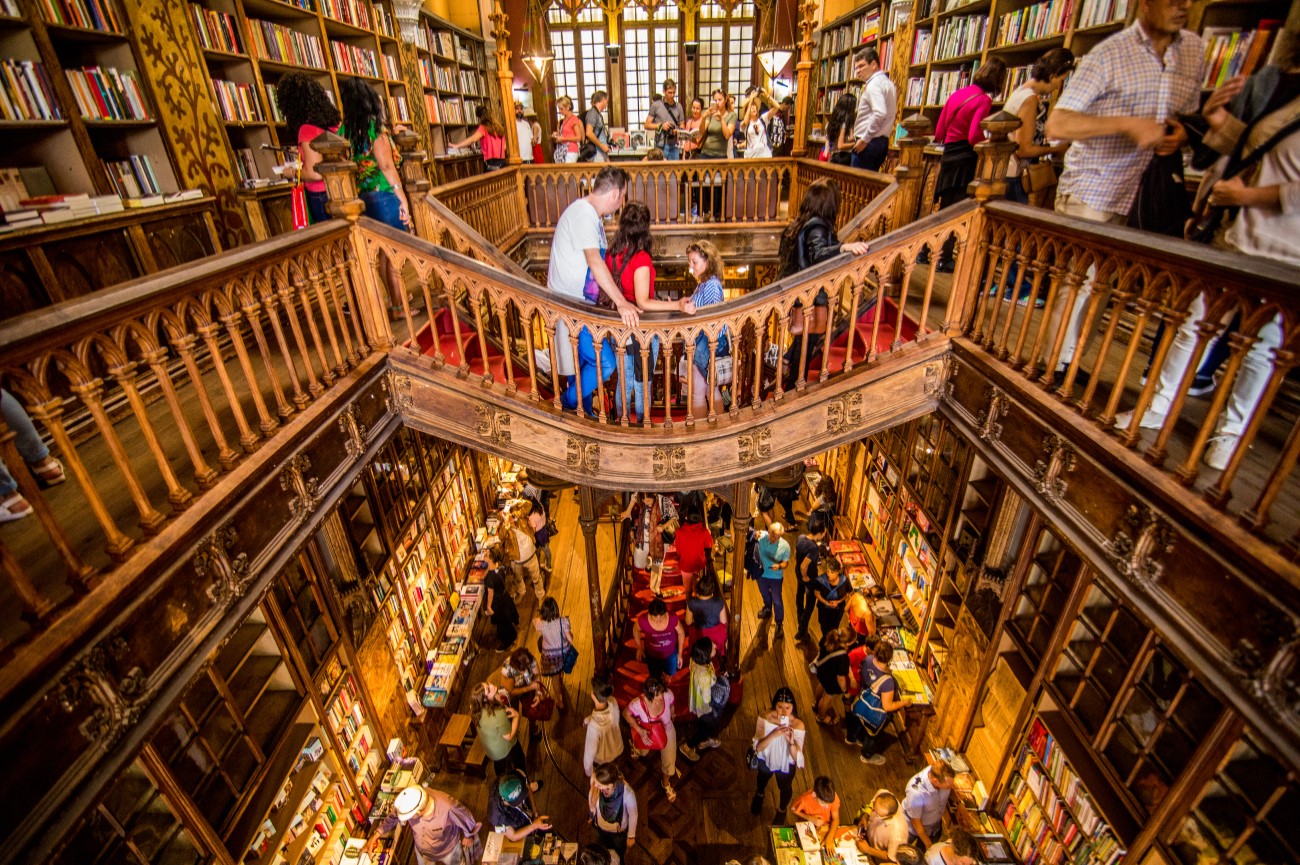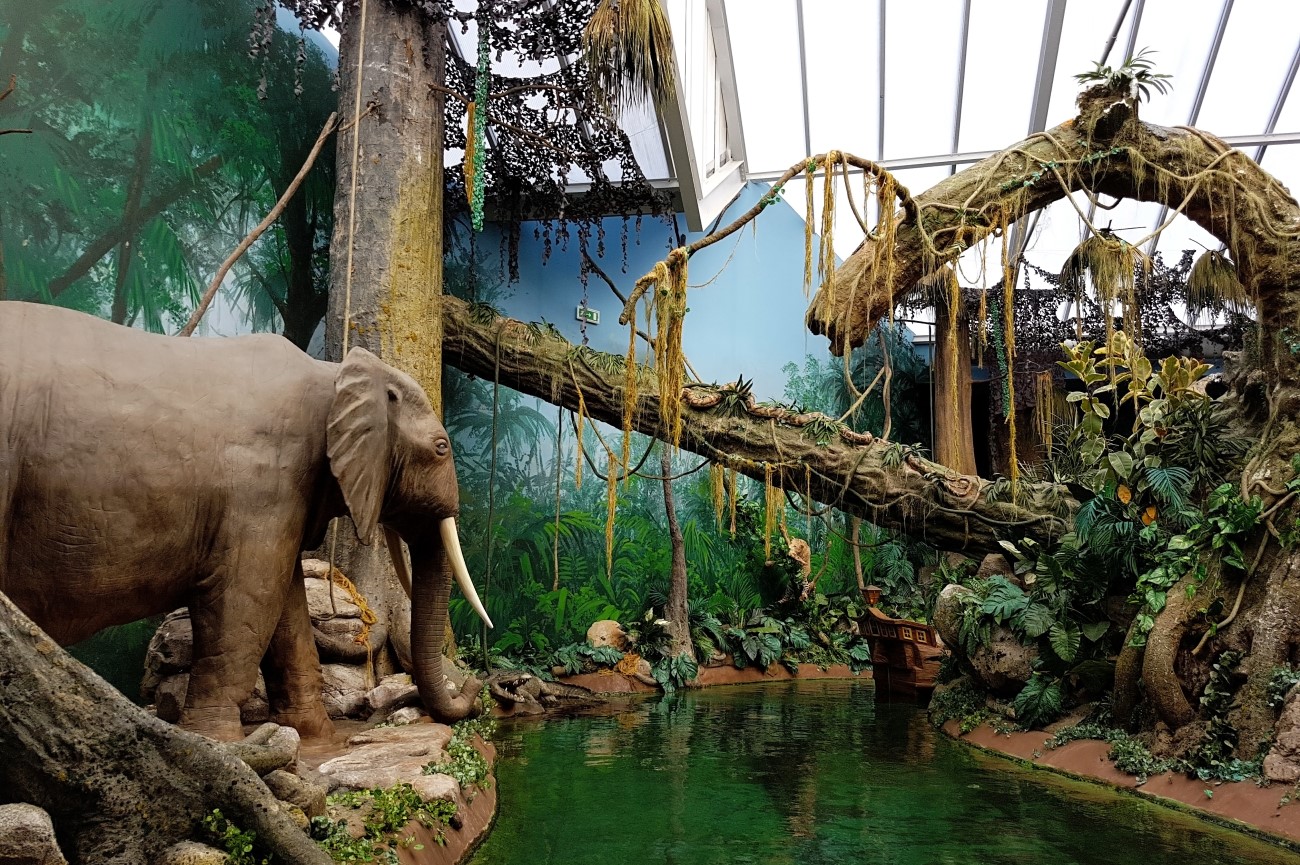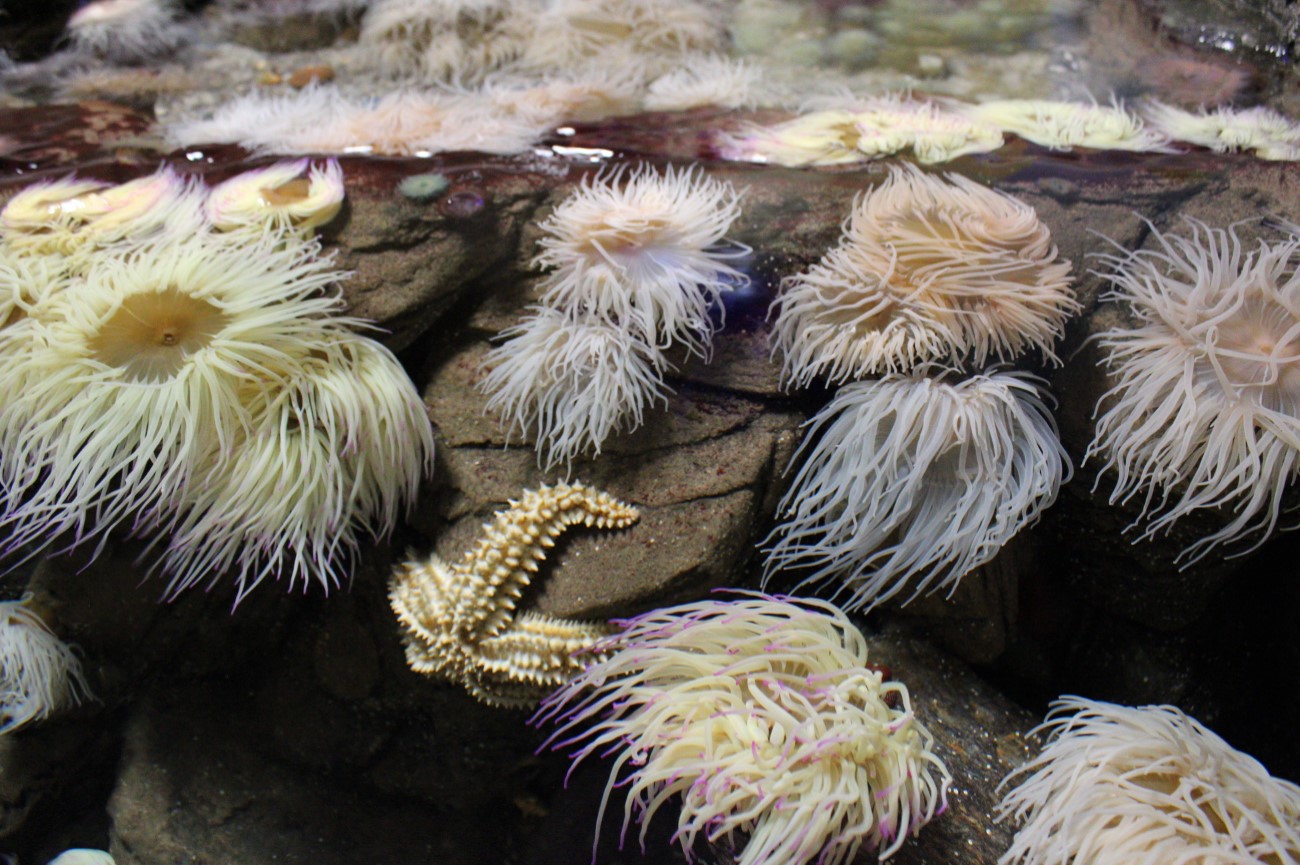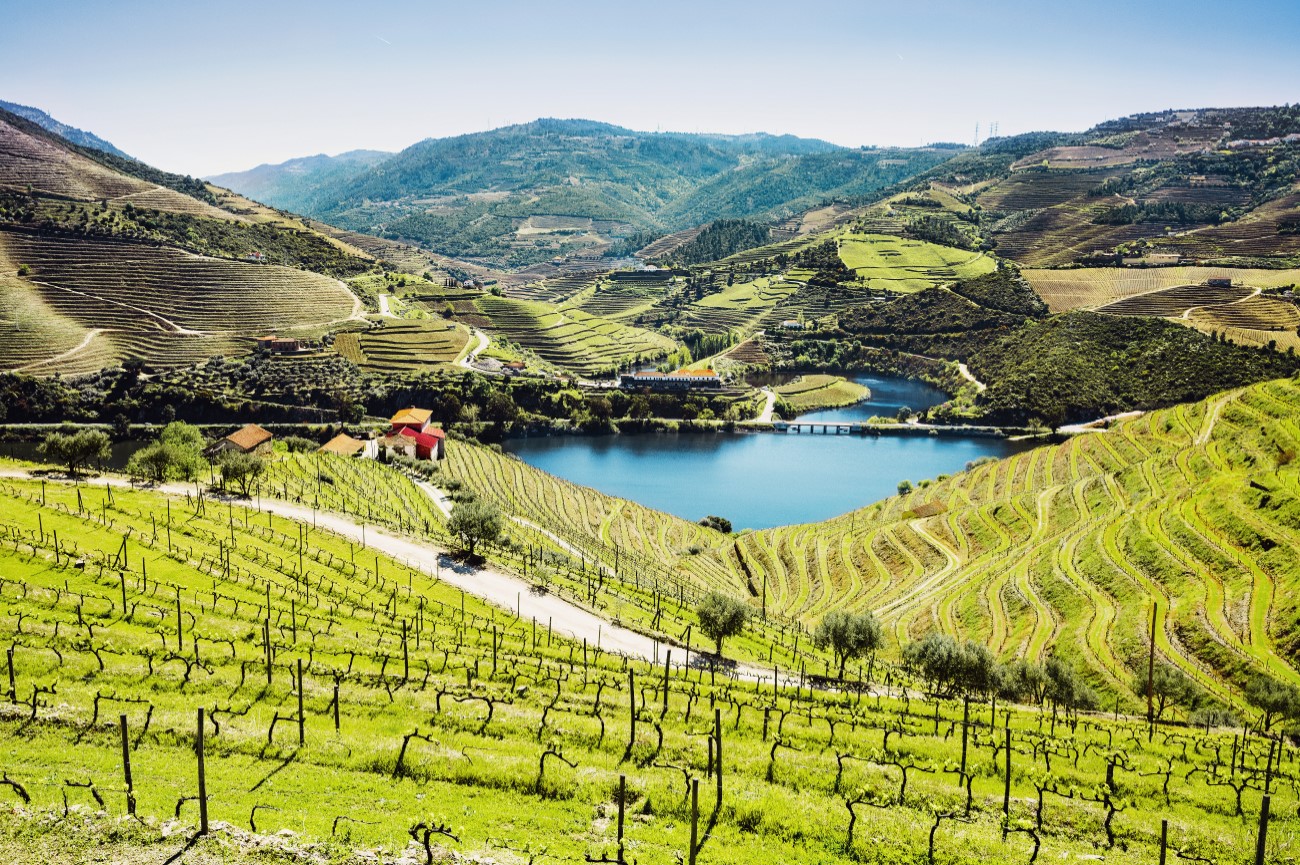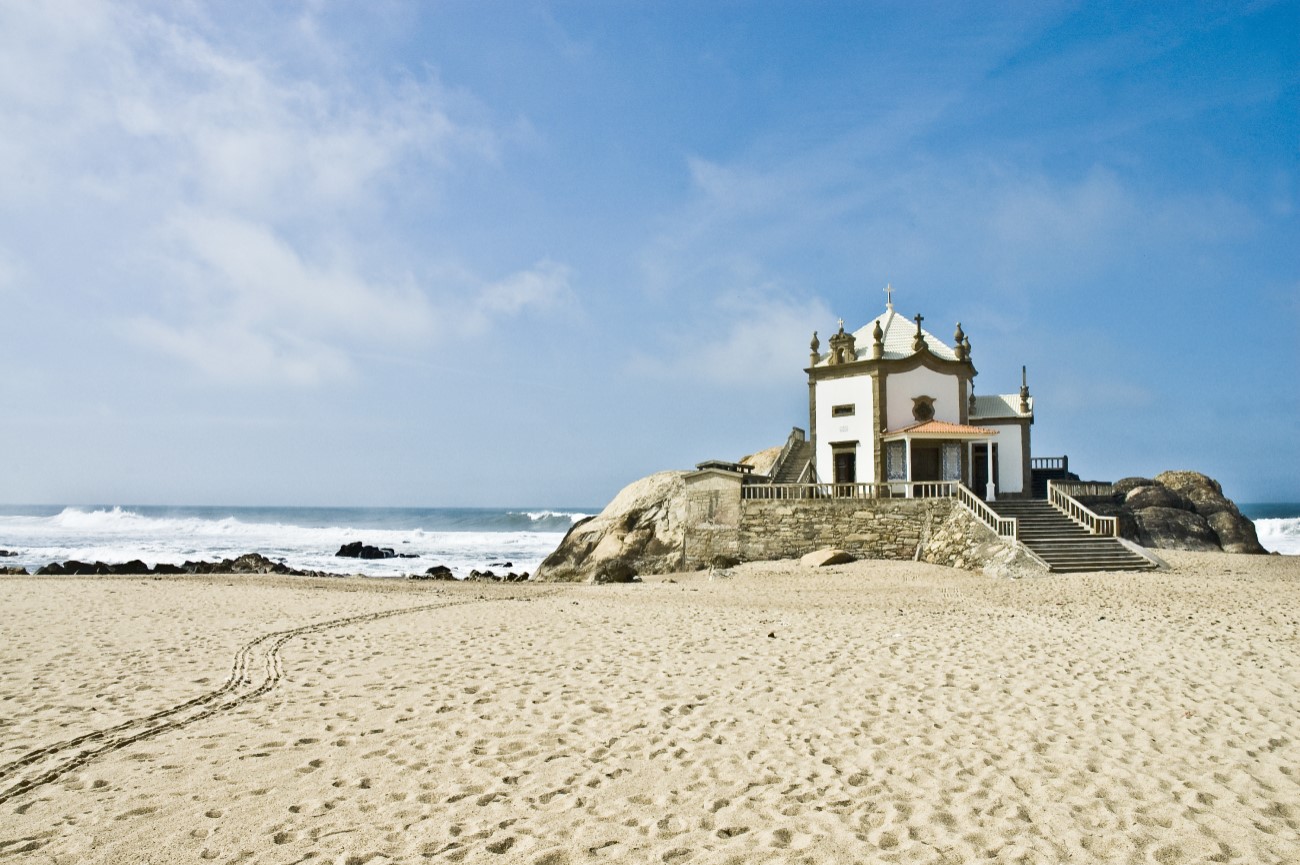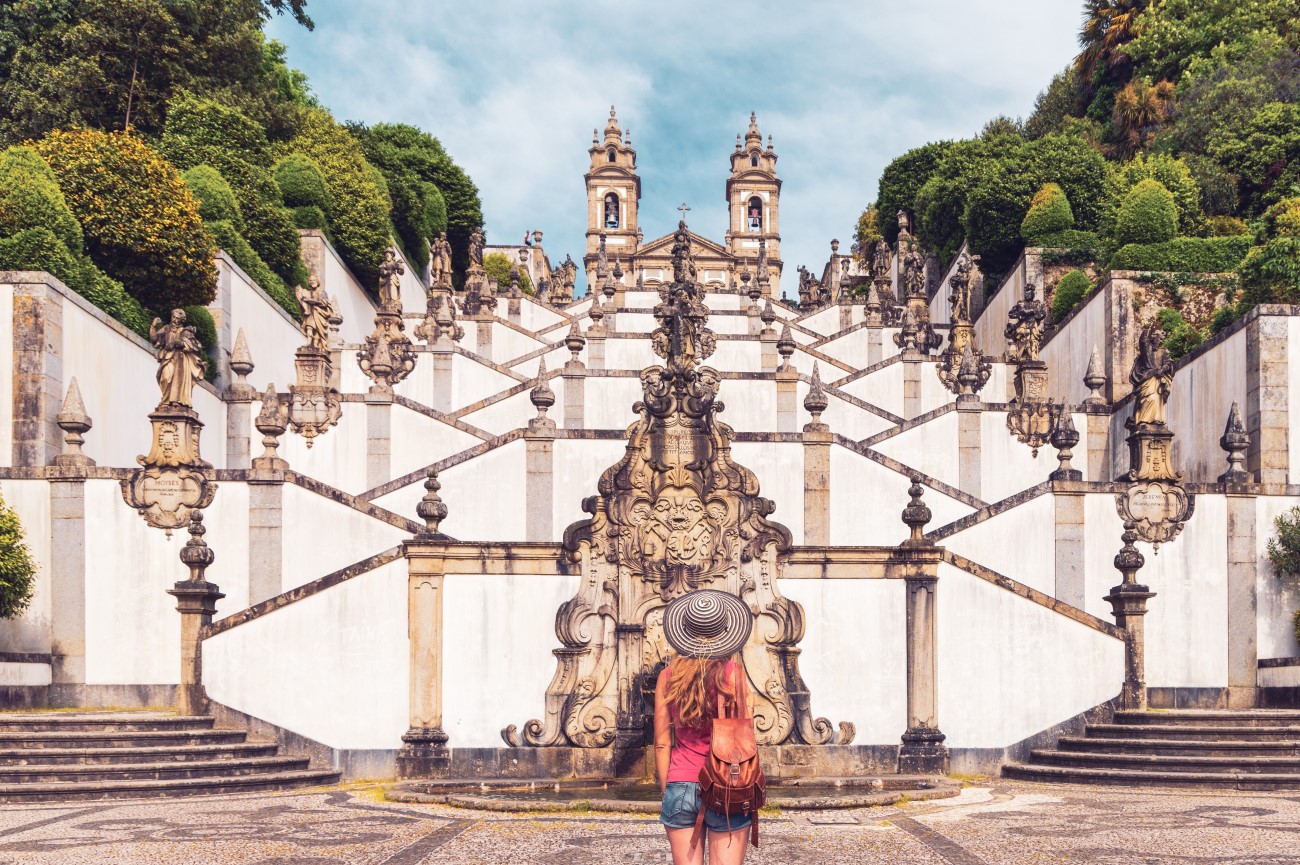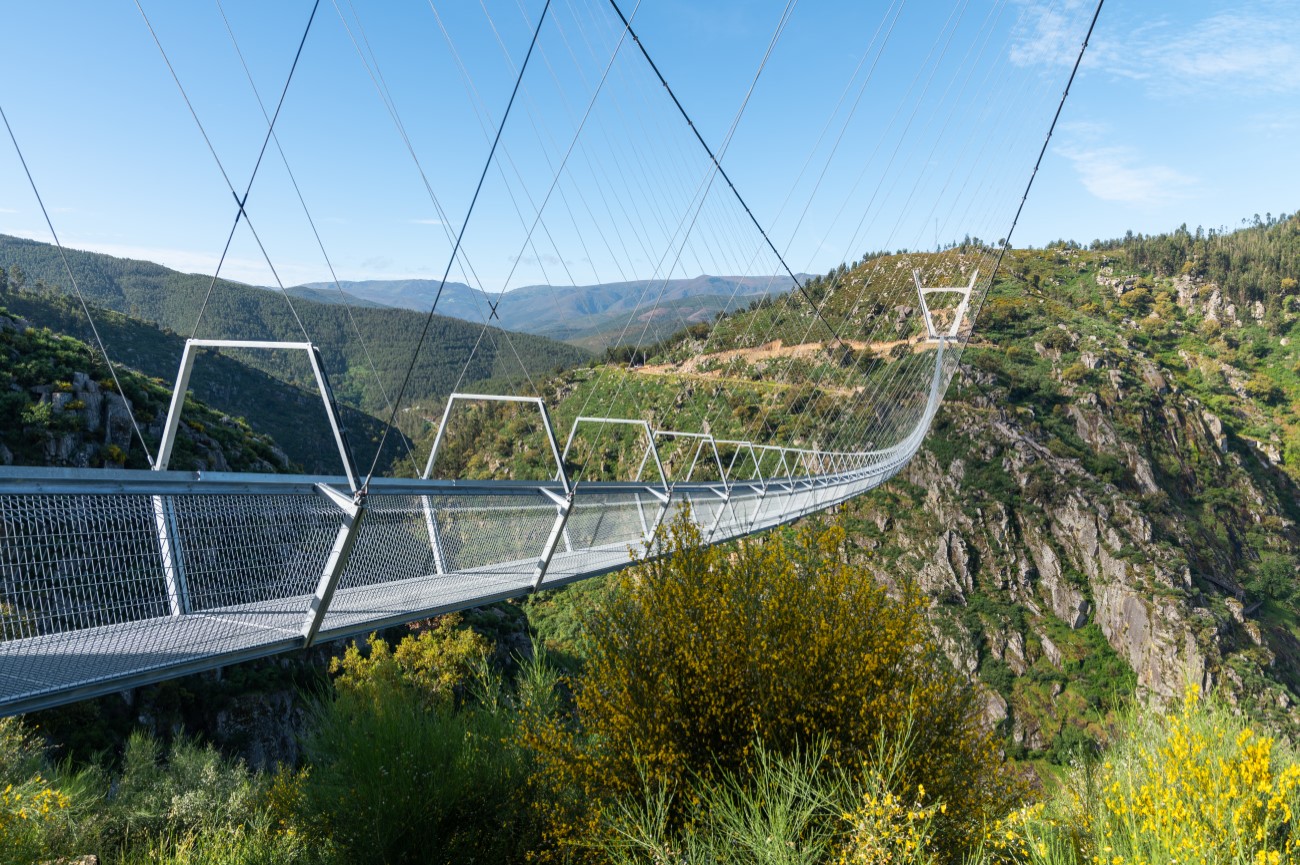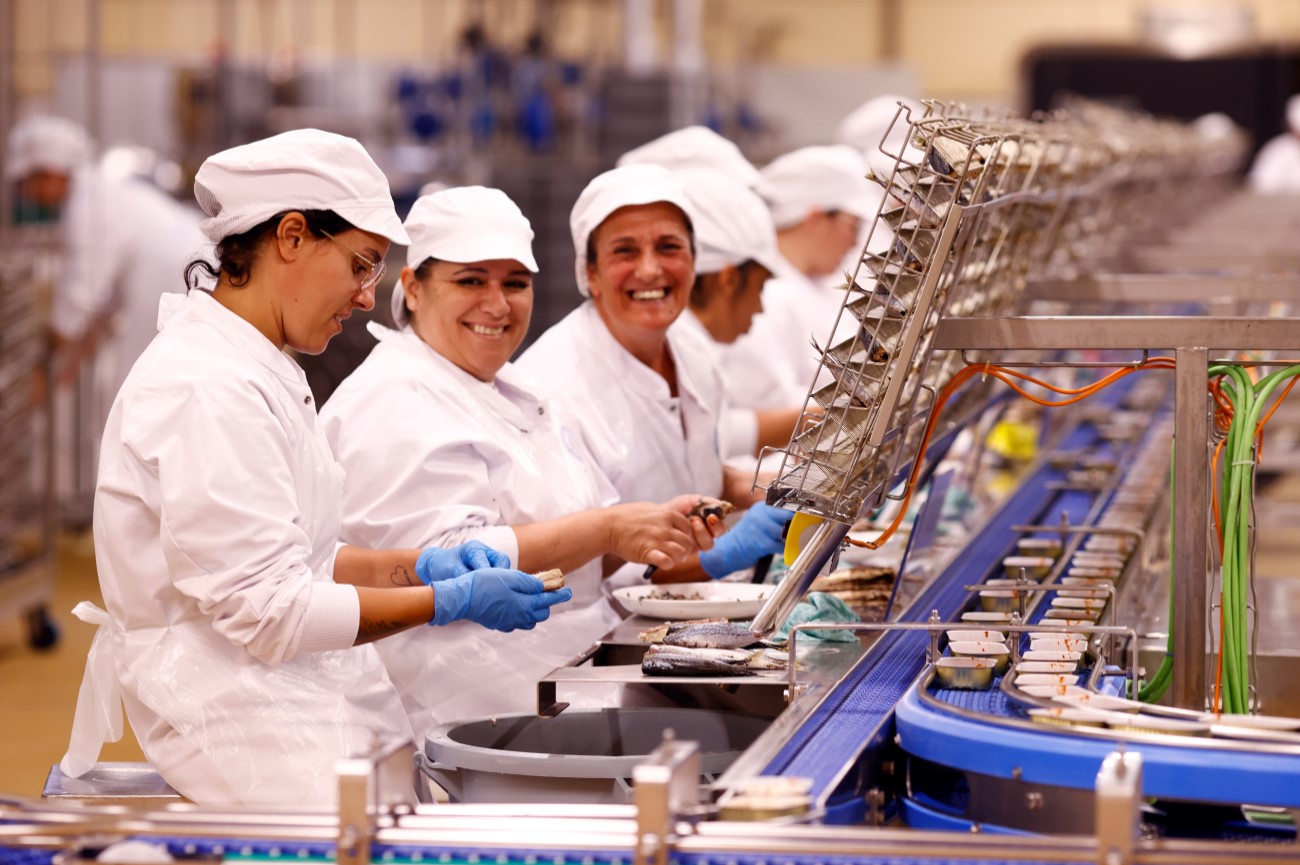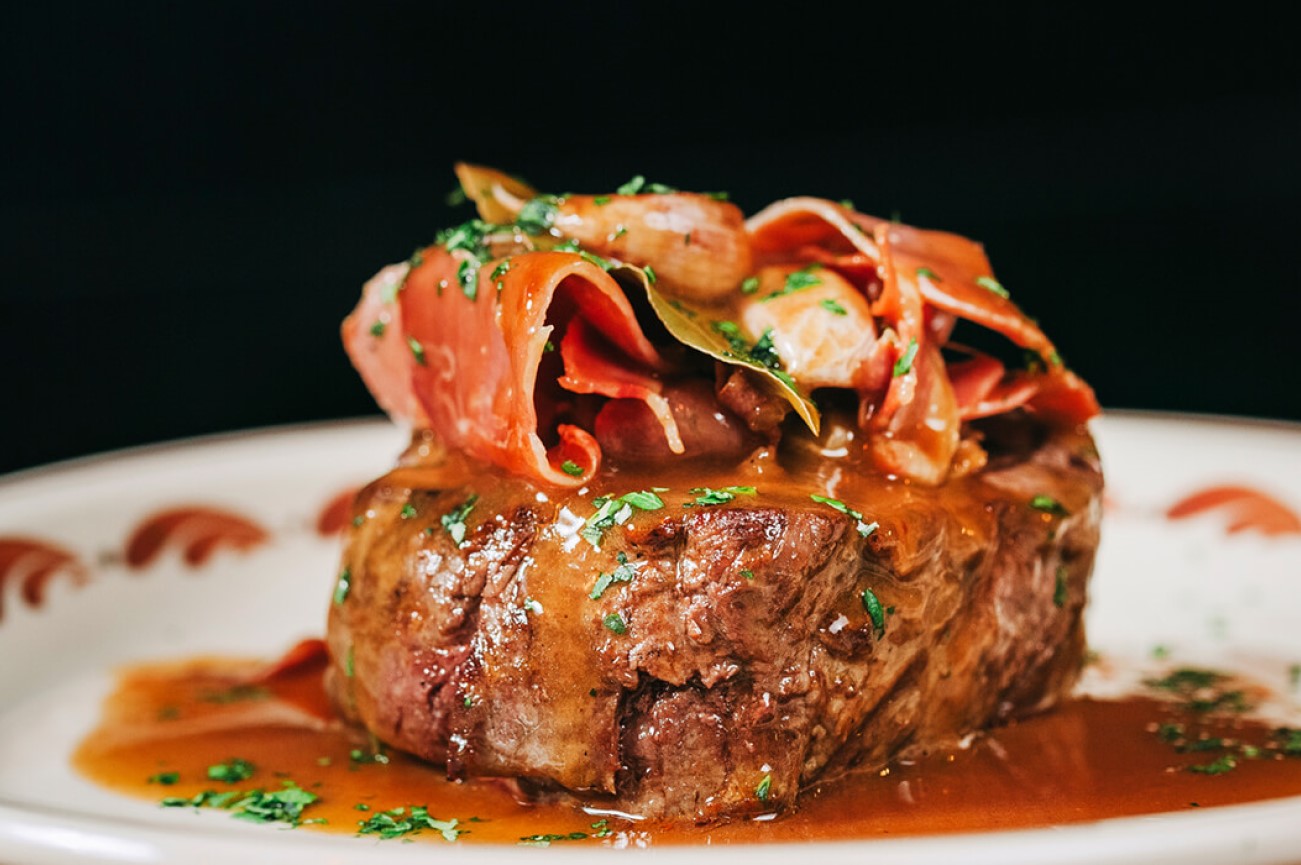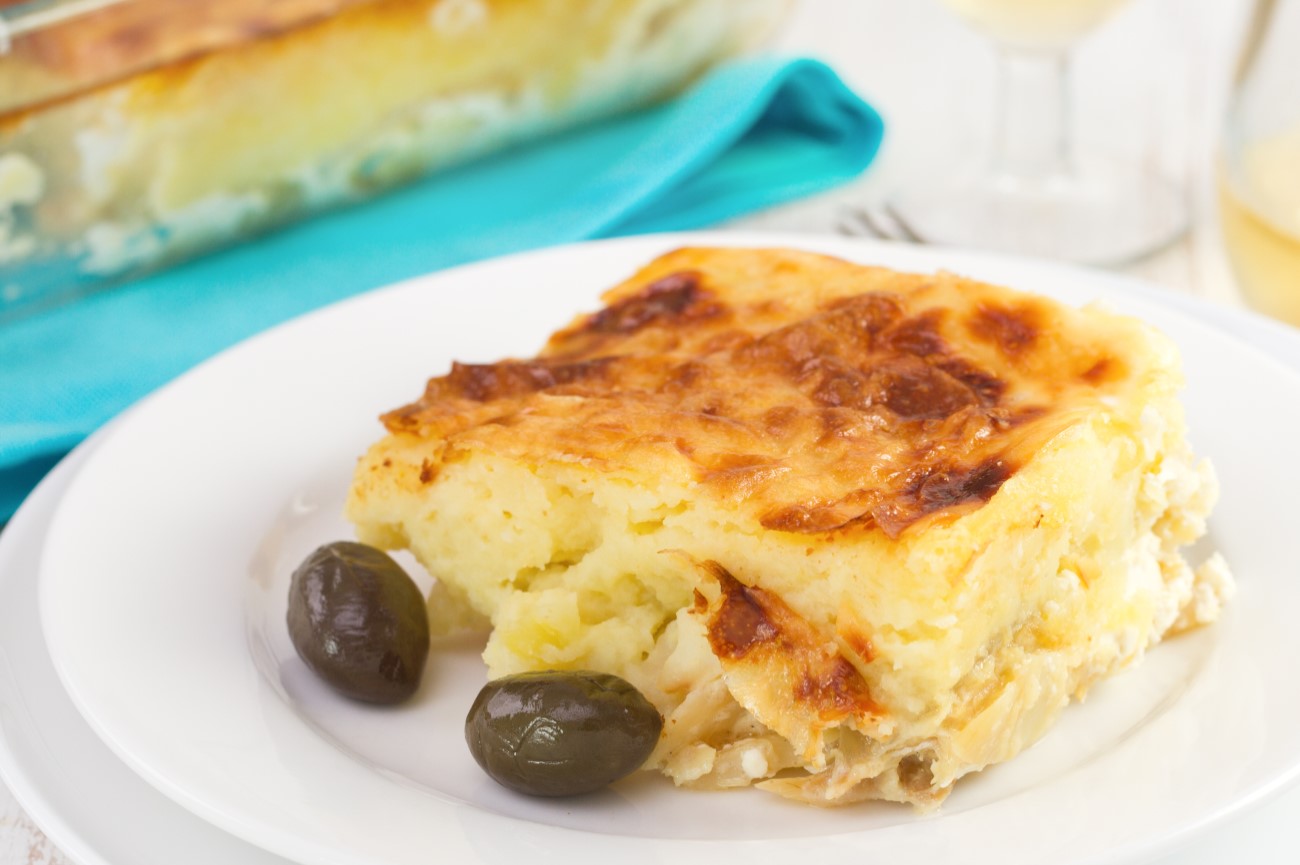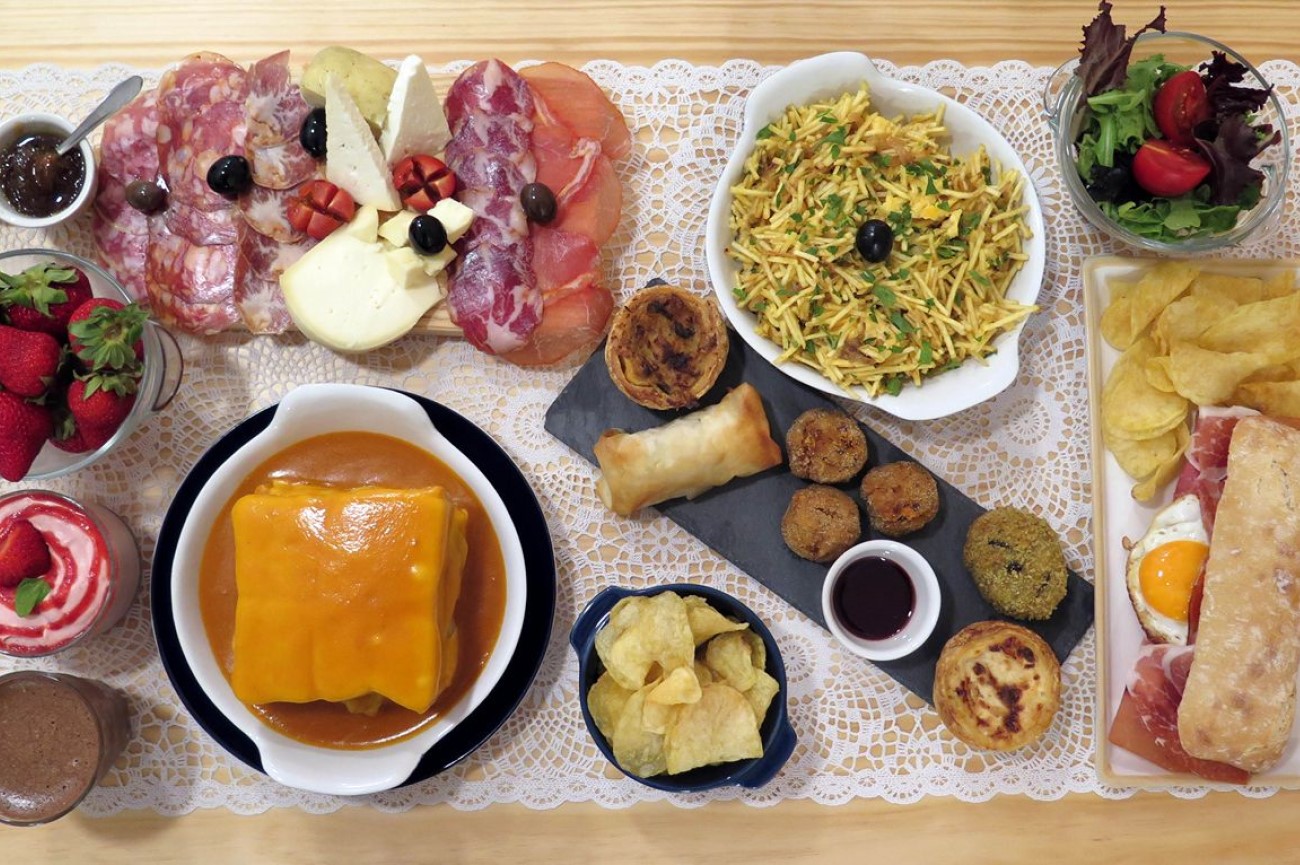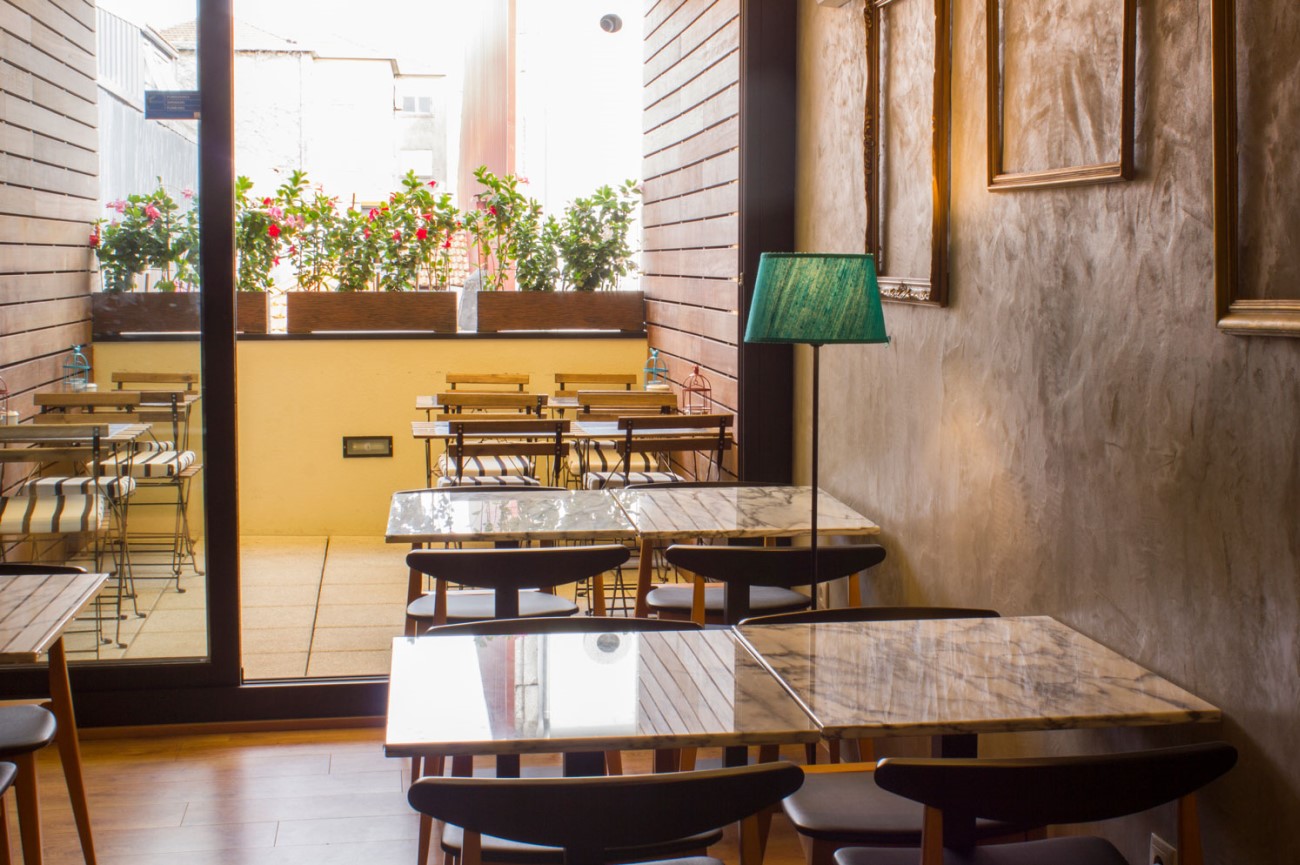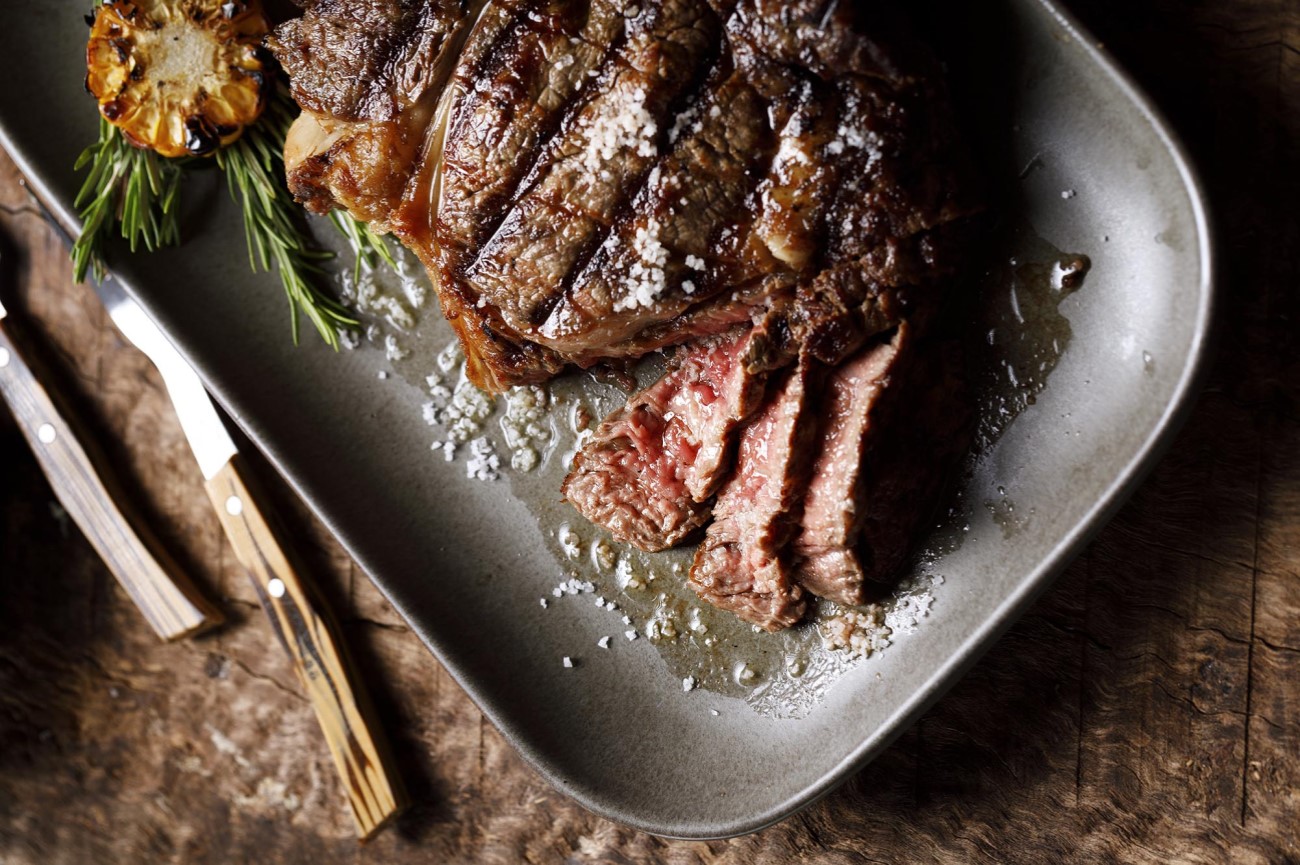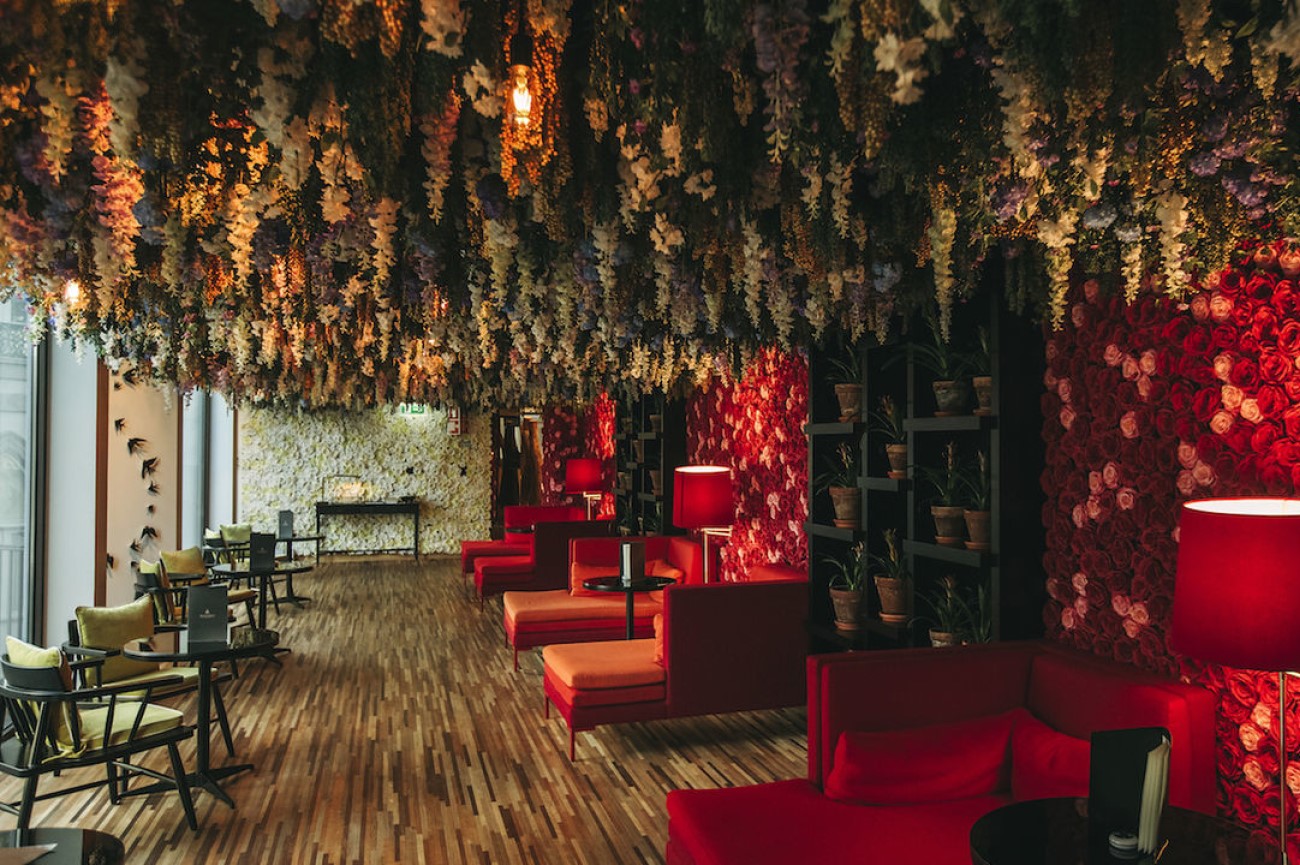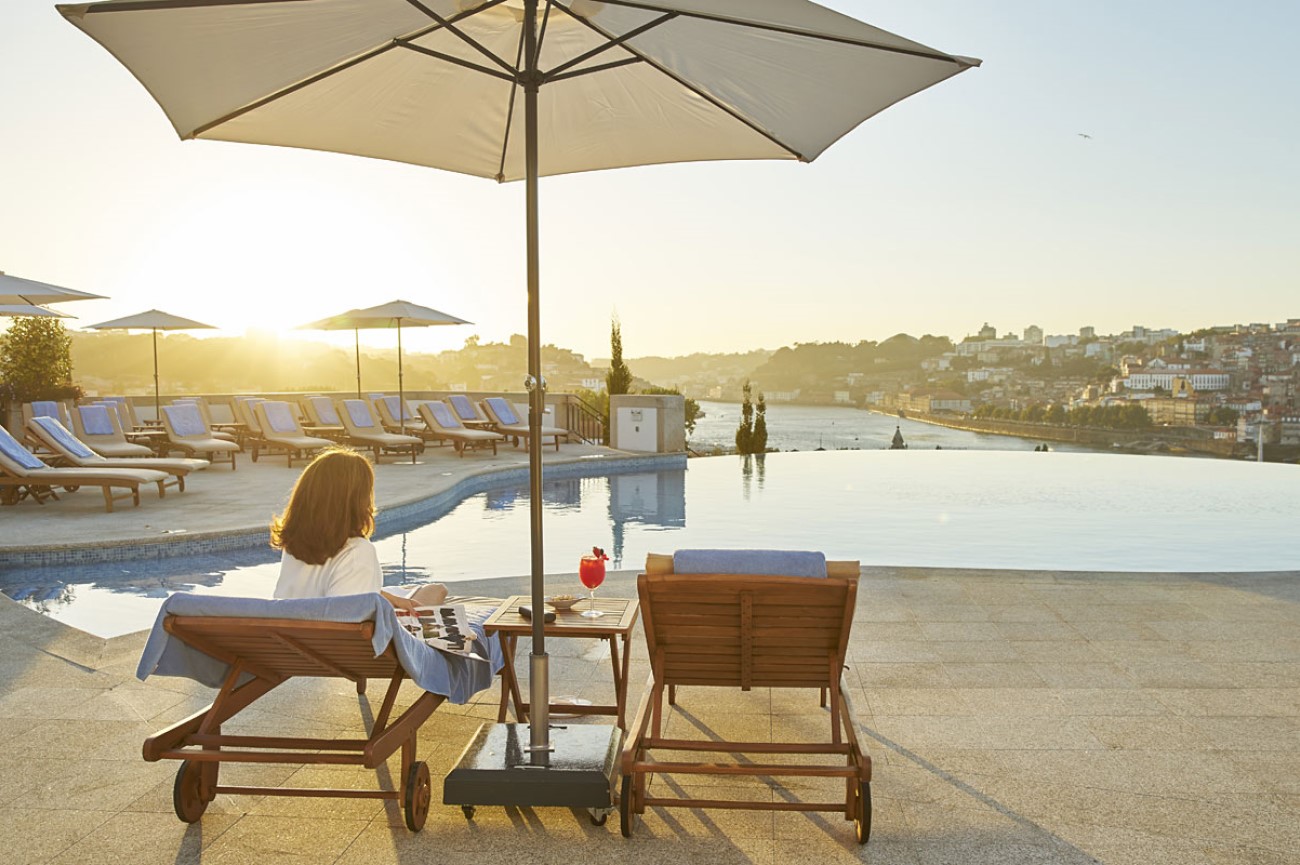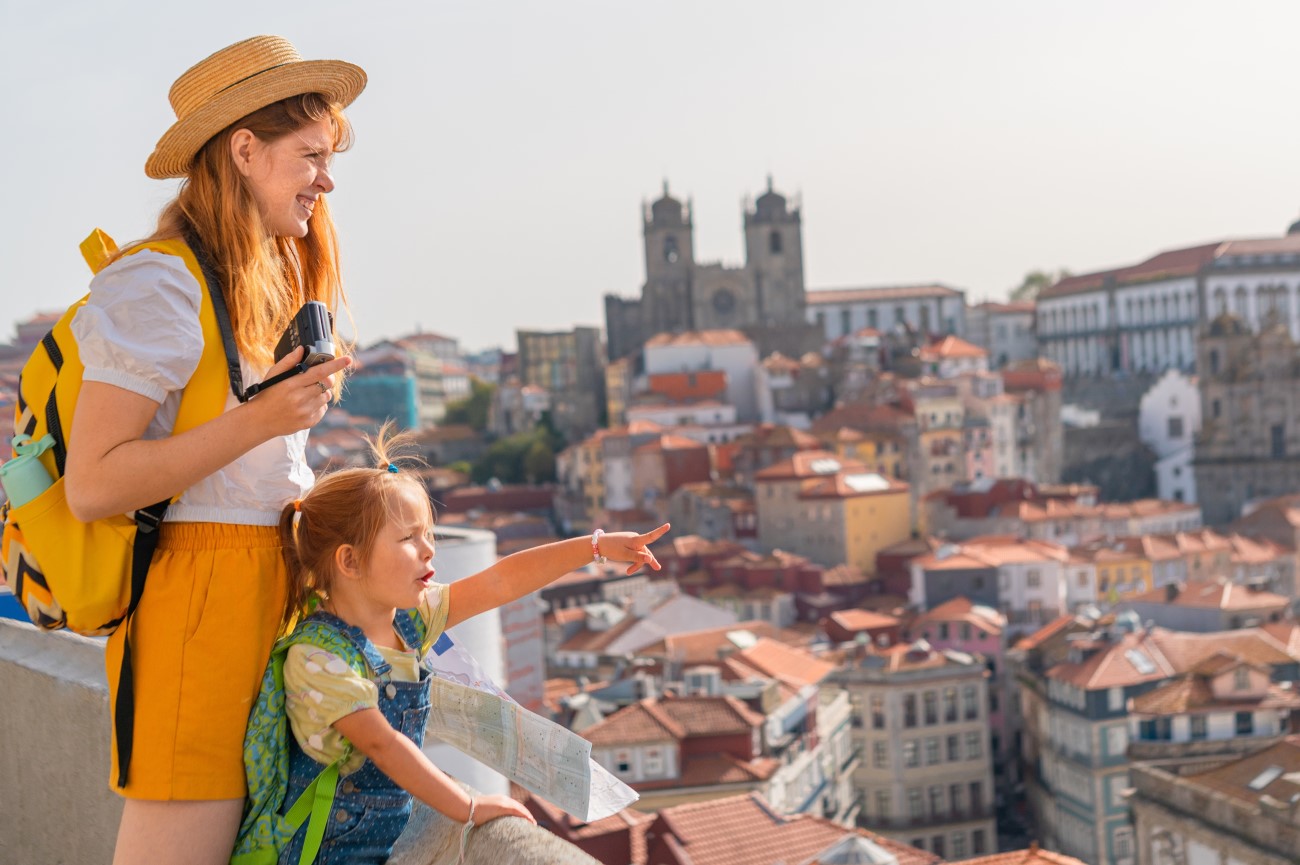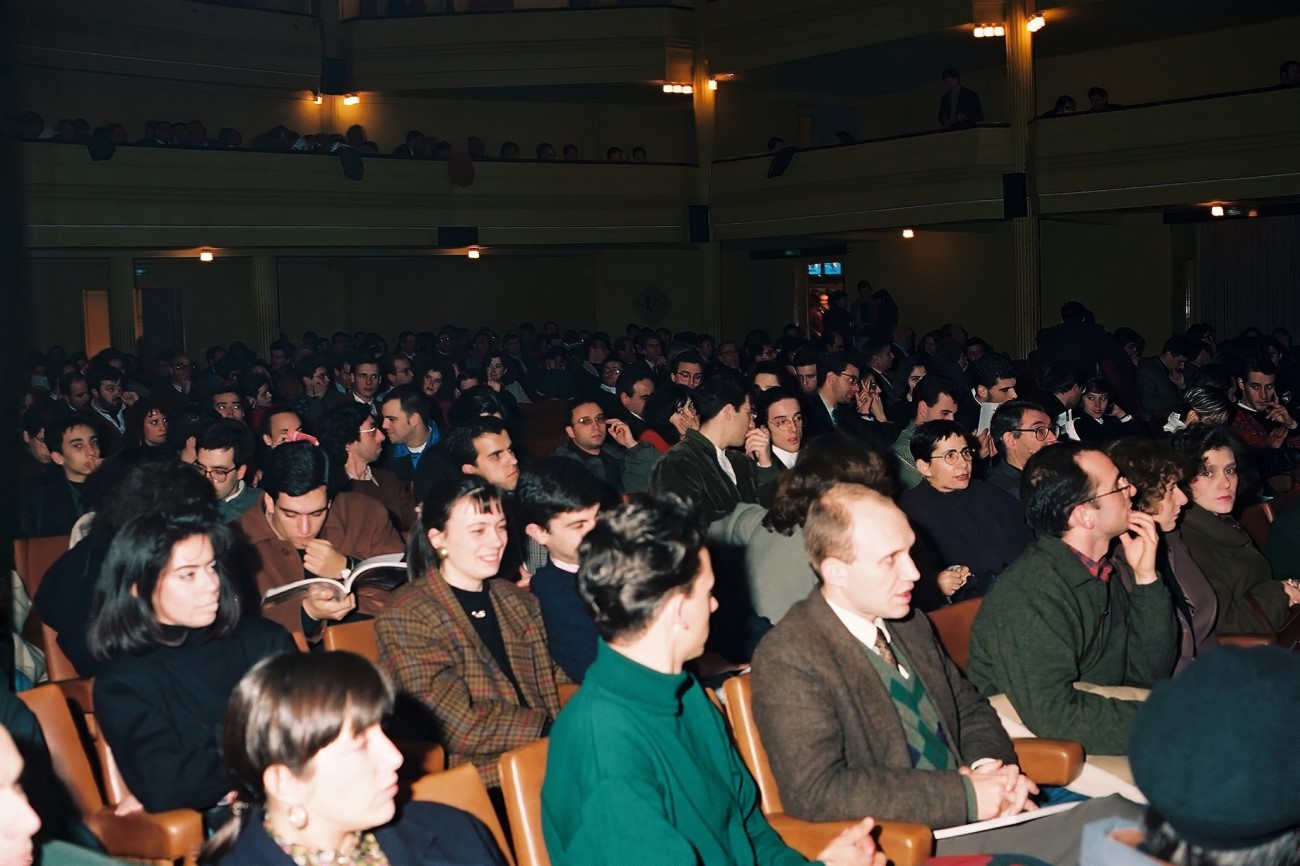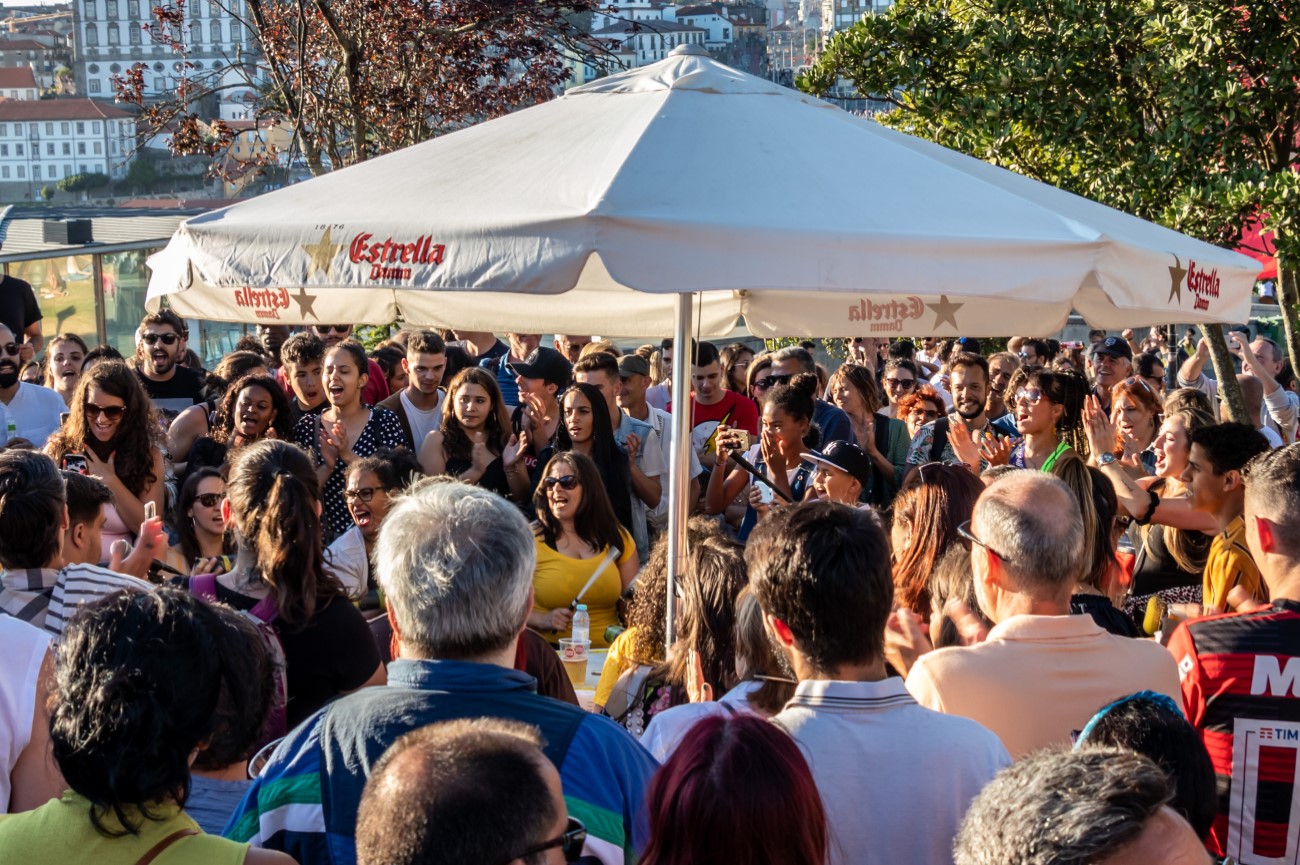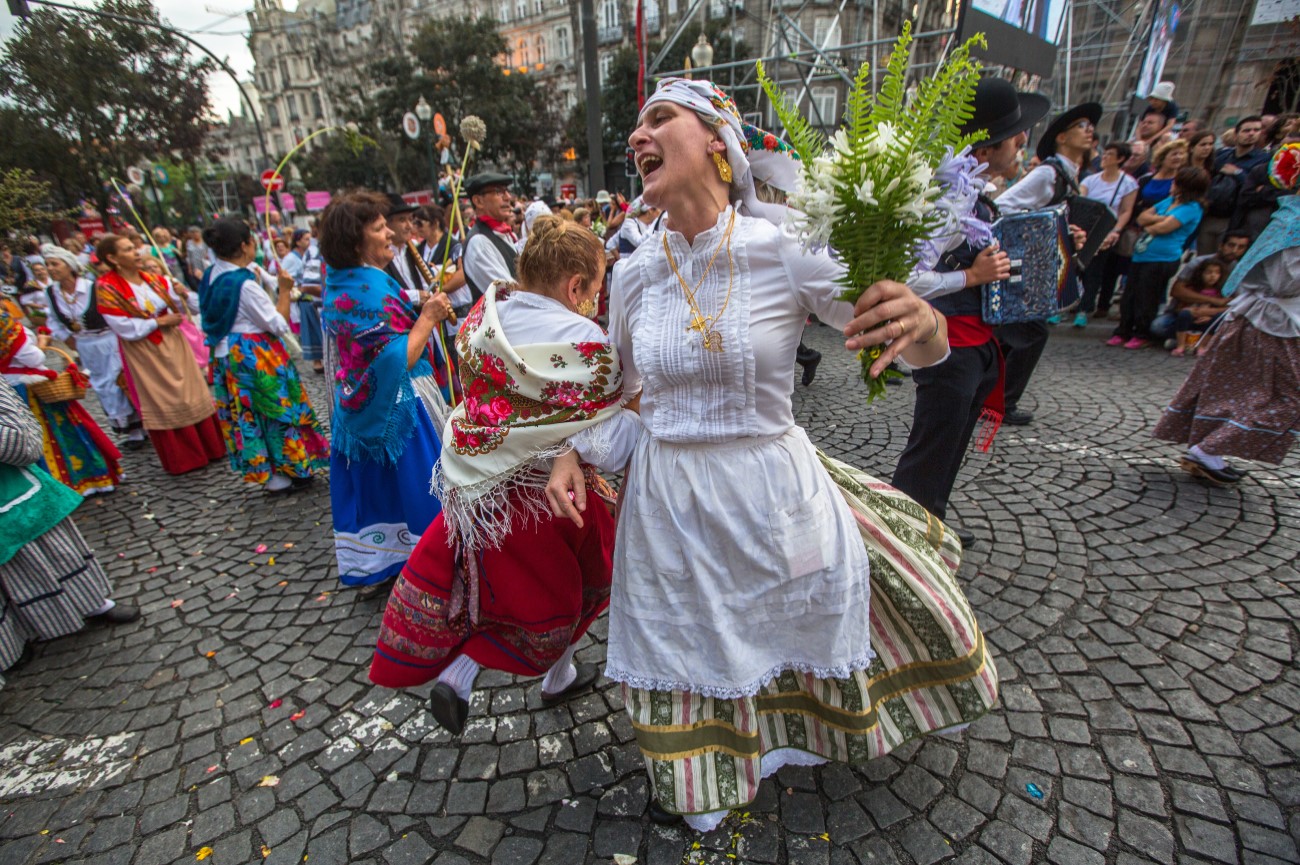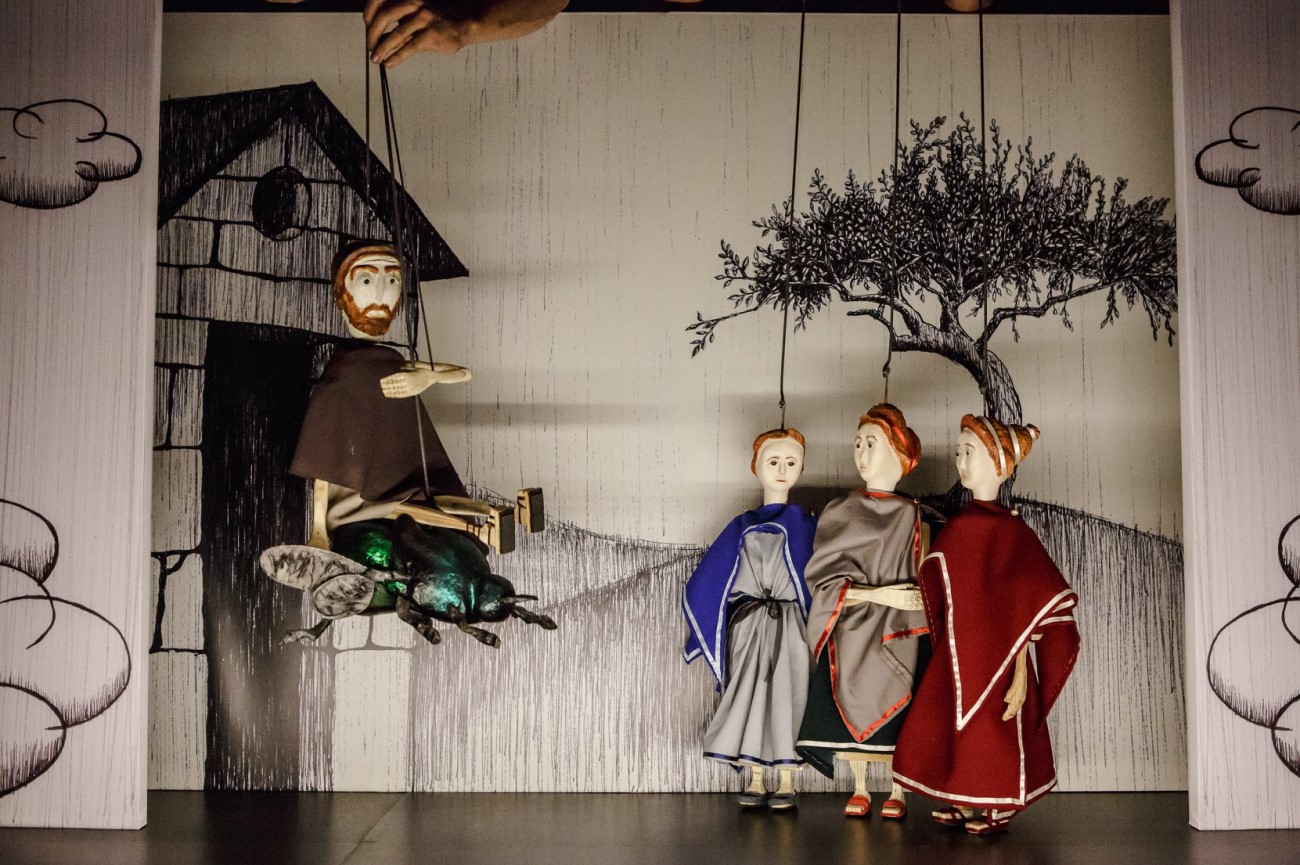Things To Do in Porto, Portugal
Known as the home of Port wine, Porto is one of the most visited cities in the North of Portugal. Here, historic monuments mix with contemporary buildings, and narrow streets lead the way to a riverside promenade framed by pastel-coloured buildings and outdoor cafés.
There are a lot of things to do in Porto, from visiting museums to boat trips along the Douro River and tours of Port wine cellars.
It's worth taking at least two days to visit this city. This way you can cover the main attractions and explore its surroundings, including the nearby beaches. With a few more days, you can also do a tour of the Douro Valley.
This Porto guide includes a 2-day Porto itinerary and features tips on where to eat and where to stay.
Day 1

Baixa And Ribeira - Morning
Spend your first day in Porto exploring the streets of Baixa and Ribeira. It’s here you’ll find most of the city’s landmarks, including the São Bento train station, the Clérigos Tower and Cais da Ribeira.
Start at Rua Santa Catarina and then make your way down to the riverfront, passing through gardens and little streets lined with traditional shops. Then cross to Vila Nova de Gaia or hop on a funicular back up to the cathedral in time for the sunset at Passeio das Virtudes and a visit to the Lello bookshop.
Follow us on our walking tour of Porto’s historic neighbourhoods so you don’t miss a thing.
Step Inside Café Majestic
Established in the 1920s, Café Majestic is one of the oldest cafés in Porto. It might be a bit touristy these days, but it’s still worth coming here to admire its lavish interior decorated in the style of the Belle Epoque. As you step inside, you can’t help feeling like you’re in a different era, surrounded by gilded woodwork, chandeliers and antique furniture. Look around and grab a quick coffee here before venturing around the city.
Admire The Сity of Tiles
It’s hard to look away from the bright tiles adorning Porto’s buildings. One minute you’re walking down the street, and the next, you’re stopping to capture a mesmerising façade covered with blue and white tiles. There are at least two places in the city worth passing through to admire its tile panels: the Igreja de Santo Ildefonso and the São Bento train station. Santo Ildefonso is a Baroque-style church featuring tiles from top to bottom that depict the life of Saint Ildefonso. Unlike the church, you’ll need to enter the São Bento train station to appreciate its full beauty. Around 20,000 tiles decorate the walls of this railway station, completed in 1903. These illustrate scenes of Portugal’s past, from its most memorable battles to the history of transport.
Other noteworthy façades in Porto include Capela das Almas and Igreja do Carmo.
Wander Around Praça Da Liberdade and Avenida dos Aliados
From the São Bento train station, you can continue to Praça da Liberdade. It’s one of the main squares in Porto and was once a meeting point for politicians and artists. The square leads onto to Avenida dos Aliados, a lively boulevard lined with modernist buildings, including the town hall, as well as several banks and restaurants.
Climb Up The Clérigos Tower
Rising amidst the historic centre is the iconic Clérigos tower. Designed by Italian architect Nicolau Nasoni, this 75-metre bell tower is one of Porto’s most famous landmarks. As pretty as it is on the outside, the main reason to go here is to capture the views. Climb the 240 steps to the top, and you’ll be rewarded with a view of the city’s skyline and the Douro river in the background. Attached to the tower is the Clérigos church, a striking example of baroque architecture also attributed to Nasoni.
Relax At Jardim Da Cordoaria
A few steps from the Clérigos tower is the Jardim de João Chagas, also known as Cordoaria. This quiet garden dates from the 19th century, but it was renovated in 2001 when Porto was nominated European Capital of Culture. Wandering inside, you’ll find a pond, wooden benches, and several sculptures made by Portuguese and Spanish artists. Nearby is the Portuguese Centre of Photography, where you can see old cameras and photo exhibits.
Shopping At Rua Das Flores
Rua das Flores is one of the most trendy streets in Porto. It’s full of cafes, restaurants and traditional shops where you can buy local souvenirs. Some of the best shops in the area are Tradições, which offers a variety of cork items and Claus Porto, which sells soaps with beautiful vintage packaging. As you walk through Rua das Flores, make sure to look up to admire the wrought-iron balconies and historic façades, some dating back to the 17th century. Also on this street is the Igreja da Misericórdia, a Baroque-style church designed by Nicolau Nasoni.
Porto Map Of Attractions (Morning)
Afternoon: Explore The Bolsa Palace
In the afternoon, you can continue your tour of Porto at the Bolsa Palace. Once home to the city’s Stock Exchange office, this historic monument offers more than meets the eye. Beyond its neoclassical façade is a series of magnificent rooms that will wow any visitor. There’s the Salão Árabe, with its stucco walls decorated with gold and Moorish motifs, and the Pátio das Nações, with its glass dome lined with the coat of arms of several countries. Every 30 minutes, there’s a guided tour of the palace.
Visit The Igreja De São Francisco
Right next to the Bolsa Palace is the Igreja de São Francisco. It may seem like a Gothic church at first, but when you enter, you’ll see a magnificent Baroque interior. Everywhere is covered with gold leaf, from the altar to the side chapels and its statues. Under the church are the catacombs, which hold the tombs of Franciscan monks, and an ossuary with hundreds of bones that you can see through holes on the floor.
Walk Along Cais Da Ribeira
If there’s a place in Porto that encapsulates the city, then it's Cais da Ribeira. Ribeira is Porto’s waterfront but also a historic neighbourhood. Flanked by pastel-coloured buildings, Cais da Ribeira is the signature image of Porto. As you walk along the riverbanks, you’ll see boats departing on half-hour city tours or day-long trips to the Douro Valley . Street musicians play in the background, and there are numerous cafés and restaurants with outdoor terraces that come alive early in the evening.
Standing amid it all is the imposing Ponte de Dom Luís I, a metal bridge designed by a student of Gustave Eiffel in the 19th century. If you’re only staying one day in Porto, you can take this opportunity to cross the bridge to Vila Nova de Gaia and a have a tasting in one of the Port wine cellars.
Take The Funicular Dos Guindais
From Cais da Ribeira, you can take a funicular up the hill. Completed in 1891, Funicular dos Guindais makes the connection between Ribeira and Rua de Augusto Rosa. The trip takes a little less than five minutes, but it’s a great way to avoid the steep hill while enjoying the views of the city’s medieval walls and the wine cellars across the river.
Grab A Drink At Guindalense Football Club
Not far from the funicular stop is the Guindalense Football Club. This unassuming sports association offers a terrace with a privileged view of the Dom Luís I Bridge. It’s a favourite spot with the locals who come here to grab a quick afternoon drink at the bar. Order a beer and join the young crowds watching the busy promenade below. If you visit during the São João festival in June, this is one of the best places to capture the fireworks. For this sort of events, you’ll need to book a table in advance!
Visit Porto’s Cathedral
Like the Clérigos tower, the cathedral is a trademark of Porto’s skyline, with its fortress-like towers rising above the Ribeira district. While established in the 12th century, it was renovated several times along the centuries, giving it a mix of architectural styles. The nave shows off its Romanesque origins, the rose window and the cloister give it a Gothic style, and there are also a few Baroque details around the church’s interior and exterior.
Admire The Sunset At Passeio Das Virtudes
As the sun begins to set, make your way to Passeio das Virtudes. This charming park has become one of the most sought-out viewpoints in the city. The views from here are incredible, stretching down to the river and the margins of Vila Nova de Gaia. Buy a bottle of wine or beer from one of the nearby bars and then come here to watch the sunset.
Step Inside Livraria Lello
The century-old Livraria Lello is only a few steps away from the Clérigos tower but, to avoid the crowds, it’s best to visit it in the afternoon. Founded in 1906, Lello is one of the most beautiful libraries in the world. It lures visitors with its ornate façade and Art-Nouveau interior featuring plastered shelves made to resemble wood, a stained-glass skylight and a quirky crimson staircase. Some say the library served as inspiration for the Harry Potter series written by JK Rowling, who spend a few years in Porto. To access the library, you need to purchase a voucher, but you can use it later to buy a book. There’s a vast collection of books in Portuguese, though you can also find English and French editions.
Nightlife At Galerias De Paris
If you’re still up for another drink or want to stay out partying, you should head to the Galerias de Paris. This street is the heart of Porto’s nightlife, and it’s brimming with bars and clubs. In the summer, you can find many people enjoying a drink outside their favourite bar or even going on a bar crawl. To make the most of it, you should come here after midnight, when the bars start getting busy. We suggest starting at the quirky Galerias de Paris, a cosy bar surrounded by vintage memorabilia. From there, you can continue to Casa do Livro, a former bookshop converted into a bar, or to La Boheme for some wine.
Porto Map Of Attractions (Afternoon)
Day 2

Porto, Vila Nova De Gaia And Beyond
Once you’ve seen Porto’s main sights, you can experience other activities like a cruise along the Douro river or a Port wine tasting in Vila Nova de Gaia, if you didn’t make it the day before.
In the afternoon, you can head to Serralves to visit the contemporary art museum and then continue west towards the coast and wander around the beaches of Foz and Matosinhos.
Below is an itinerary of things to do on your second day in Porto.
Douro River Boat Trip- Morning
One of the best things to do in Porto is to take a cruise along the Douro river. Several boat trips depart from Cais da Ribeira. You can book the Six Bridges Cruise, a one-hour tour that follows the old wine merchants route, passing through Porto’s historic bridges. Or, if you have more time, you can take a one-day cruise to towns like Régua or Pinhão located along the Douro Valley. These cruises will often include breakfast and lunch.
Admire The Views From The Monastery Of Serra Do Pilar
You’ll probably spot the Monastery of Serra do Pilar during your cruise, but it’s worth climbing up there for the panoramic city views. Set in Vila Nova de Gaia, just across the river from Porto, this 17th-century monastery stands out on a hill with its circular cloister. From here, you can admire the Dom Luís I Bridge and the multicoloured façades of Cais da Ribeira on the other margin. It’s also a great spot to watch the sunset. If you don’t fancy walking, you can hop on the cable car.
Explore WOW - World of Wine
Part of Vila Nova de Gaia’s port wine cellars were recently converted into a large cultural district known as WOW or World of Wine. Inside, visitors will find seven museum experiences: the Wine Experience, Pink Palace, Planet Cork, Porto Region Across the Ages, The Bridge Collection, The Chocolate Story and The Atkinson Museum. The Wine Experience takes you on a journey through the world of wine, covering the traits of each grape variety and the various wines produced across Portugal. If you want to learn more about rosé wine, you can also visit the Pink Palace. Both experiences end with a tasting. Planet Cork showcases interactive exhibits about the country's cork industry, while the Porto Region Across the Ages covers the history of the city through several icons, including a replica of a life-sized tram. The Bridge Collection works as an archaeological museum featuring over 2,000 artefacts related to the ritual of drinking, and the Chocolate Story goes into the history of cocoa and includes a tour of a working chocolate factory. Finally, there's the Atkinson Museum, which works as an art museum.
You can buy a ticket for one museum or a package for two, three or five museums. These last two are valid for three months. There are also discounts for families. Alongside the museums, there is also a wine school, shops and multiple restaurants, bars and cafés. From the outdoor terrace, you can capture the Dom Luís I Bridge and the city of Porto.
Visit A Port Wine Cellar
While in Vila Nova de Gaia, you must visit the Port wine cellars. There are dozens of lodges on this side of town where you can taste Vinho do Porto , a delicious fortified wine often paired with dessert. Most of them will offer a guided tour where you’ll learn the history of the brand, as well as the process of making Port wine, how it’s stored and the different varieties you can find, from Tawny to Ruby. We recommend trying Graham’s Port Lodge, a hilltop cellar where you can enjoy your wine with a view of the city, Caves Ferreira, a Portuguese brand created by a local woman in the 18th century and Churchill’s, where you can sample vintage port.
Porto Map Of Attractions (Morning)
Afternoon: Wander Around The Jardins Do Palácio De Cristal
In the afternoon, head back to Porto and go for a stroll around the Jardins do Palácio de Cristal. Overlooking the Douro river, these picturesque gardens are only a few minutes away from the city centre but far from the hustle and bustle. Inside, there are fountains, sculptures, a rose garden, and a variety of tree species. If you’re lucky, you might even run into a peacock or two. Dotted around the gardens are several buildings, including the municipal library, the Museu Romântico, and the Palácio de Cristal, a modern dome pavilion that often hosts sporting events and concerts.
Visit The Serralves Museum
From Palácio de Cristal, take a bus or drive up to the Serralves Foundation. This cultural institution is home to a remarkable contemporary art museum designed by local architect Álvaro Siza Vieira. The museum holds a collection of artwork that ranges from the 1960s to the present days. Next to it is the Casa de Serralves, a striking pink-washed building decorated in Art Déco style. Both these buildings stand inside a magnificent 18-hectare park featuring a lake, romantic gardens and colourful art installations. You can visit each attraction separately, but to make the most of your visit, you should get the all-included ticket.
Explore Foz Do Douro
Foz do Douro is a seaside neighbourhood located 5km away from Porto’s city centre. For a while, it used to be a fishing port, but today, it’s one of the most affluent areas in the city featuring numerous mansions. It’s where the Douro river meets the Atlantic, so you’ll find many beaches around this area, which we’ll get to in a second.
Start your tour at the Farol de São Miguel and then walk along the Jardim do Passeio Alegre, a 19th-century garden with an outdoor kiosk and a mini-golf course. From there, follow the tree-lined promenade along the sea, stopping to admire the views at the Farol de Felgueiras and the Forte São João Batista. Capture a picture under the Pérgola da Foz, and then continue down to the Forte São Francisco do Queijo, a 17th-century stronghold sitting on an outcrop overlooking the ocean. Along the way, you’ll also pass by numerous bars and restaurants where you can grab a drink.
Relax By The Beach
During your visit to Foz, you should also stop by the beach. The best beaches near Porto are Praia do Homem do Leme, Praia de Gondarém and Praia de Matosinhos. Homem do Leme is ideal for families as there’s a playground for kids behind the beach and plenty of restaurants to grab a meal. Gondarém offers a quiet sandy stretch with calm waters that are ideal for a swim. Finally, there’s Praia de Matosinhos, a beach famous for its strong waves that attract a crowd of surfers and bodyboarders all-year-round.
Take A Stroll Around Parque Da Cidade
Before returning to the city centre, you can take a walk around Parque da Cidade. Stretching for 83 hectares, it’s one of the largest urban parks in Portugal with a seafront view. Within the park, there are numerous facilities, including tracks for running and cycling, as well as sports fields for football and volleyball. There’s also a lake with ducks and swans swimming around, and plenty of space for picnics.
Porto Map Of Attractions For the Afternoon Tour
Things to do with kids in Porto
Porto offers plenty of family-friendly attractions and activities. The church attached to the Clérigos tower, for example, welcomes immersive video mapping shows that are ideal for the whole family. They take place every evening and are free for children under 10. If you're kids are into books, they might enjoy a trip to Livraria Lello, which vaguely resembles a library from the Harry Potter series.
While you can explore most of the city on foot, you can also save your legs by taking the historic trams, the funicular of Guindais or the cable car in Vila Nova de Gaia for a sightseeing tour. Many museums offer discounted fees for children, including WOW. Besides visiting the exhibits, you can participate in chocolate-making workshops or tastings. Near Parque das Virtudes is the World of Discoveries, an interactive museum with life-sized ship replicas and exhibits covering the history of Portugal.
The city also has many parks and gardens where you can go for a walk or a picnic, including Jardins do Palácio de Cristal and the Parque da Cidade, which houses a fun science centre. In the summer, you can hit the beaches of Foz do Douro and Matosinhos. This last one is also home to the Sea Life Porto, an aquarium housing thousands of creatures like sharks and jellyfish.
Day trips from Porto
After visiting the main attractions in Porto, you should take a few days to explore the Douro Valley or other places nearby. We suggest Miramar, Braga, Guimarães, Arouca or Lamego.
The Douro Valley is one of the oldest wine regions in the world and has been a UNESCO site since 2001. Its vineyards sit on a dazzling landscape made of hills with the Douro river at its feet. Here, you can do vineyard tours, wine tastings or even participate in the harvest in autumn. Start at Peso da Régua, then move on to Pinhão and Vila Nova de Foz Côa, ending with a cruise at Miranda do Douro. There are many ways to travel around the Douro Valley. You can take a boat trip from Porto, hop on the historic train or drive through it as we did on our Douro Valley Tour.
A few miles south from Porto is the seaside town of Miramar. It’s famous for its beach which features a 17th-century chapel jutting out into the ocean— a favourite spot to capture the sunset. Beyond the beach, Miramar offers an upscale golf course and a sports club renowned for its tennis courts.
To the north, you can visit Braga and Guimarães. Braga is one of the largest cities in Portugal, following Lisbon and Porto. It’s home to a series of churches, but the Sanctuary of Bom Jesus do Monte is the city’s crown jewel. Sitting high above a hill, it features a striking stairway adorned with statues and fountains. Dotted around the old town, you’ll find many cafes and a pleasant boulevard with boutique shops and colourful flowerbeds. Guimarães, on the other hand, is the country’s birthplace. It was here that the first king of Portugal was born, giving rise to a new nation. The city has a well-preserved medieval centre surrounded by monuments like the Guimarães Castle and the Palace of the Dukes of Bragança.
Finally, to the east, there’s Arouca and Lamego. The main attraction in Arouca is the Passadiços do Paiva, a trail of wooden walkways offering spectacular views of the Paiva River. A bit further east is Lamego, a charming town famous for its baroque hilltop church, Nossa Senhora dos Remédios. It also produces a lot of sparkling wine, so make sure to visit the wine cellars before you go.
Tour a sardine can factory: While in Matosinhos, you can visit the Conservas Pinhais factory. These guys have been in the sardine canning industry since 1920. The visit includes a tour of the old offices and the factory where local women fix and prepare the freshly fished sardines. You’ll learn how to wrap your own can and discover the ingredients behind their best-selling product. At the end of the tour, you'll get a chance to sample the sardines at the upstairs café. If you're looking for a souvenir, you can purchase a can at the shop near the entrance.
Where to eat in Porto
- Negra Café Baixa - This vibrant café near Trindade is a good spot for breakfast, brunch or an afternoon snack. Decorated with vintage pictures and mismatched furniture, Negra Café serves light meals, including toasts, fruit bowls and homemade cakes.
- Brasão Aliados - Francesinha is Porto’s most traditional dish. While there are many restaurants around the city serving this hearty meat sandwich, Brasão Aliados is one of the best places to try it. On the menu are also petiscos, steaks and local craft beer.
- Dom Luís - Located in Vila Nova de Gaia, Dom Luís serves a variety of traditional Portuguese dishes. Specialities include Bacalhau com Natas (codfish cream) and Arroz de Marisco (seafood rice).
- Coupage 51 - This tiny restaurant in the Cedofeita neighbourhood serves a range of petiscos to share paired with top-notch cocktails. Don't miss the garlic prawns and the veggie skewers.
- Petisqueira Voltaria - Just a few steps away from the São Bento train station, this family-run restaurant offers a selection of delicious Portuguese petiscos , from codfish to pork cheeks. It’s a tiny space, so get there early to guarantee a seat.
- Cruel - This contemporary restaurant in downtown Porto will test your adventure levels. The menu has three sections: “fearful”, “cautious”, and “cruel” and features innovative dishes like the electric carpaccio or the hallucinating mushroom risotto. The portions are generous, so you should order to share. Make sure to reserve ahead as well.
- Letraria - Set near Mercado do Bolhão, this bar features a secret outdoor garden. Grab a seat and try one of the 20 artisanal beers on tap. There’s also a food menu which includes light snacks like burgers and toasts.
- Terminal 4450 - If you’re heading down to Leça de Palmeira, you should stop by Terminal 4450. Facing the Leixões Port, this steakhouse serves delicious grilled meats including Picanha, Black Angus and T-Bone, some of which are big enough to share.
Where to stay in Porto
You could explore Porto in one day, but we suggest spending at least two or three days in the area. This way you can visit the city’s main attractions, enjoy its nightlife and take a tour along the Douro Valley and nearby towns. If you’re planning to stay the night in Porto, we suggest one of these three accommodations: InPatio Guest House, Torel Avantgarde or The Yeatman Hotel.
- InPatio Guest House: Housed in a refurbished
19th-century building, InPatio is a cosy guesthouse set in a quiet
patio amid the Ribeira district. The decor is a mix of old and new, with
modern furniture contrasting against the exposed stone walls in the
bedrooms. Breakfast is included in the reservation, but you’re also
within walking distance from cafés and the city’s main monuments.
- Torel Avantgarde: Torel Avantgarde is a 5-star hotel located near the Jardins do Palácio do Cristal. It features 47 rooms with a decor inspired by a variety of artists, from Leonardo DaVinci to Joan Miró. During your stay, you can book a spa treatment or take a dip in the outdoor pool overlooking the Douro river. The hotel also offers a gourmet restaurant serving contemporary Portuguese dishes.
- The Yeatman Hotel: Across the river in Vila Nova de Gaia is The Yeatman. Set atop a hill, this luxurious hotel features incredible views of Porto and the Douro river. It sits right between the Port wine cellars, so you can go for a tasting whenever you want. Every room has a unique design with barrel-shaped beds, private balconies and pictures of vineyards. There’s also a restaurant, a spa and two infinity pools where guests can take in the views.
Fancy a vacation rental instead of a hotel? Here is our selection of the best vacation rentals in Porto.
Best time to visit Porto
If you want to avoid the rain, you're best off visiting Porto in the spring or summer. The temperatures at this time range from 15º to 28ºC. There may be the occasional pour, but it’s less likely. Spring is less crowded, which means you’ll get fewer queues for monuments and museums. Summer, on the other hand, is the peak season. Accommodations are much higher around this time, but at the same time you get to experience more outdoor activities like watching the sunset or taking a beach stroll. The weather starts getting cooler around autumn, but it's still pleasant enough to walk around the city. You may also catch the remainder of the grape harvest. Winter is much colder, with temperatures dropping down to 5ºC. It is a quiet time to visit, if you want to get away from the crowds.
Porto Festivals
- Fantasporto: One of Portugal's most iconic film festivals, the Fantasporto showcases a selection of international films with a focus on horror, fantasy and science fiction. It usually takes place around March.
- Primavera Sound: This Spanish-born music festival also has an edition in Porto in early June. The lineup includes a mix of international and Portuguese artists in the indie and alternative music world.
- Porto Beer Fest: Beer lovers will enjoy this summer festival, where you can sample a variety of local and international craft beers. The event usually takes place in June at the gardens of the Museu Nacional Soares dos Reis.
- Festa de São João: On the night of June 23rd, everyone hits the streets to celebrate São João. There are plenty of parades, live music and fireworks. Don't be surprised if you see people hitting you on the head with soft plastic hammers. It's part of the tradition.
- Festival Internacional De Marionetas do Porto: Every year around October, Porto hosts this festival dedicated to puppetry and marionettes. It includes several performances as well as workshops for children and adults.


